The best gaming monitors in Australia for 2025
The best gaming monitors offer the perfect mix of resolution, refresh rate, and size to immerse you in your favorite gaming worlds.

- Quick list
- 1. Best overall
- 2. Best 4K
- 3. Budget 4K
- 4. Best 1440p
- 5. Budget 1440p
- 6. Budget 1080p
- 7. Best ultrawide
- 8. Budget ultrawide
- 9. Best 42-inch
- 10. Best 1440p OLED
- 11. Best OLED ultrawide
- 12. Best budget OLED ultrawide
- 13. Best high-end OLED
- 12. Also tested
- 13. How we test
- Where to find deals
- 15. FAQ
- Jargon buster
The best gaming monitor is an incredibly important piece of a PC gamer's setup. Why spend lots of money on a gaming PC if you're going to play it through a tiny, 20-year-old workstation monitor? Fortunately, there are many great gaming monitors available today, including those offering ultra high-refresh 1080p, zippy 1440p options, high-fidelity 4K, and a slew of ultrawide panels.
While we're expecting further fantastic panels throughout 2024, right now the best gaming monitor is the MSI MPG 321URX QD-OLED. It's got a stunning OLED panel, one that you normally find in some fantastic gaming monitors but for less money. Check out our guide to the best OLED gaming monitors for even more options.
You need to match your monitor choice with your PC specs to get the most for your money. A 4K monitor with a high refresh rate would be overkill if your rig only packs a GTX 1060, and for those cases, the BenQ Mobiuz EX240 is the best budget 1080p monitor at the moment. If you prefer high refresh over resolution, check out our guide to the best high refresh rate gaming monitors.

Dave's been testing PC hardware for the best part of 20 years and has seen every kind of screen imaginable. As such he knows what makes a good gaming monitor and what makes a bad one, too. Whether it's LCD, OLED, mini-LED, or plain ol' CRT, he's had his eyeballs on them all and has personally checked out all of the best gaming monitors on this list.
The Quick List
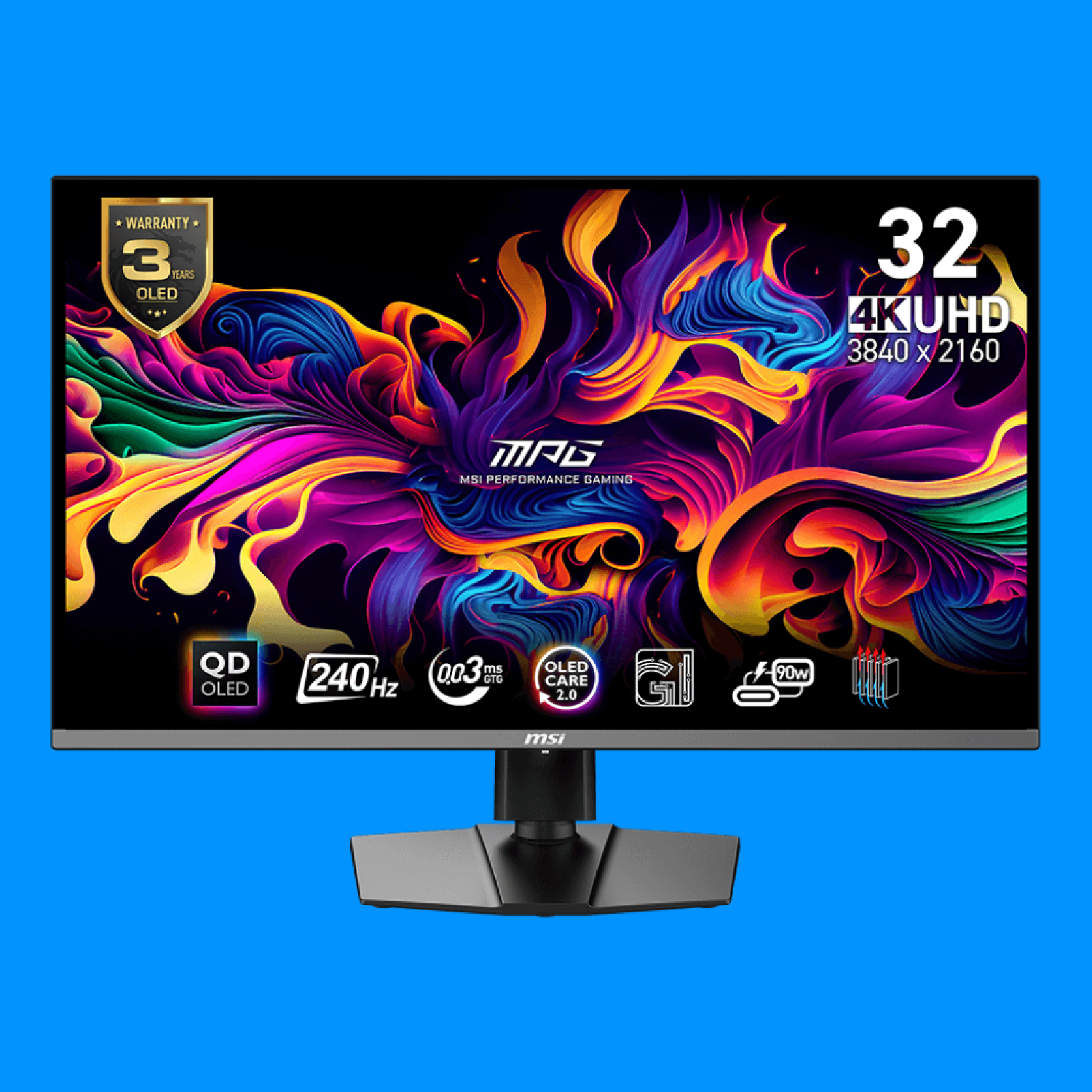
The best overall
This MSI 4K display is the best overall gaming monitor we've ever tested. It's a beautiful, sumptuous OLED panel, for much less than its OLED competition. Still pricey though, we'll grant you.
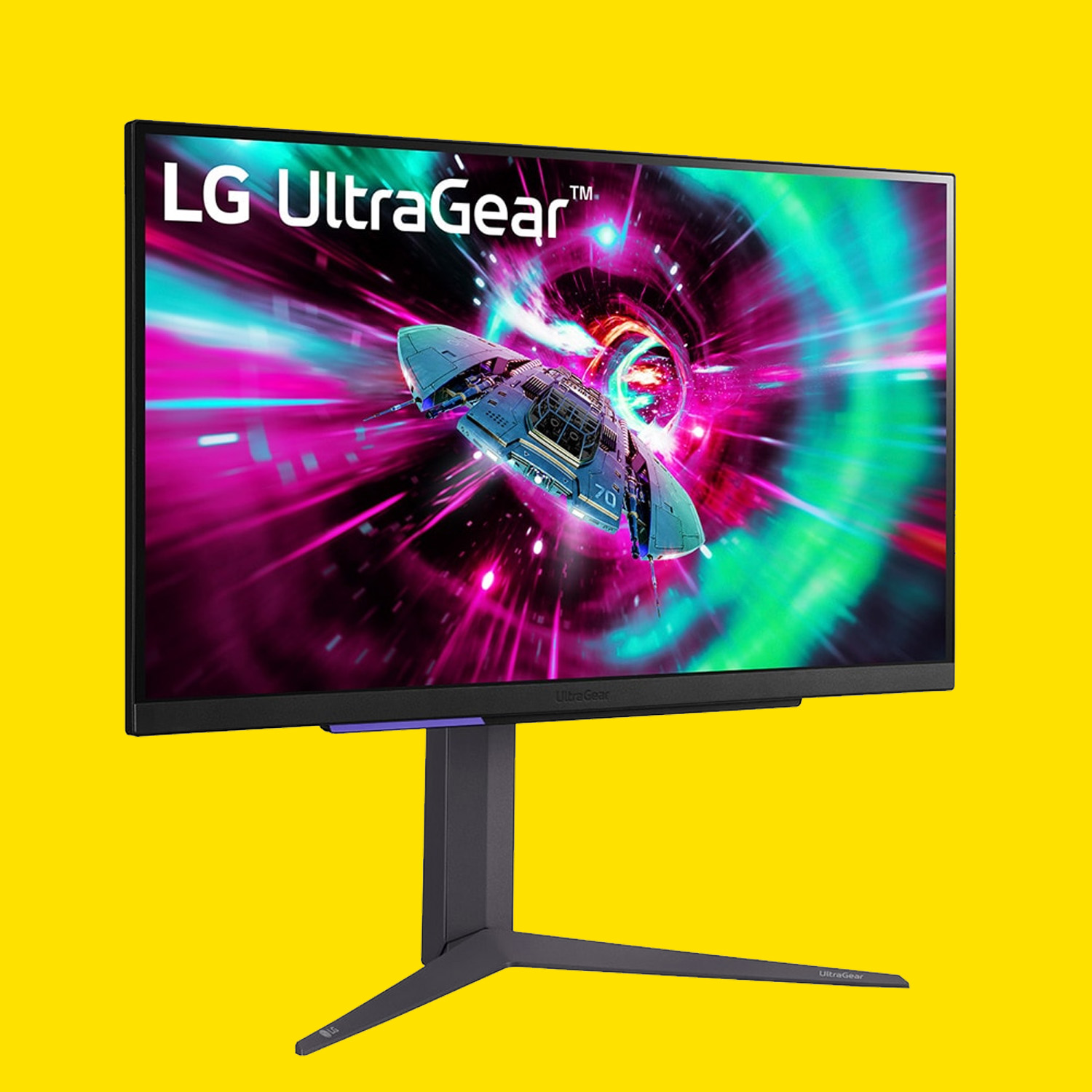
The best 4K
The LG UltraGear 27GR93U is LG's IPS tech at its best. It's absolutely gorgeous with colors that are accurately calibrated. With key gaming quotas reached for refresh rate and response time, it's the best in show for a standard 4K panel.

The best budget 4K
Gigabyte's more affordable 4K monitors go down a treat with us. They're fast and bright where it counts, and they offer USB hubs despite their good value. The stands are a bit basic, but we'll take it.
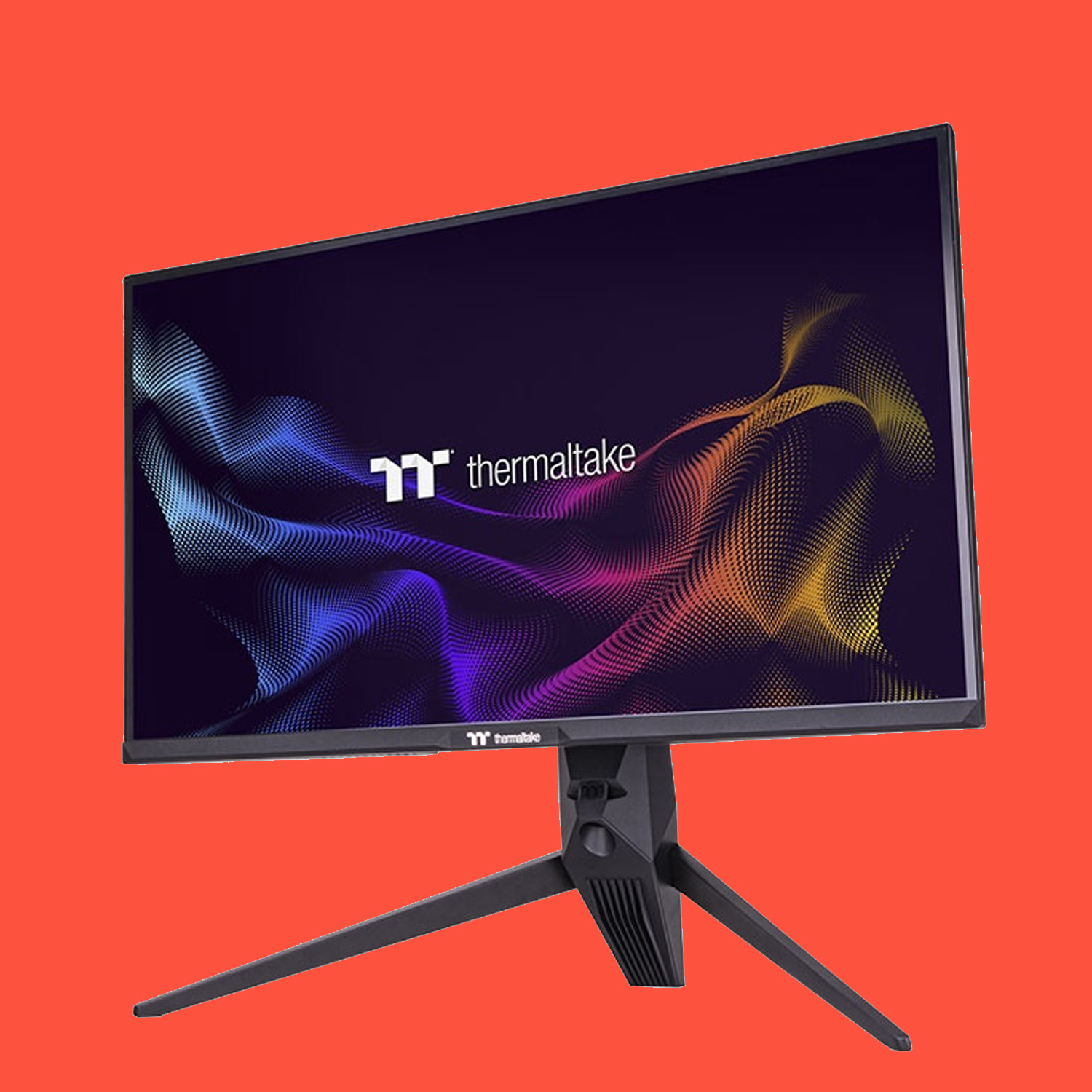
The best 1440p
Thermaltake has stormed out the gate with its first gaming monitor; it's a zinger. A 27-inch IPS panel with a 165 Hz refresh rate and 1 ms response—standard, yes, but it's really good-looking.
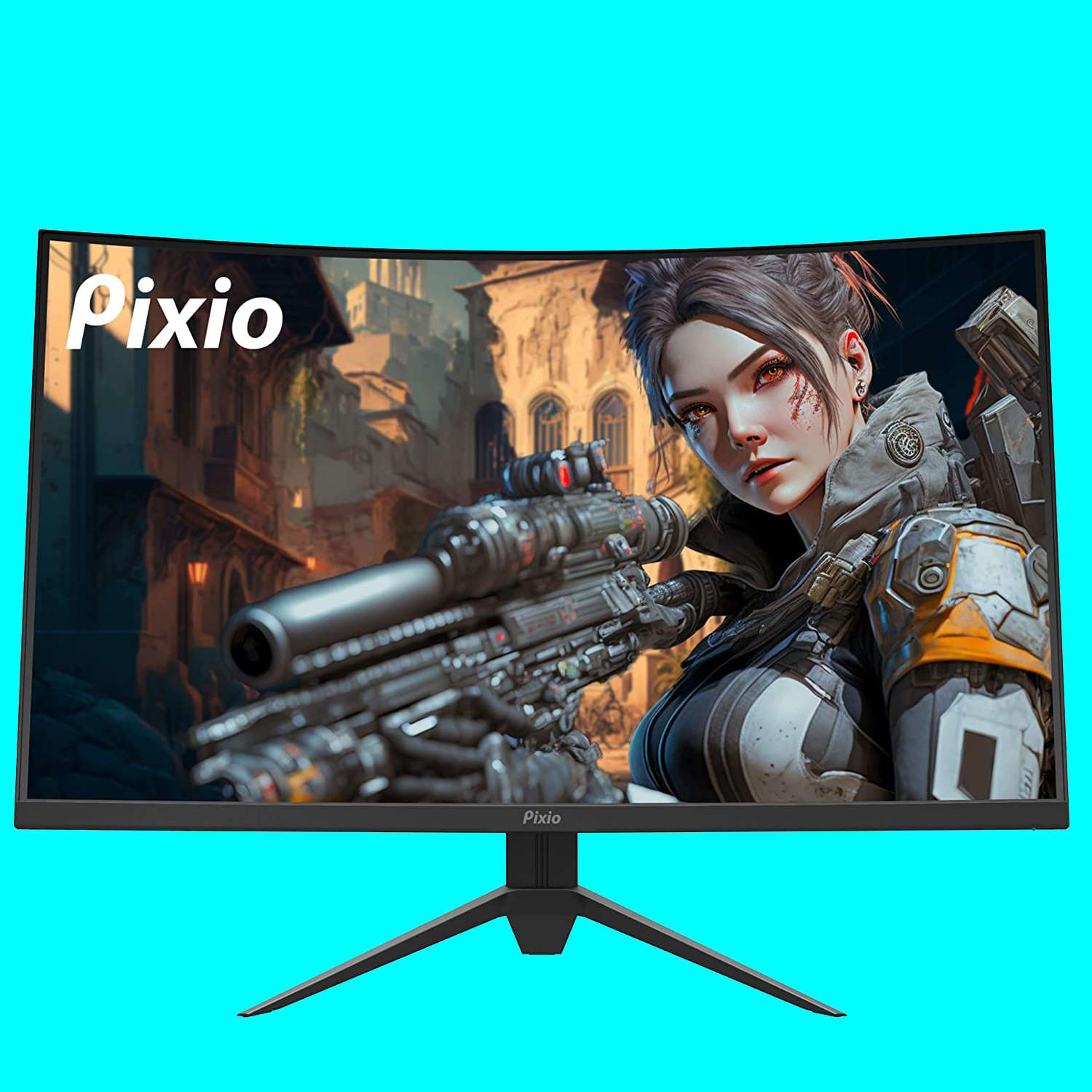
The best budget 1440p
The PXC277 doesn't look like a bargain basement item it might have done. At this price point, we were willing to make a few excuses, but that's not actually necessary. This monitor delivers: The Pixio PXC277 Advanced does almost everything pretty darned well.
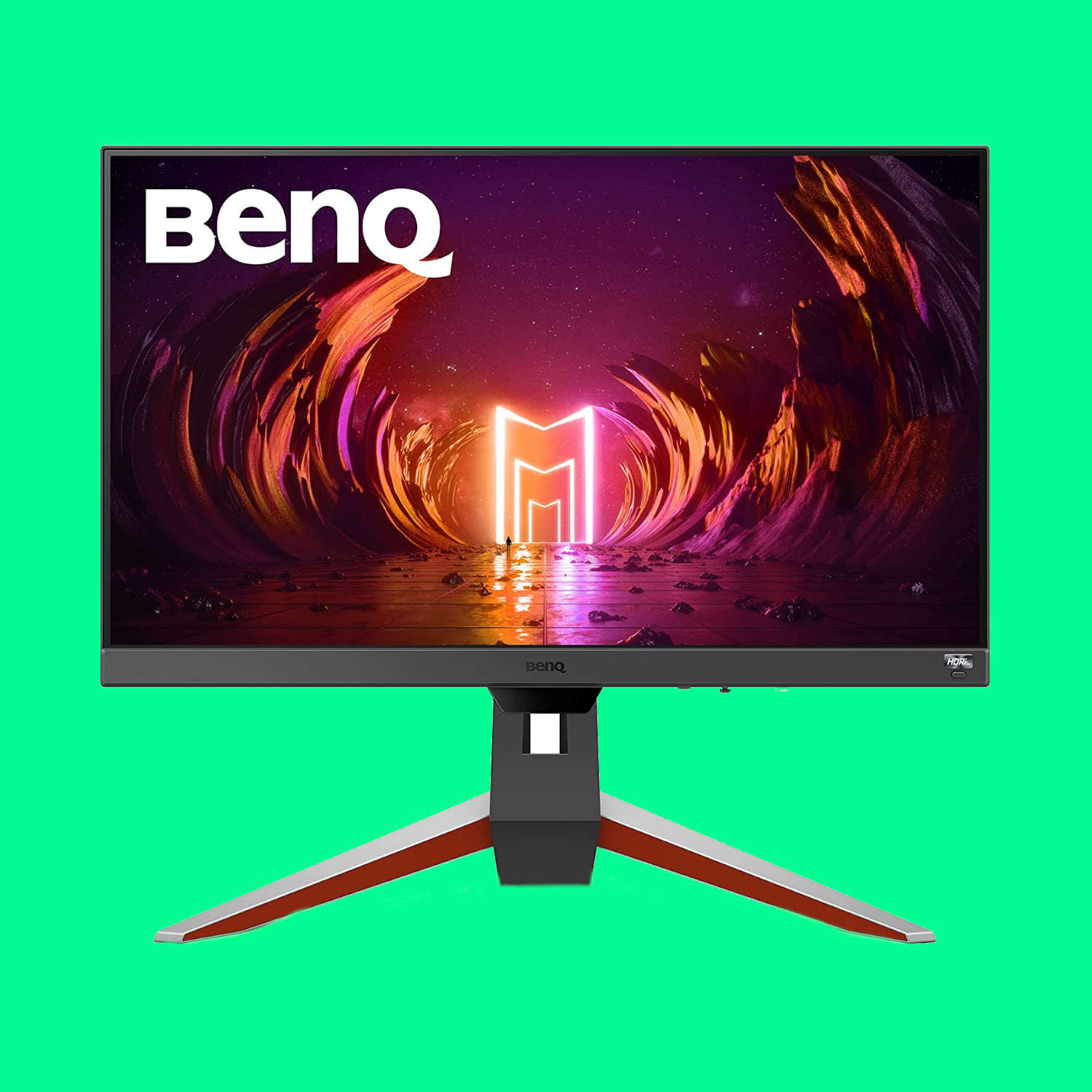
The best budget 1080p
Strictly not to be confused with the Mobiuz EX240N—and that's very important because it's a far worse monitor—this 1080p IPS display is a proper 165 Hz gaming monitor that ticks all the boxes for mainstream PC gaming.
⬇️ Click to load more of the best gaming monitors ⬇️
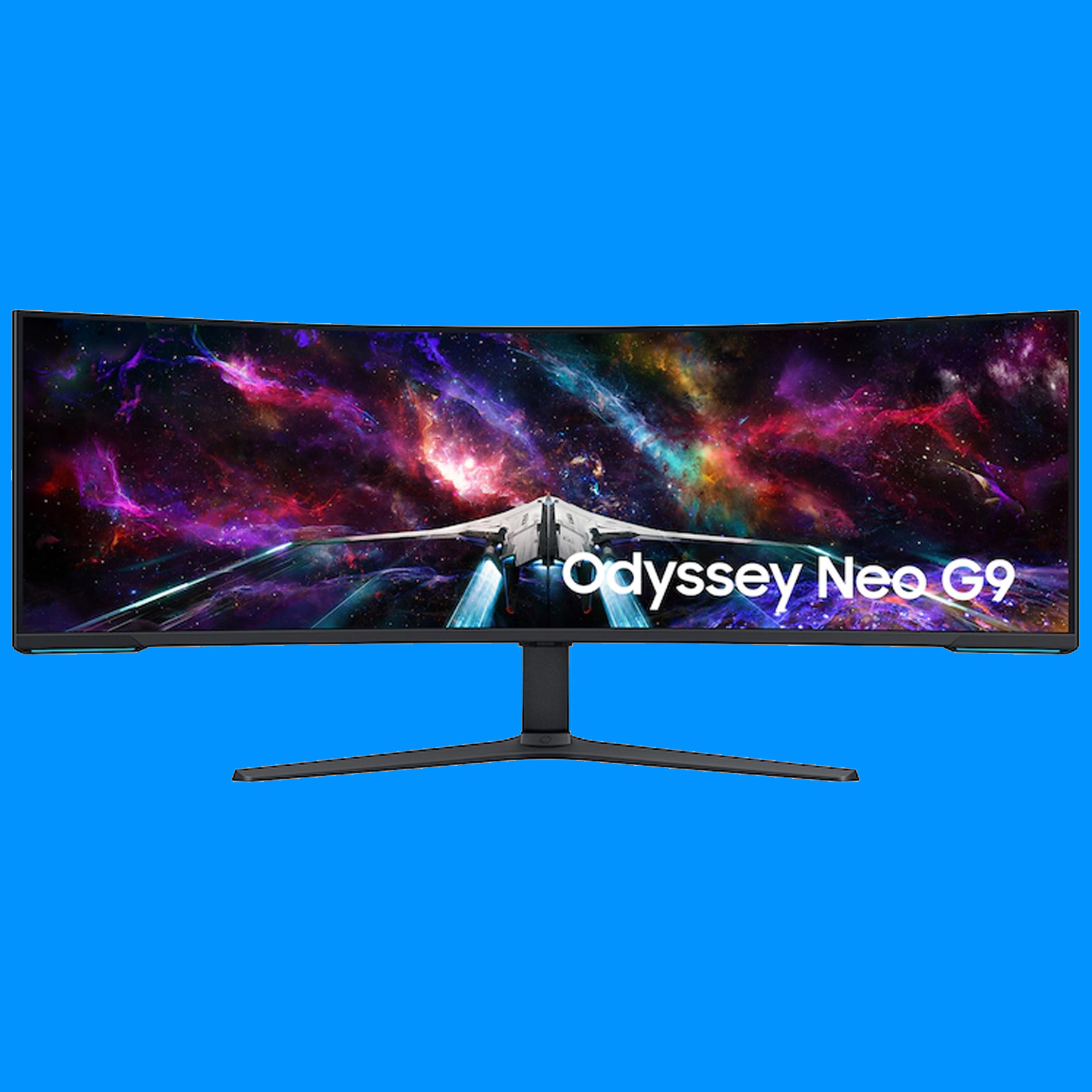
The best ultrawide
This dual-4K monster does things no other gaming display can. Admittedly, the mini-LED technology can't match OLED for lighting precision and panel response. And it costs an enormous pile of money. But this is still the most spectacular gaming experience currently available.
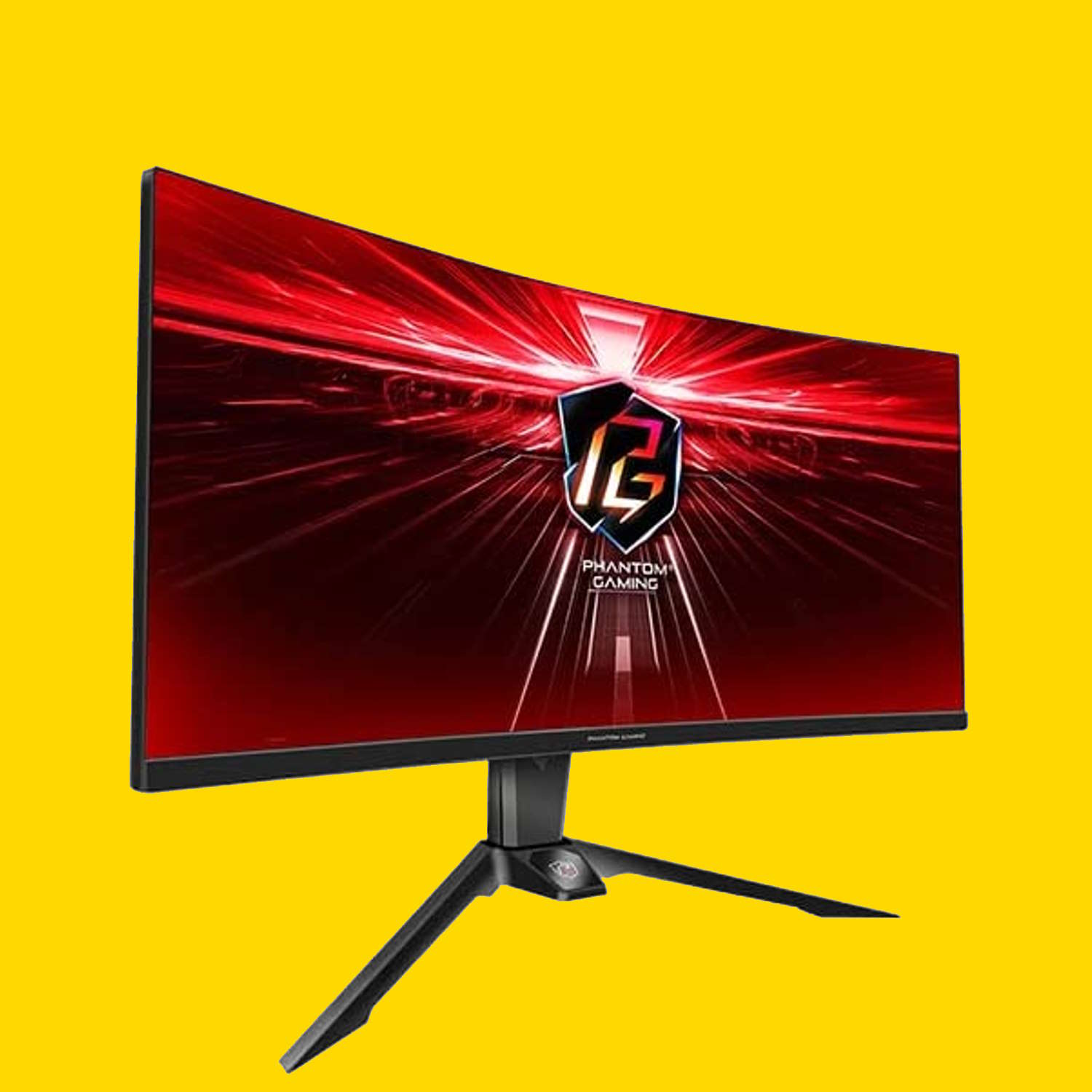
The best budget ultrawide
A contrasty VA panel, plenty of backlight punch provided you run the screen in HDR mode (where SDR content looks better anyway), reasonable pixel response, and high enough refresh for most gamer's purposes. That you can have all this for $370 is fantastic.
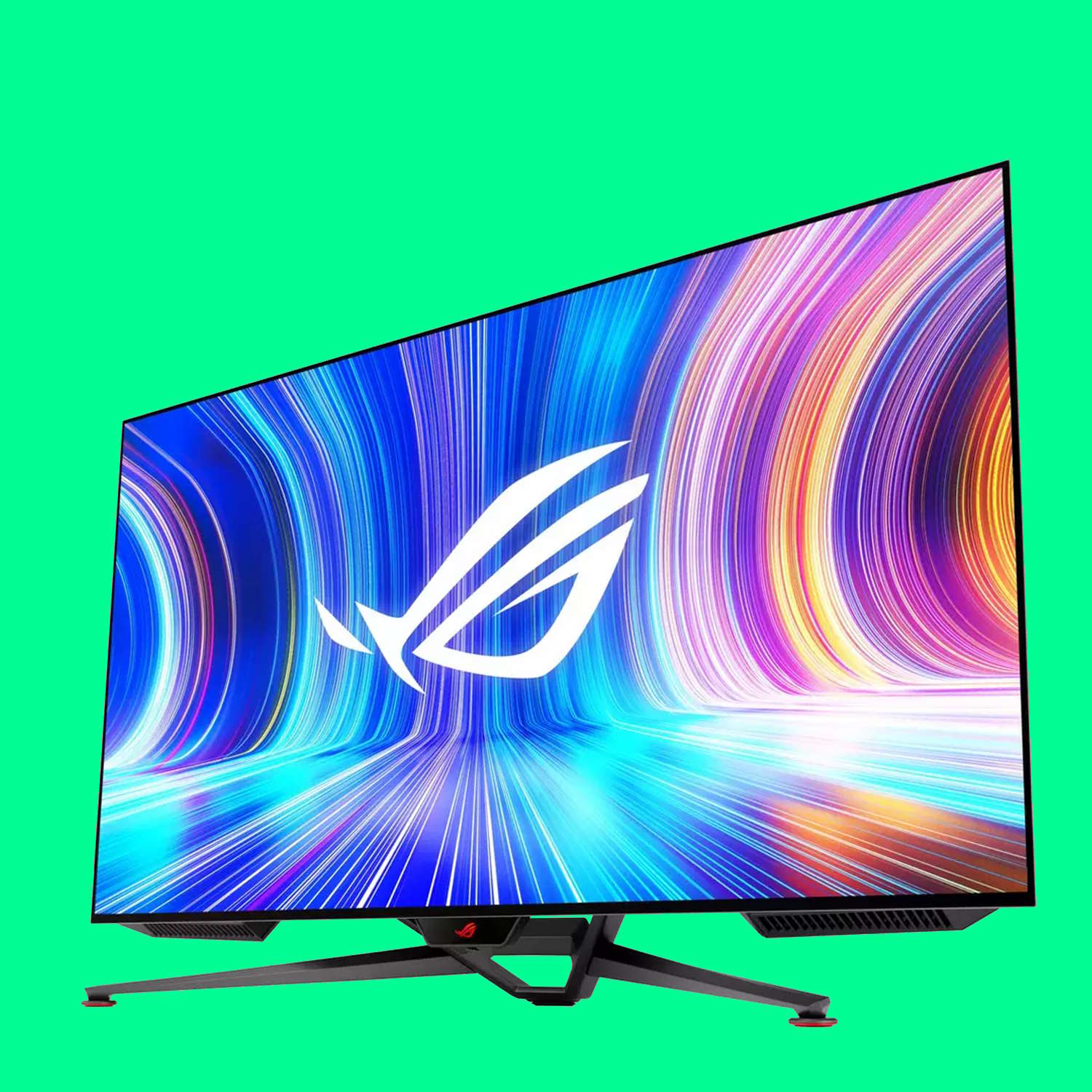
The best 42-inch
The ROG Swift brings all the best parts of the LG C2 into the gaming space, improving it in a host of ways that gamers will be better pleased with. Sure the adjustments are limited, but the PG42UQ is a gamer's bestie where it matters and another champion for the OLED cause.
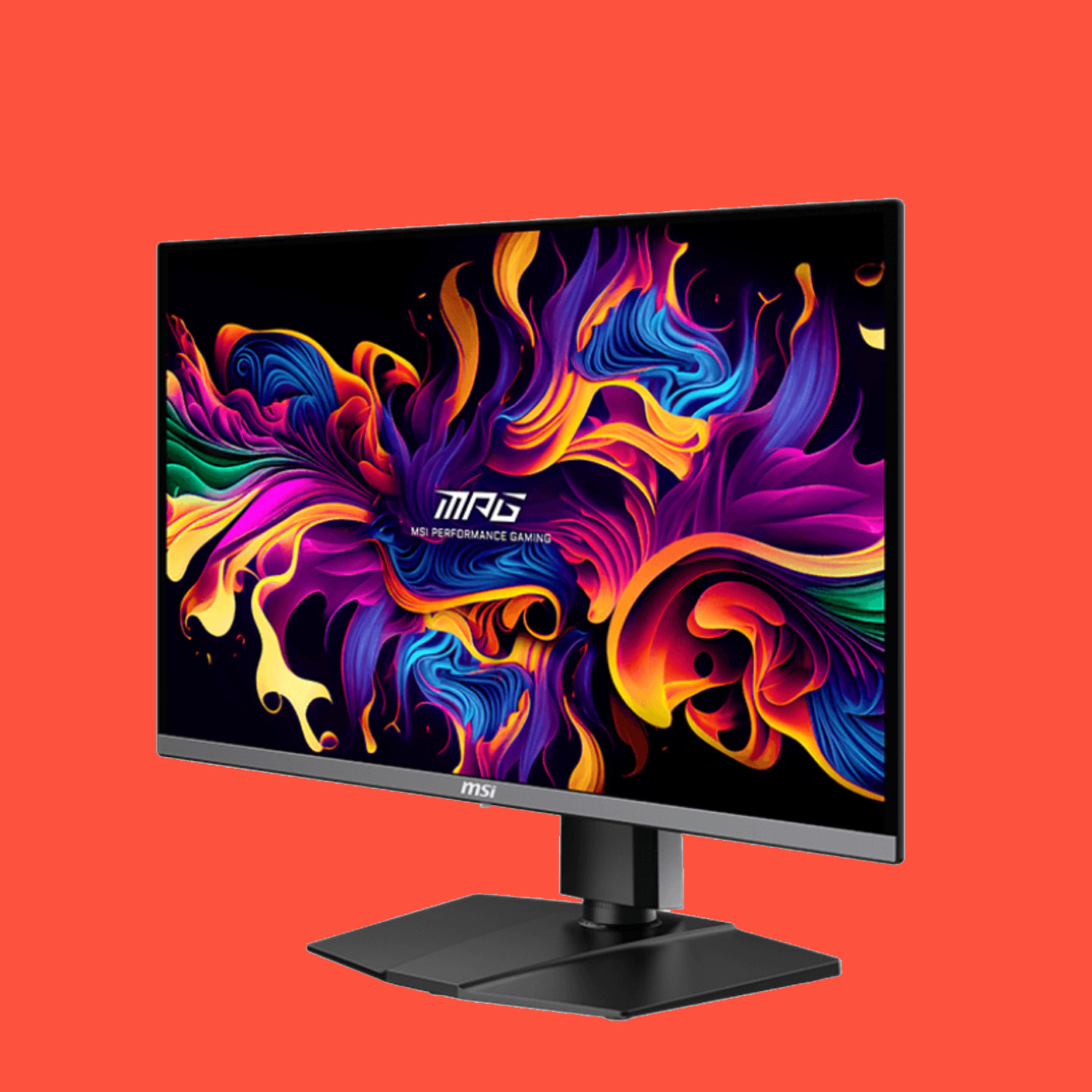
The best 1440p OLED
If you prefer a smaller resolution and a higher refresh rate, this is the OLED gaming monitor for you. It's the ultimate 1440p monitor, but it's so expensive it disqualifies itself from contention for most gamers.
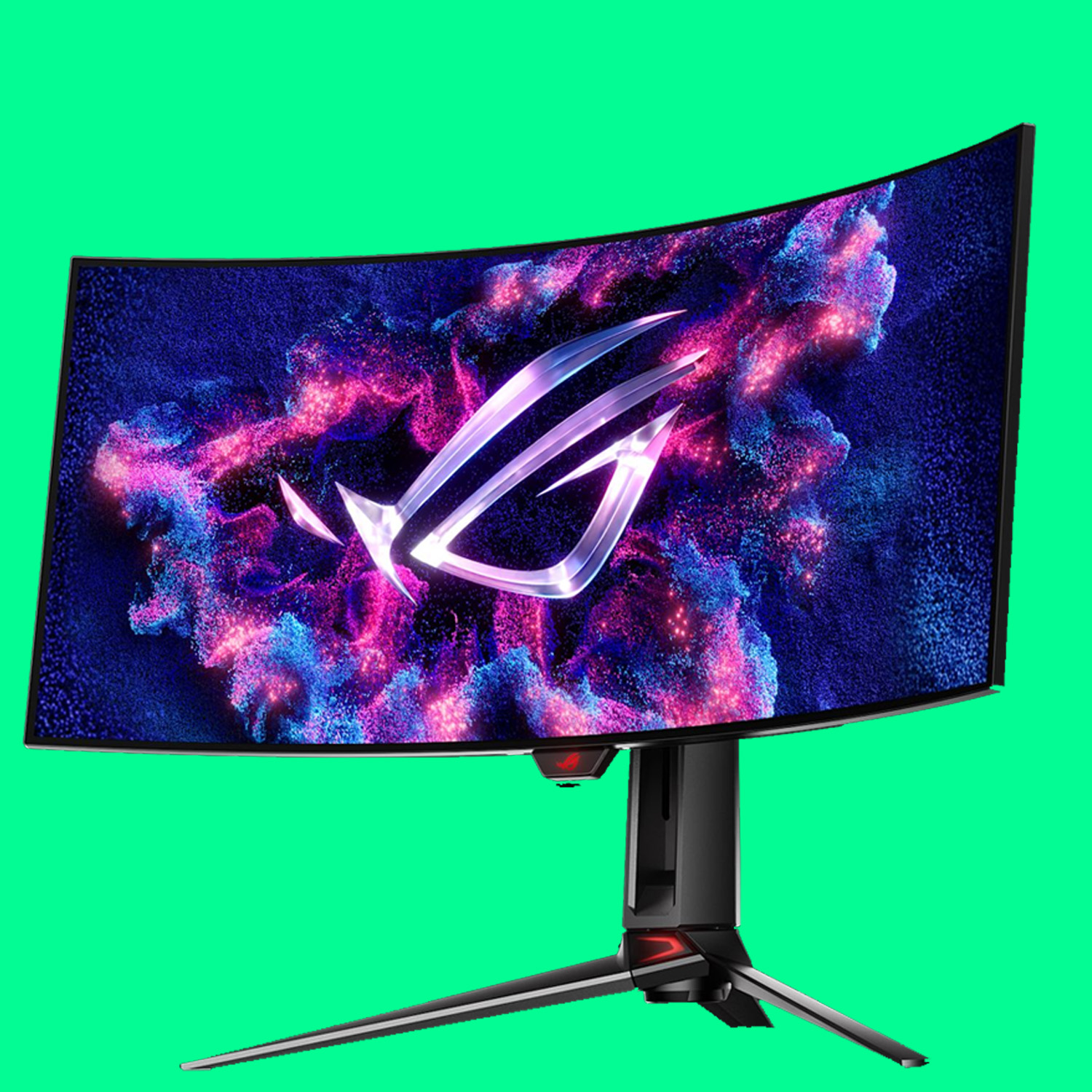
The best OLED ultrawide
With superb image quality, excellent text handling and a super-fast 240 Hz refresh rate, there's very little not to like about this stunning OLED display. Oh, apart from the price.

The best budget OLED ultrawide
Alienware has created one of the best ultrawide gaming monitors and changed the perception of OLED screens for gaming. This is the cheaper version of Alienware's OLED and the better, glossy version.

The best high-end OLED
LG has turned the tables on Samsung with its latest WOLED panel technology. Brighter than before and combined here with glorious 4K pixel density and image sharpness, it elbows Samsung QD-OLED tech aside and slots in as the best money can currently buy. But boy, oh, boy, that price!
Recent updates
Updated October 23, 2024 to check that all of our recommendations are up-to-date and include our most recent monitor reviews. We've even done a bit of spring cleaning to fix a few greebles even though it's not spring.
Best gaming monitor

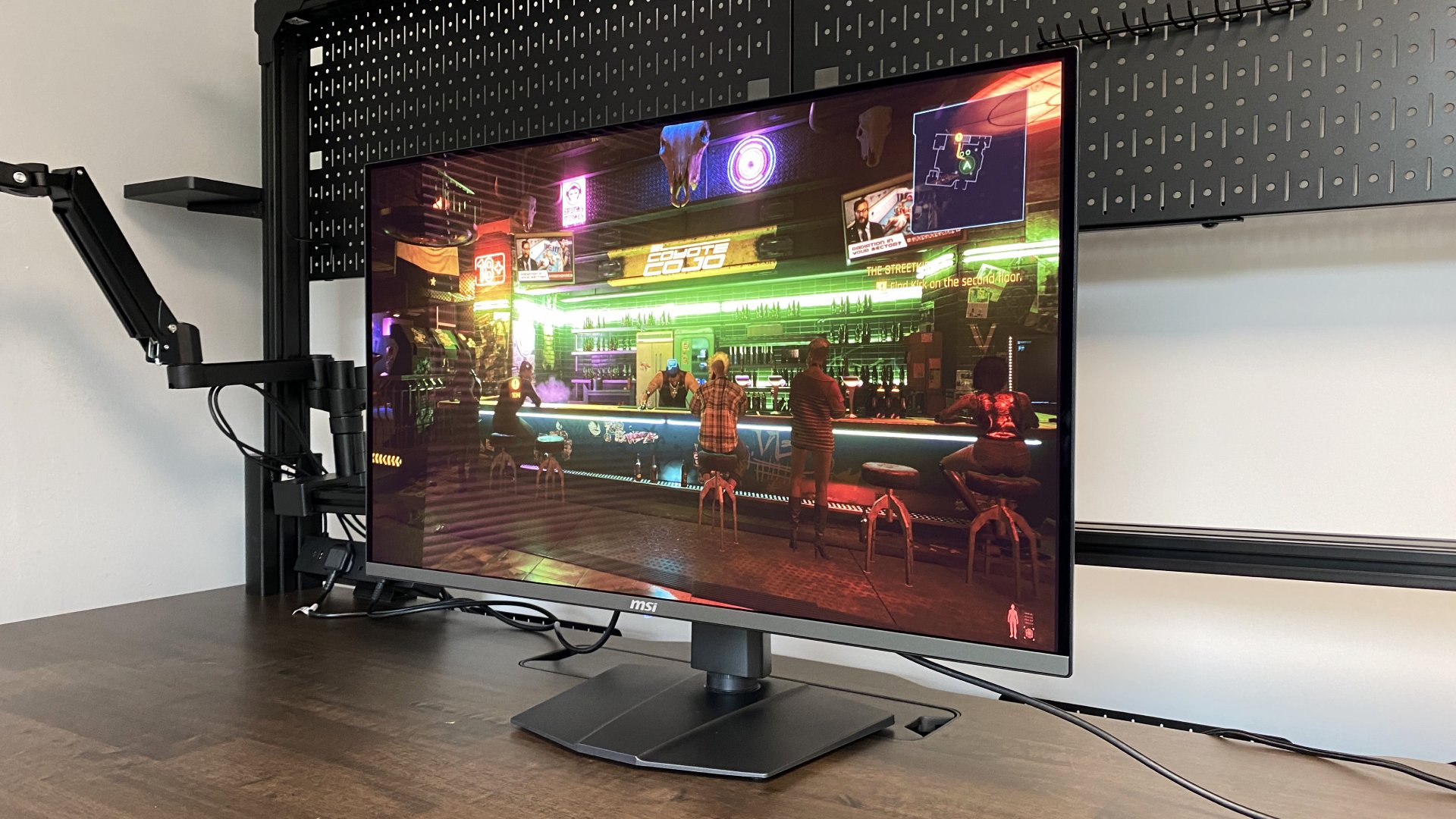
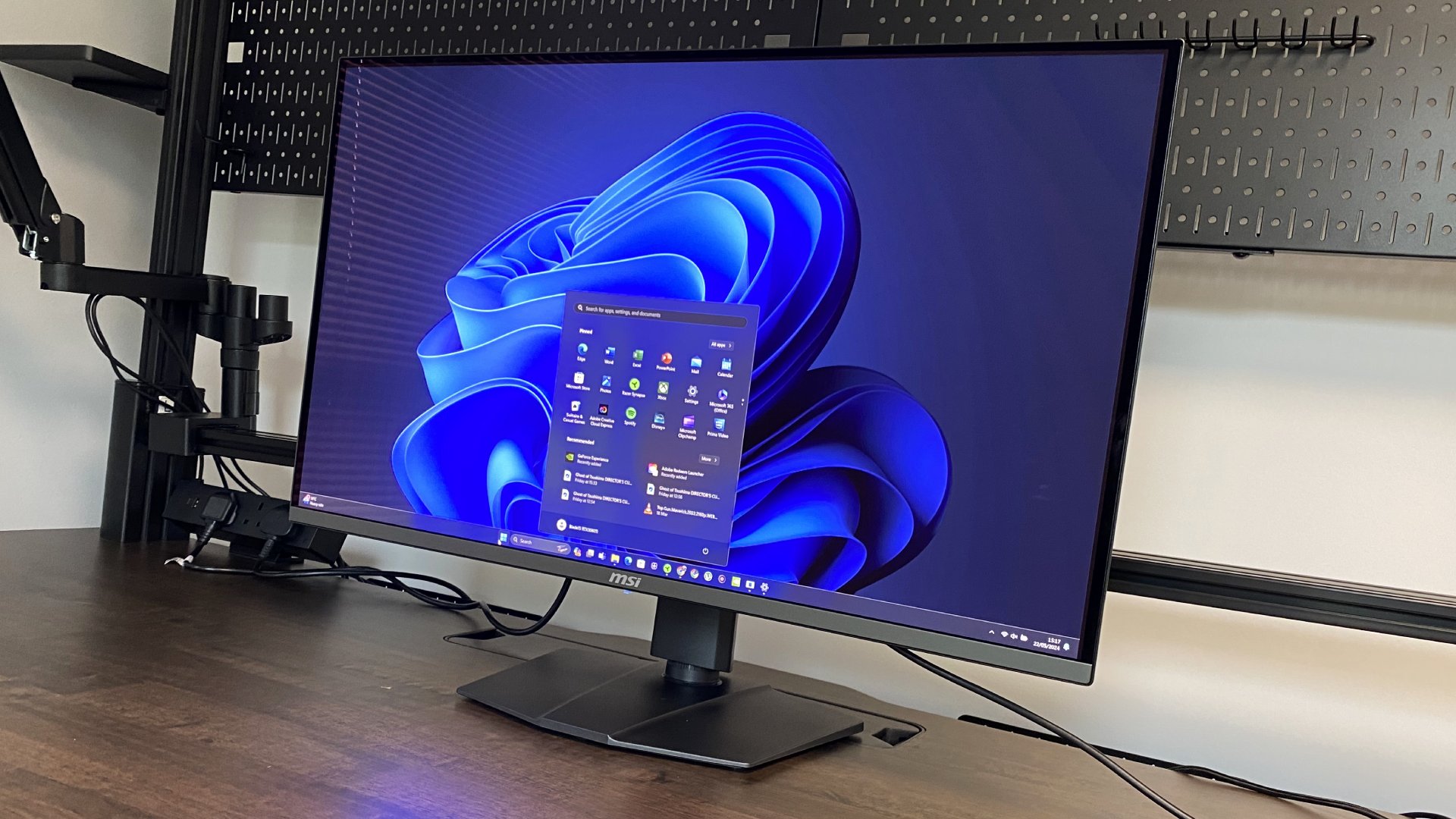

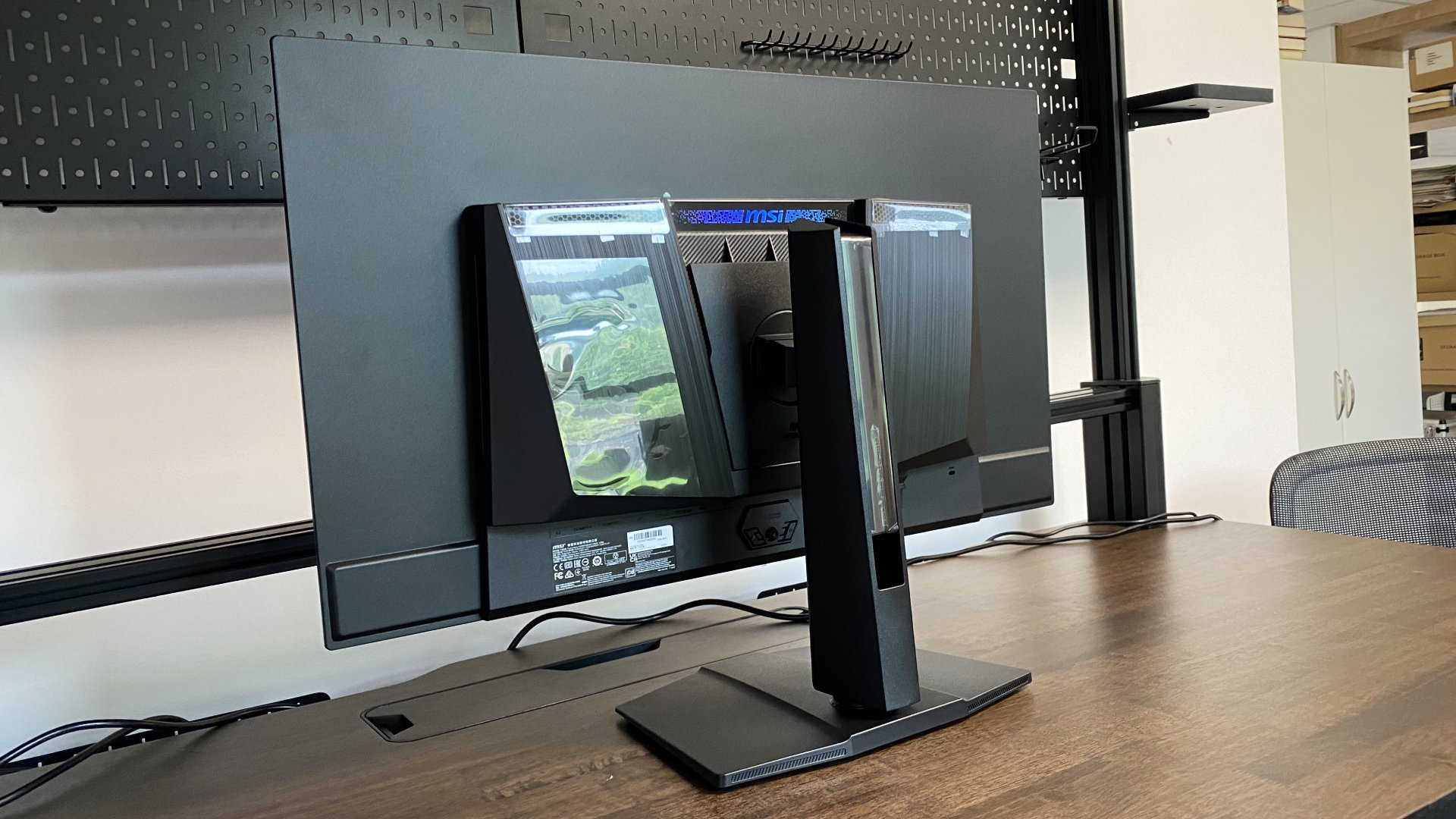
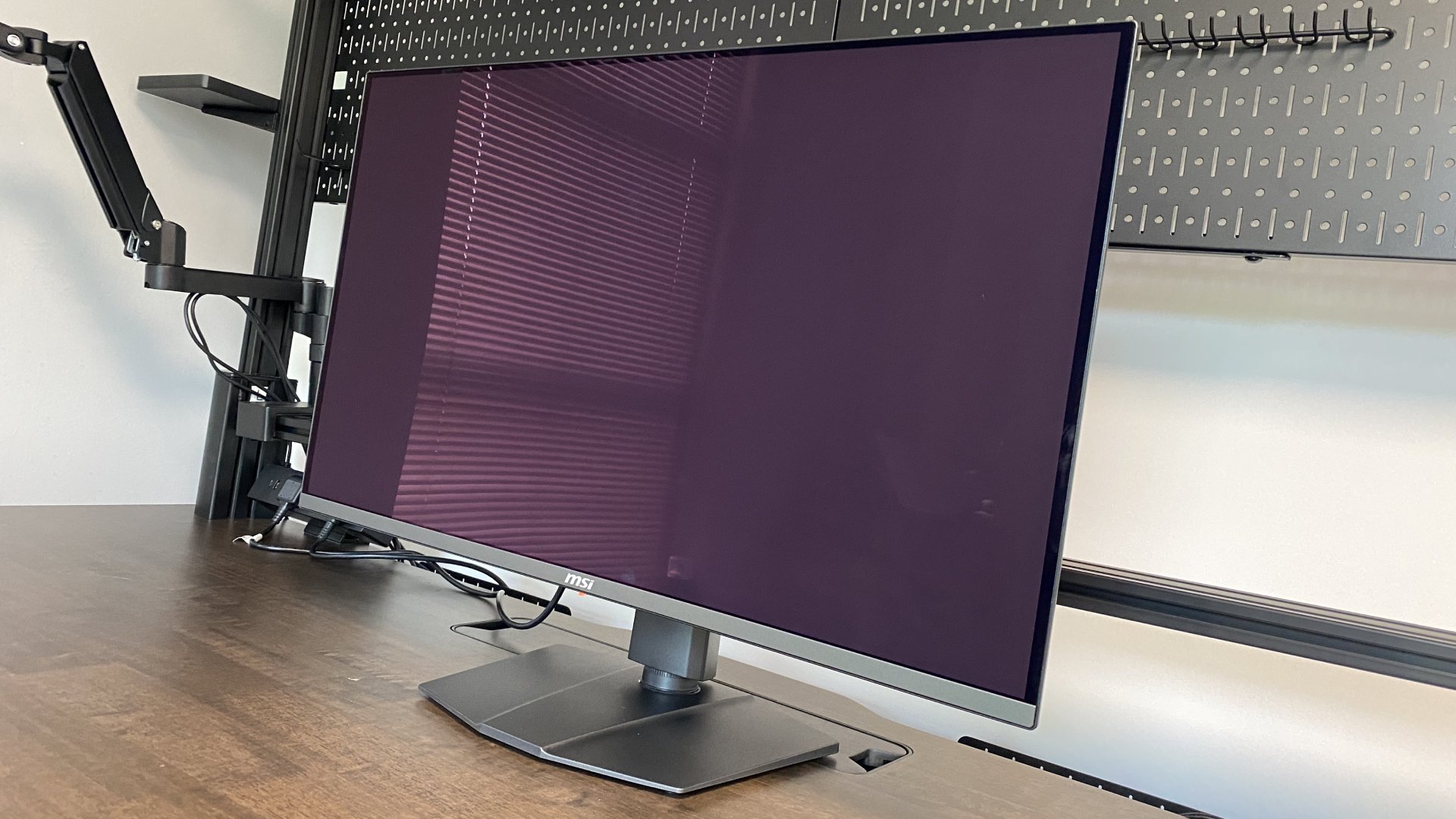
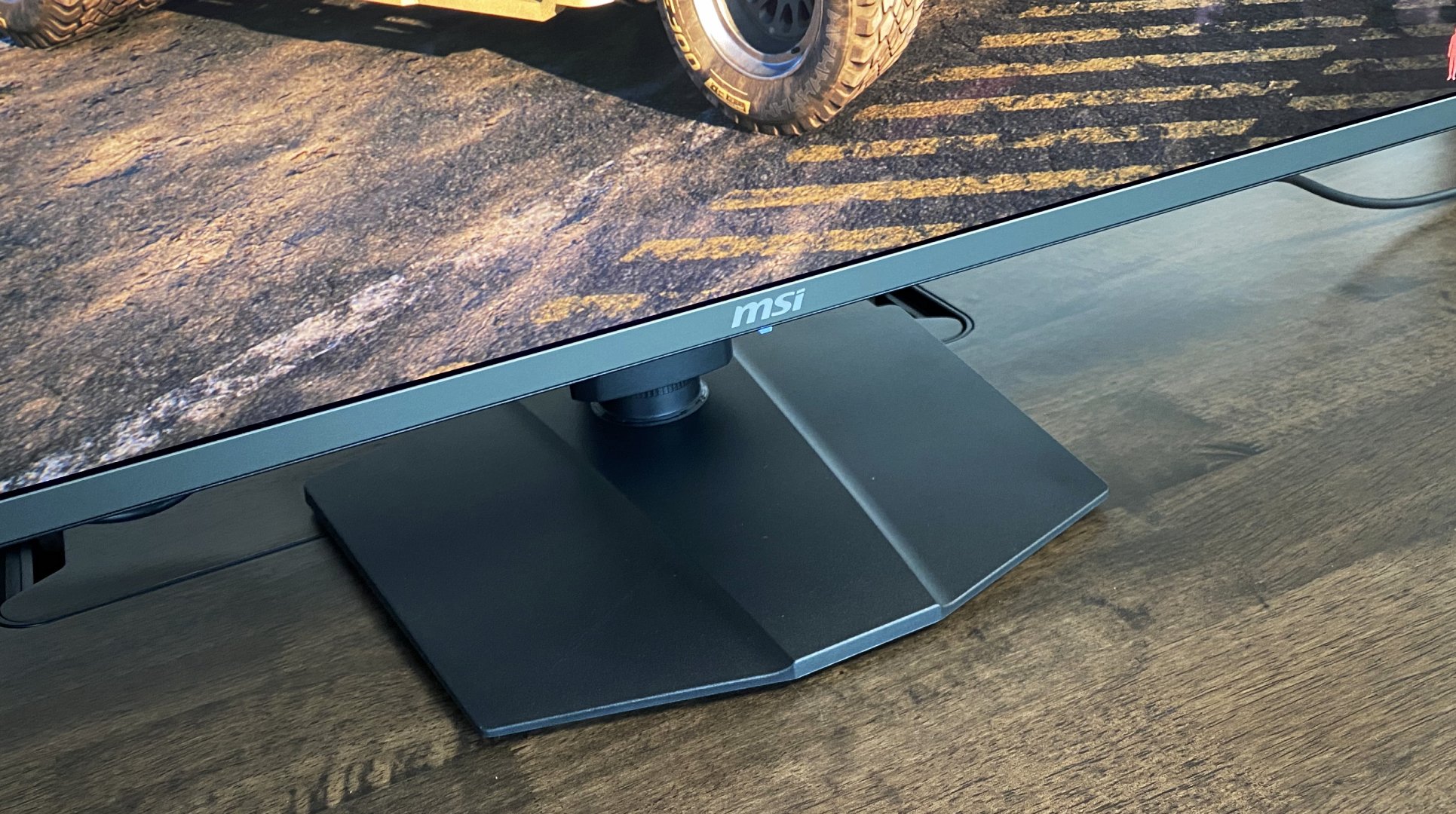
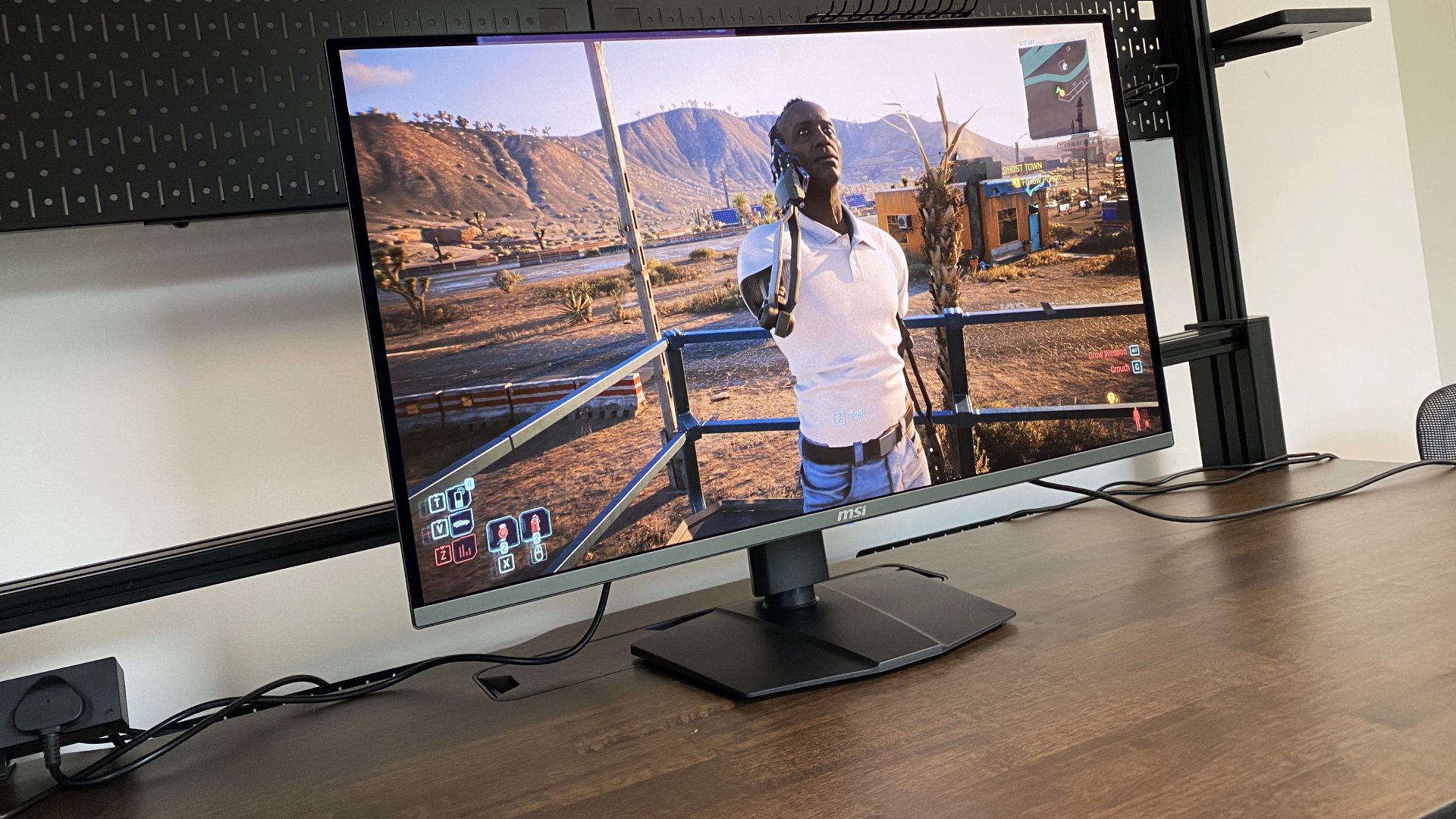
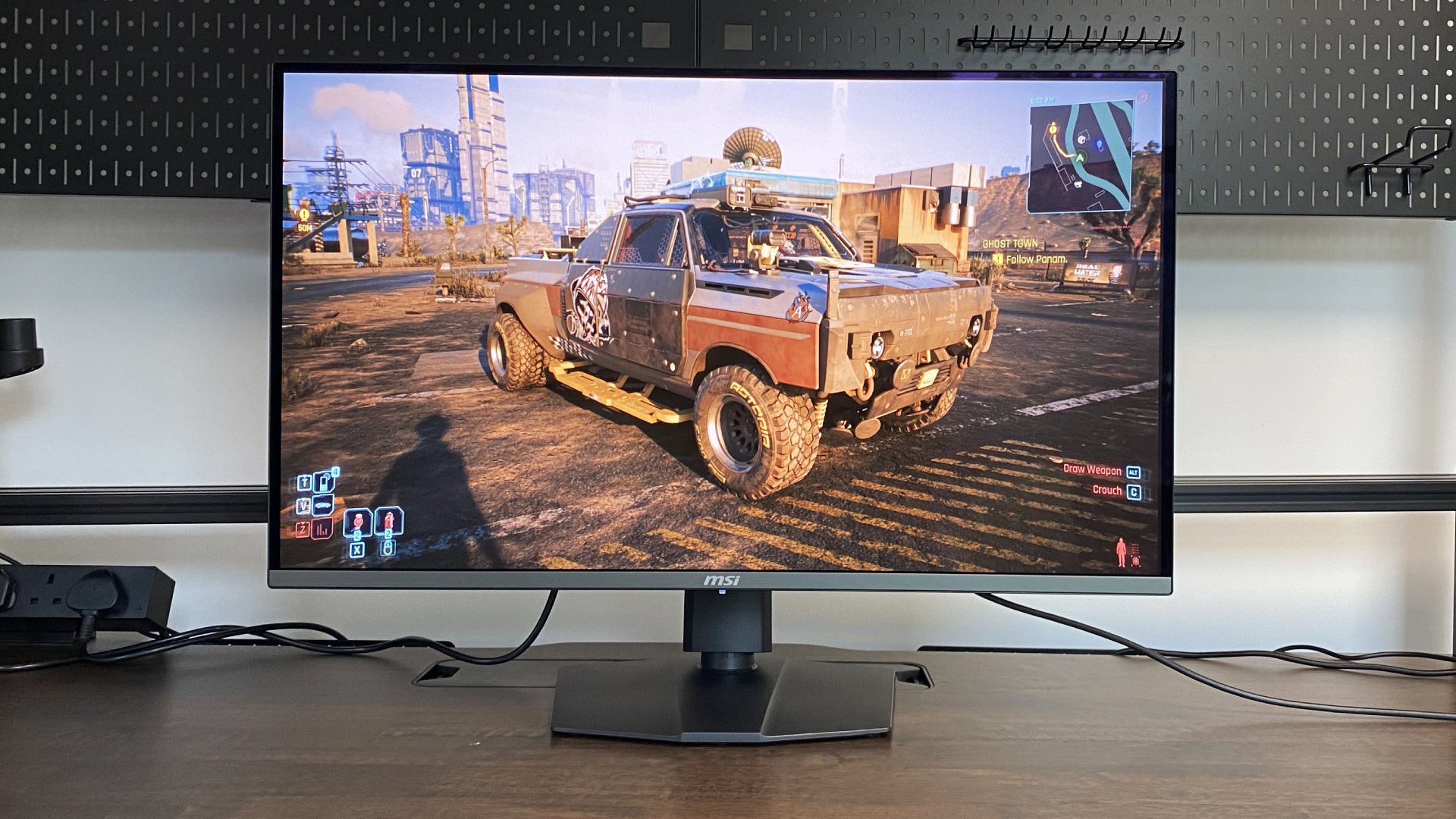
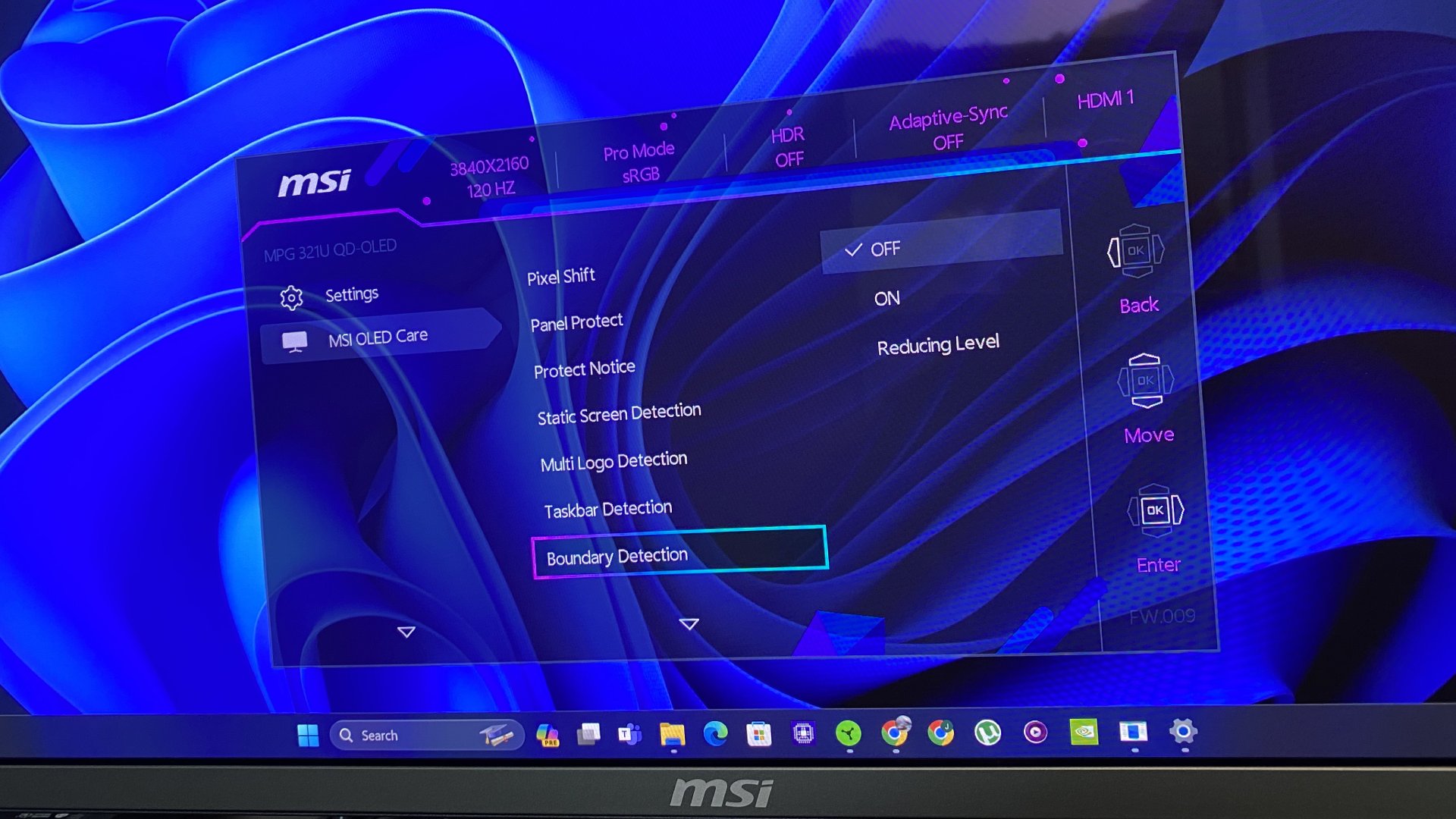
Specifications
Reasons to buy
Reasons to avoid
✅ You want a brilliant OLED panel, but cheaper: The same great panel as some of the best OLEDs we've tested, but for less. Yep, that'll do.
❌ You're on a budget: It might be cheaper than the competition, but it's still not exactly, well, cheap. OLEDs still
come with a hefty price tag, and as a result, you might be better off looking at less expensive options below.
When it comes to the best gaming monitor, we're finally in a place where we can recommend OLED displays. They've been the best for a while now, but the price has often been a hold back, despite the incredible benefits of the tech. The MSI MPG 321URX is simply the best gaming monitor you can buy right now, by virtue of the fact that it uses the same panel as some of our OLED favorites, but comes in a lot cheaper.
Being an OLED, it's got response times that make other monitors blush. With a 240 Hz refresh rate and a stated 0.03ms response time, it's about as speedy as you'll get without opting for an esports-focused mega-refresh rate display, and most of those focus on 1080p resolution. Here, you get the full 4K shebang.
And what a panel. The color reproduction is sumptuous, thanks to an excellent glossy coating and all that OLED goodness, and the blacks are great, too. QD-OLED displays can look a little grey under lots of ambient light, but it's not as big an issue here as we've seen on other monitors of this type.
Of course, being an OLED display there's always burn-in to worry about, but the MSI does its darndest to mitigate that with plenty of built-in tech, and a three year burn-in warranty that should take some of the anxiety out of the equation.
The DisplayHDR 400 mode is plenty punchy, while the 1,000 nit HDR mode is better for highlights. It's a bit of a pain to switch between them, but then HDR is still a mess on Windows, unfortunately.
Design-wise, it's nothing particularly special, but then it's not a bad-looking chassis either. MSI has kept the cost down in certain regards, it's true, but really what you care about here is that fantastic panel, for a reasonable price.
What you end up with is a 32-inch 4K OLED monitor that can often be found for $899 or less. That's in stark contrast to its 32-inch OLED competition, which normally ranges around the $1,100 to $1,300 mark. And really, when you factor in what you're getting here and the substantial costs of OLED technology as a whole, that makes it a bit of a bargain.
All things being relative, of course. But this is a staggeringly good display that undercuts its rivals significantly, and as a result, it's the best gaming monitor you can buy right now. It can be a little difficult to get hold of as a result, but if you manage to snag one of these, you're getting all the benefits of the tech for less.
If you still want OLED fun but don't need the 4K resolution, the MSI MPG 271QRX is well worth a look, or if you want something more budget, then the IPS Gigabyte M28U is our top pick. Still, the MSI MPG 321URX is an OLED display at prices that just about start to make sense, and as a result, it's the one to beat.
Read our full MSI MPG 321URX QD-OLED review.
Best 4K gaming monitor
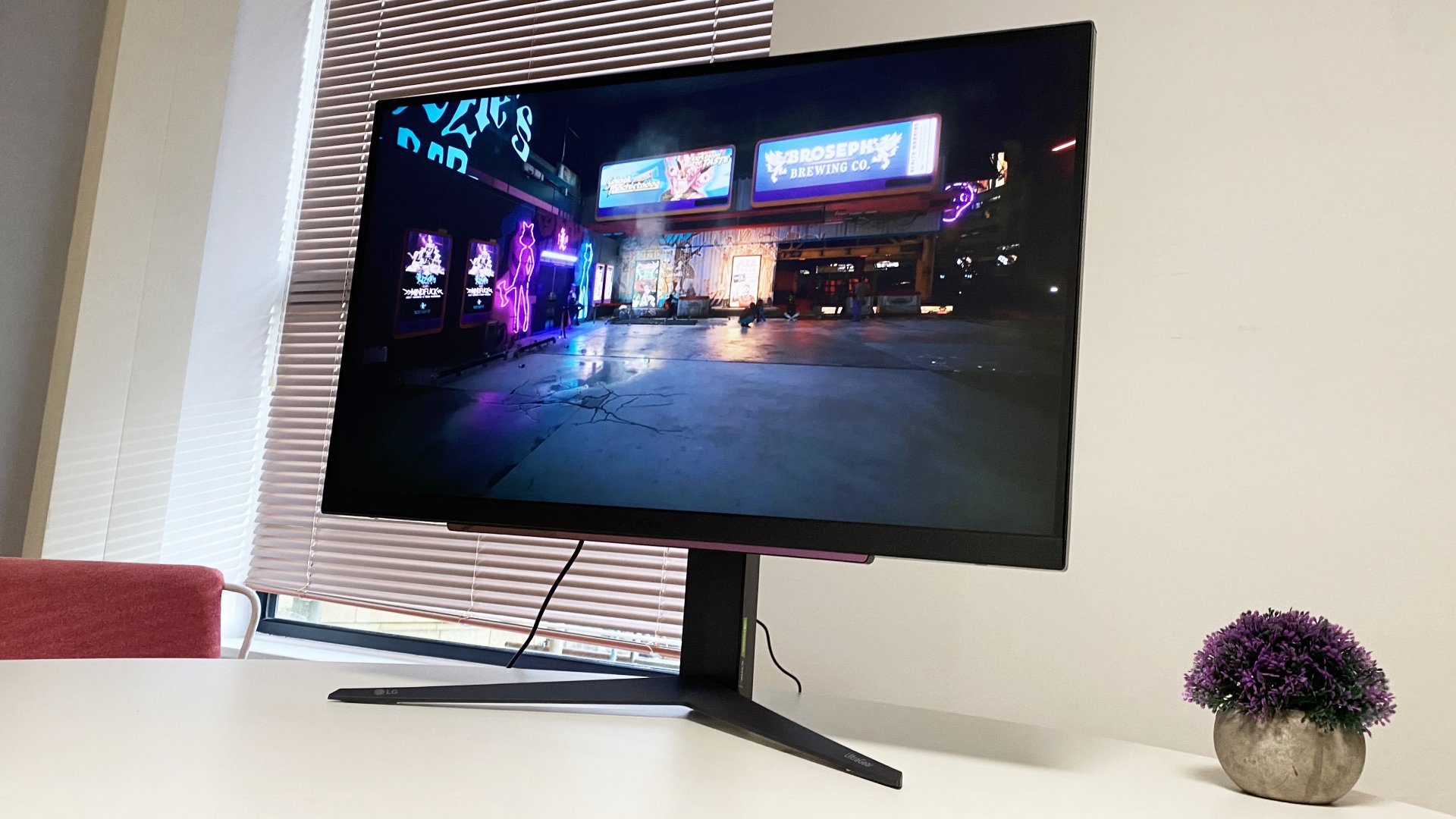
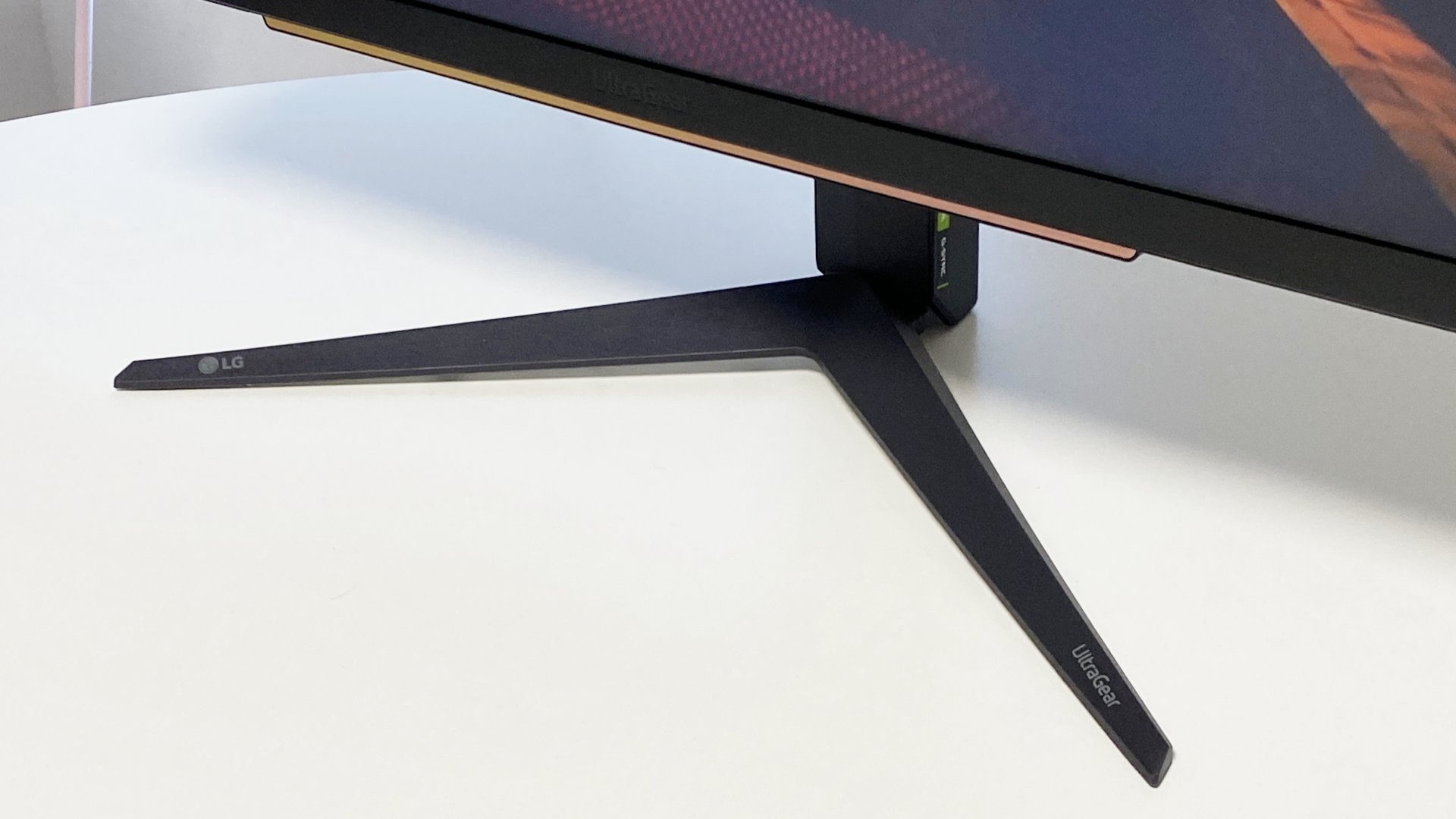
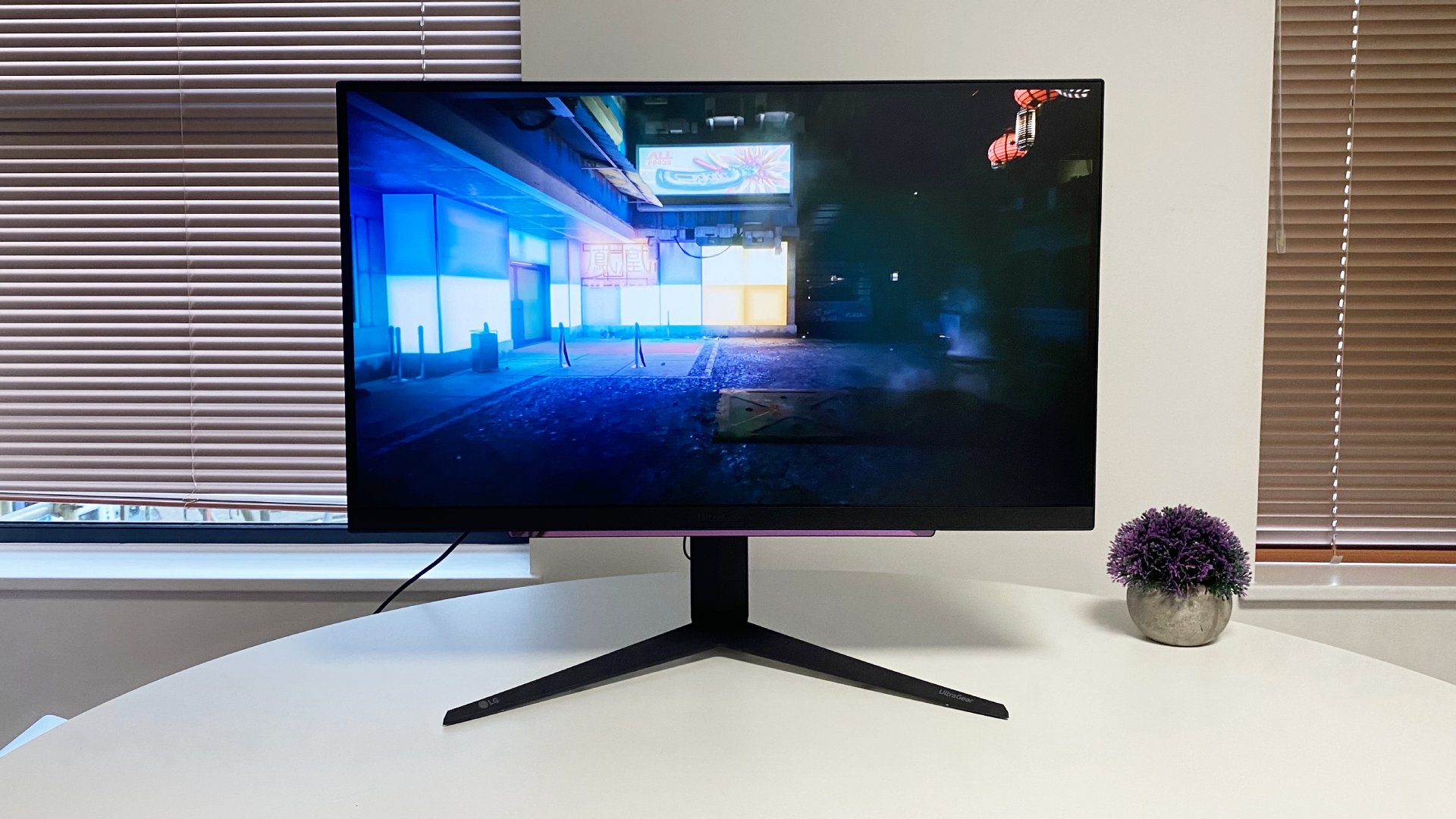
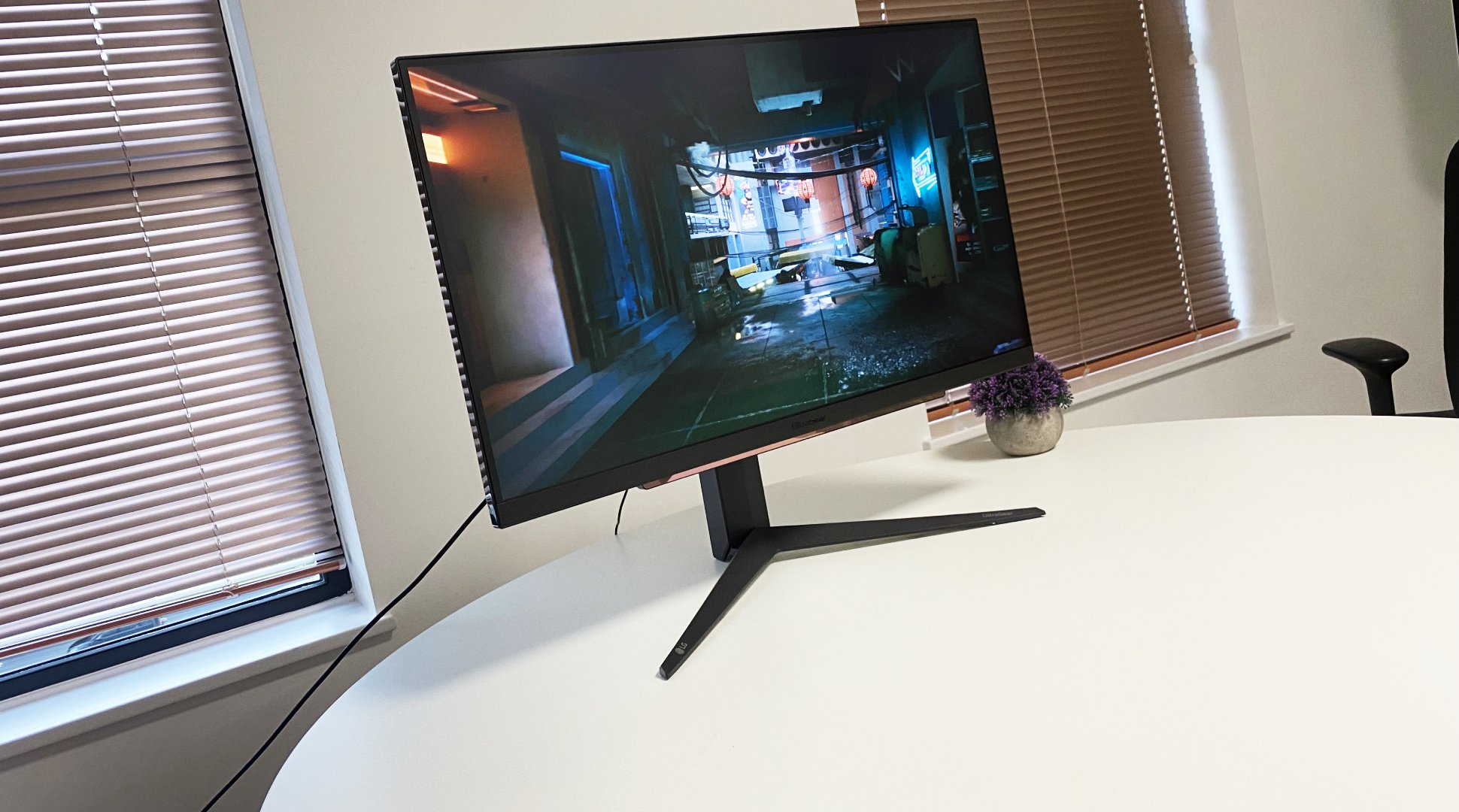
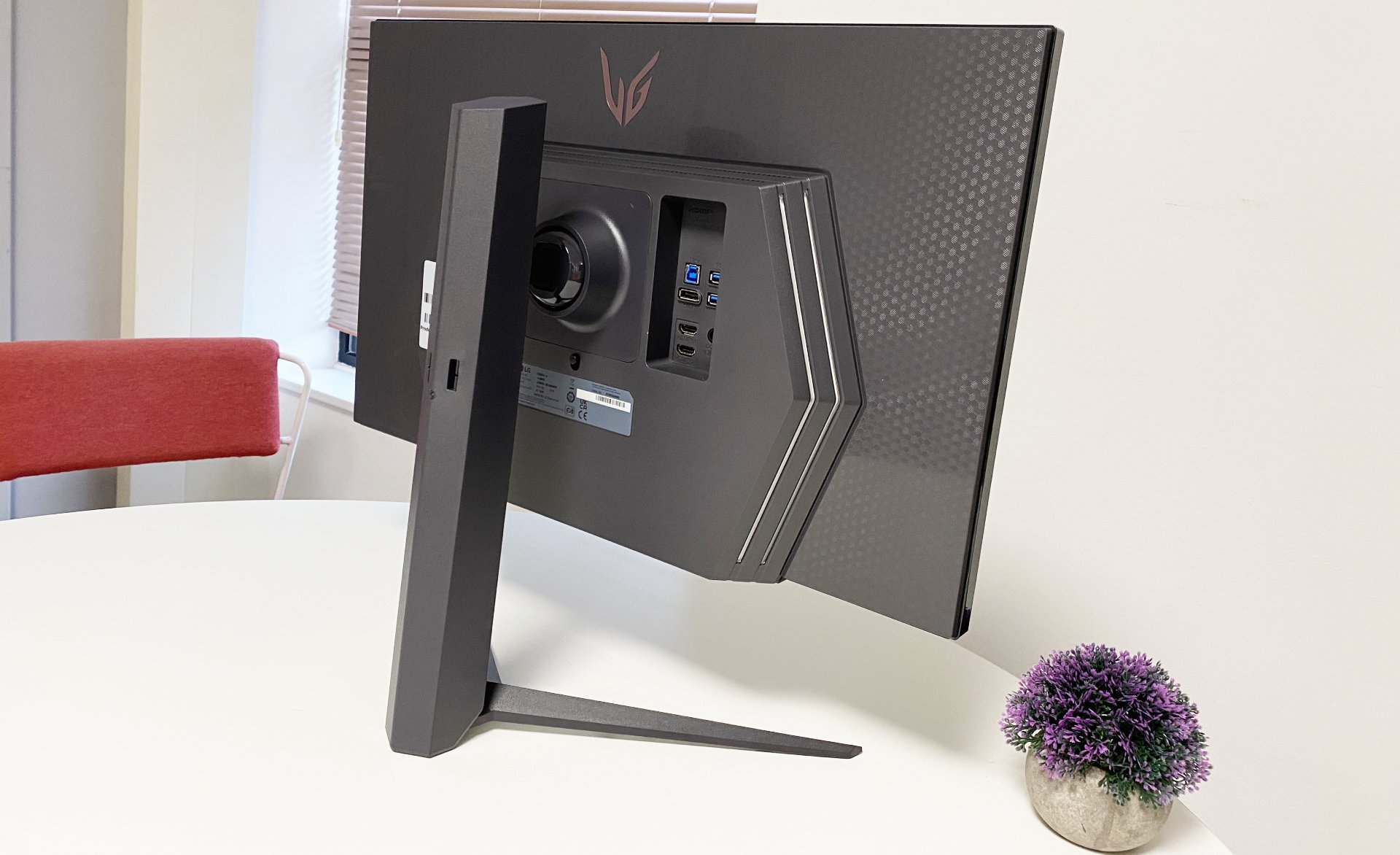
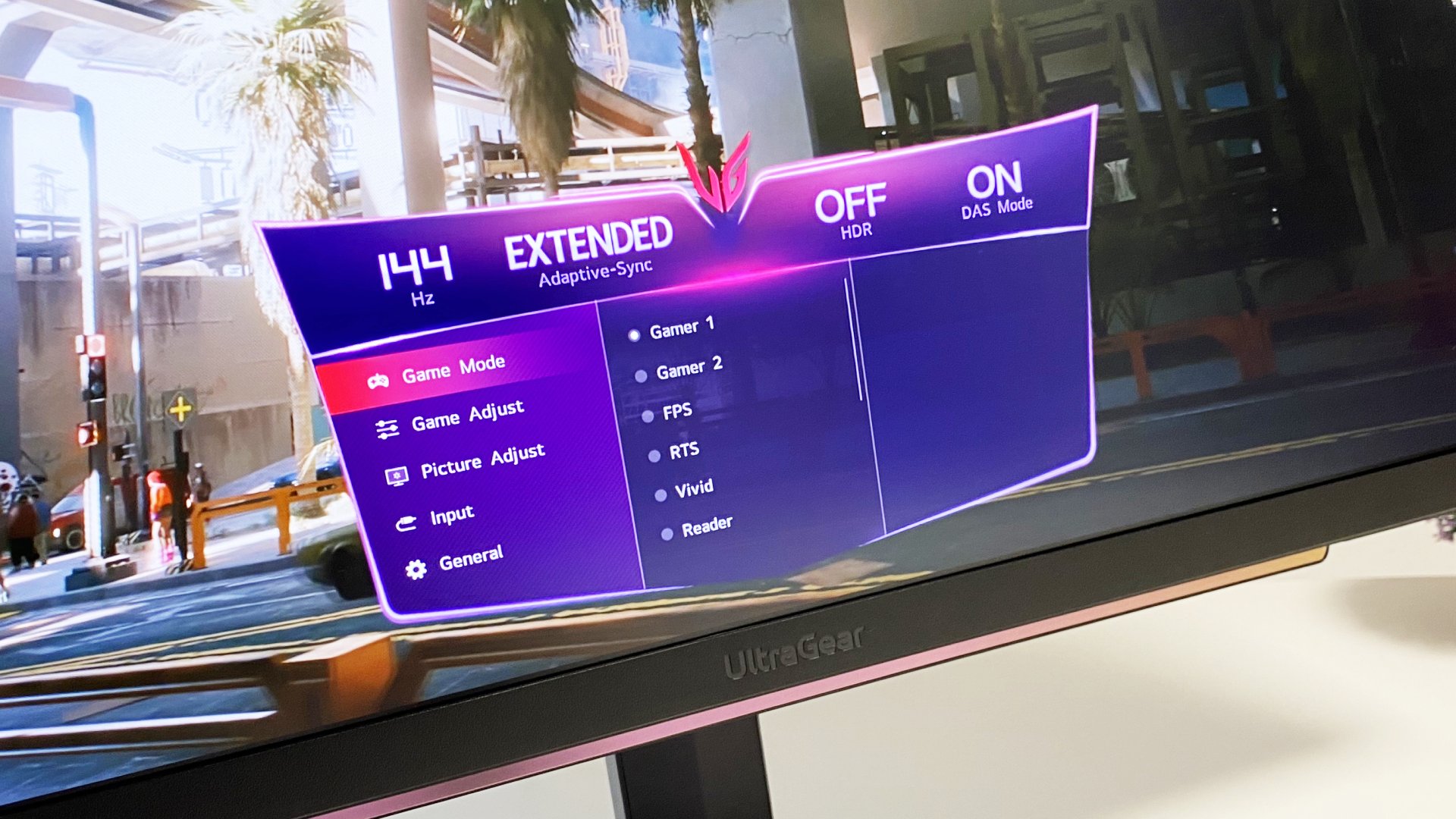
Specifications
Reasons to buy
Reasons to avoid
✅ You want a top-notch 144Hz 27-inch 4K gaming panel: While this LG model doesn't offer anything especially new, what it does have is all exceptionally good.
❌ You want OLED perfection: Let's face it, you're not going to get a quality 4K OLED for $500 right now, which leaves this LG as the best 4K monitor for most mere mortals.
The LG UltraGear 27GR93U is the best 4K gaming monitor for its stellar picture quality and all-round performance. It might not be the flashiest monitor around and doesn't have the depth of image the latest OLEDs offer, but it delivers the fundamentals of a great 4K gaming monitor better than most LCD panels and comes at a decent price, too.
LG makes a lot of panels for monitors, but it's paid particular care with this monitor to tune it wonderfully out of the box. Just plug this monitor in, boot up your favourite game (I recommend something vibrant, like Avatar: Frontiers of Pandora) and you'll quickly realise just how gorgeous this screen is. There's loads of pop to the picture without going overboard and oversaturating.
As a 27-inch, 4K panel, the resolution squeezes plenty of pixels per inch. That means it's a supremely clear picture and great for gaming but also showing off lots of text. That said, it's not as immersive as some ultrawide gaming monitors, which will wrap around your vision, and being a full 4K panel this LG will actually often require more computational power than most traditional ultrawides with fewer pixels overall.
That's the thing, you will need a mighty graphics card to run this UltraGear gaming monitor at its fullest. It runs up to 144 Hz, which is attainable with modern GPUs, though you'll likely want to turn to upscaling methods to help you reach full speed. It depends on the game, however.
We recommend you switch on HDR with this monitor, despite it only scraping in with 400 nits of peak brightness. It still looks really great with both HDR and SDR content with HDR enabled, which is a pleasant surprise.
The LG UltraGear 27GR93U is a really strong pick for single-player gamers looking for a gaming monitor that will show them the best of their games and the best of 4K gaming. Also, it's great for editing content on and working with throughout the day—it's a really flexible monitor. Though not literally, unlike some, so don't try and bend it in half.
Read our full LG UltraGear 27GR93U review.
Best budget 4K gaming monitor
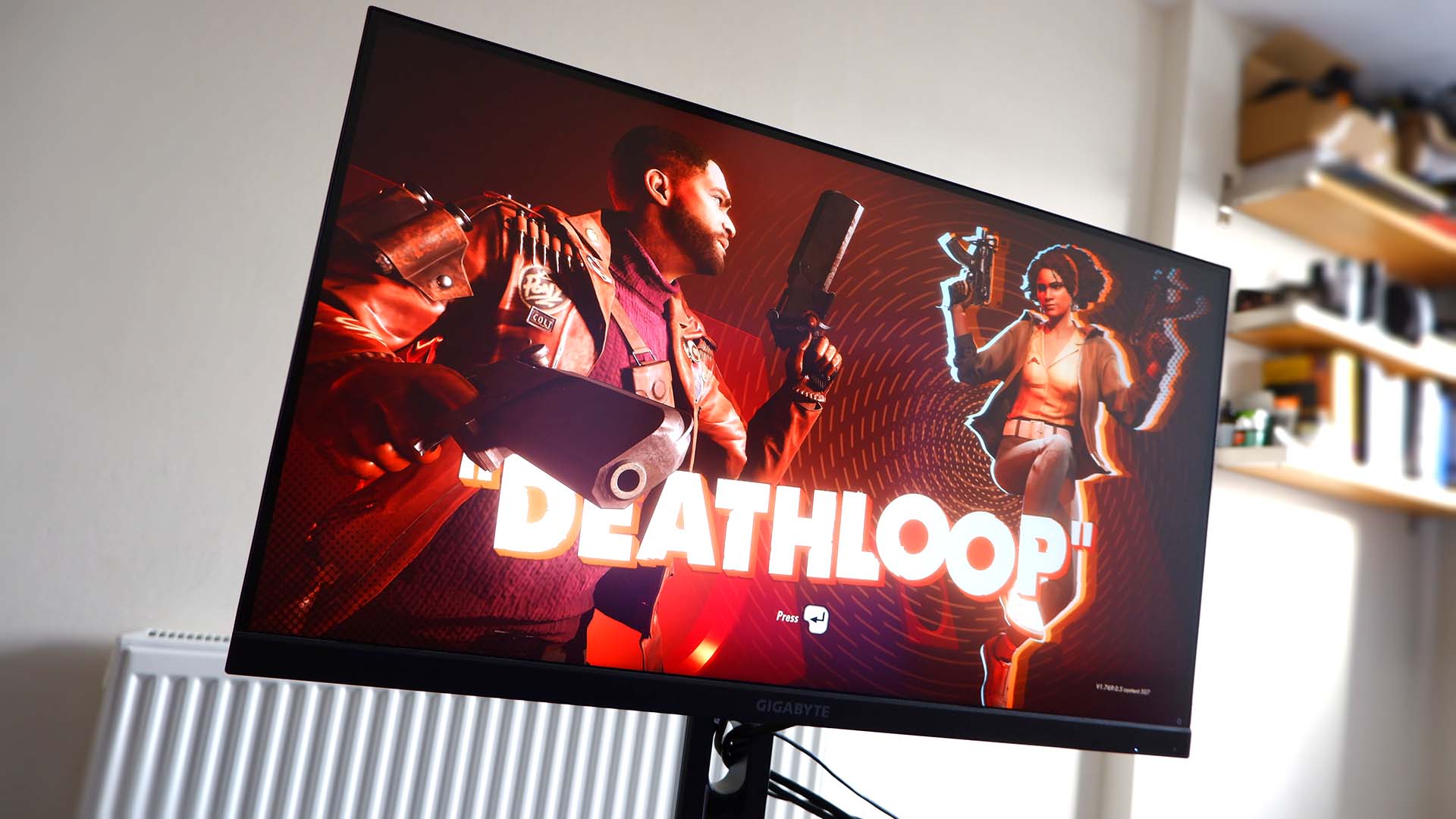
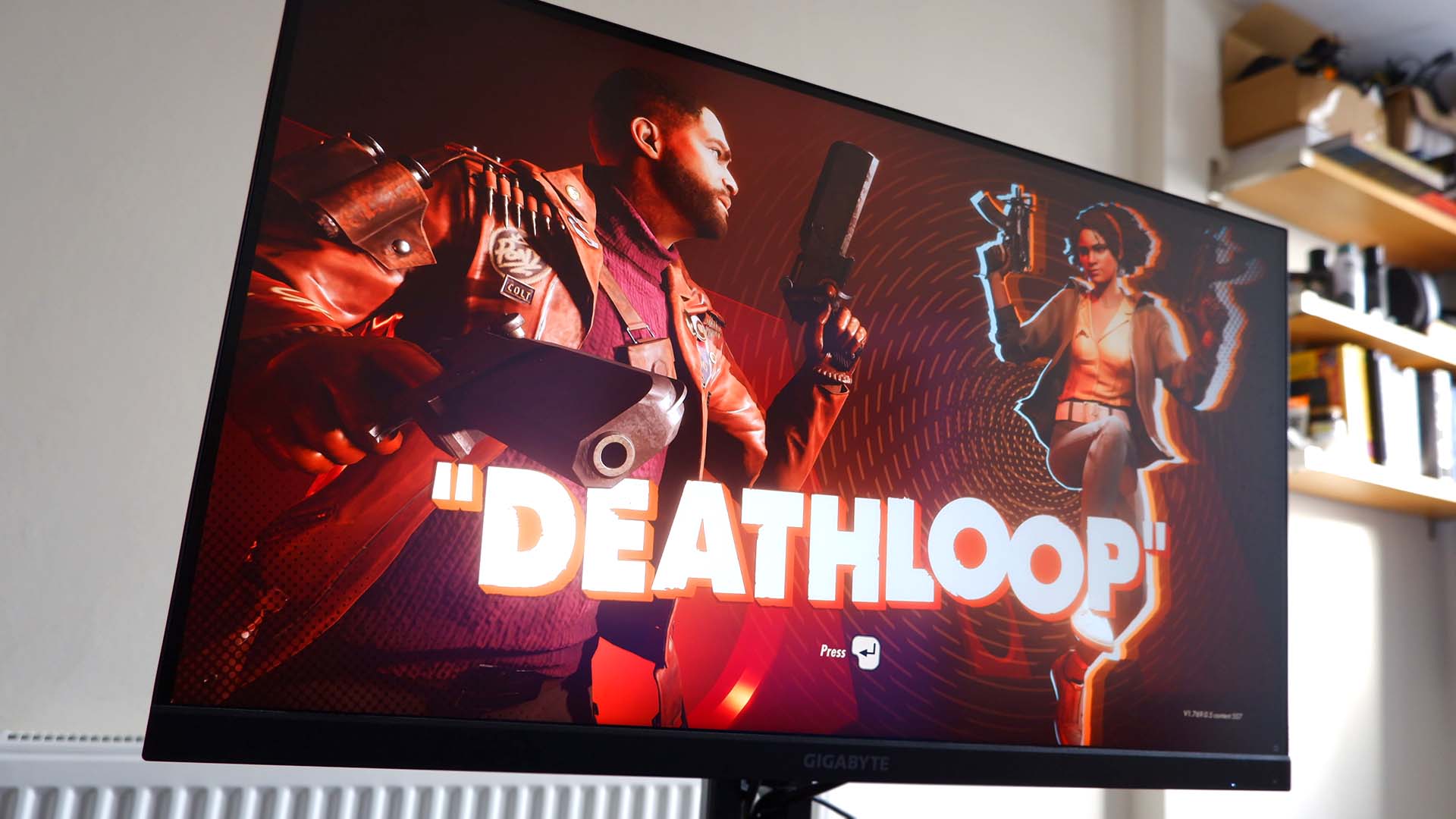
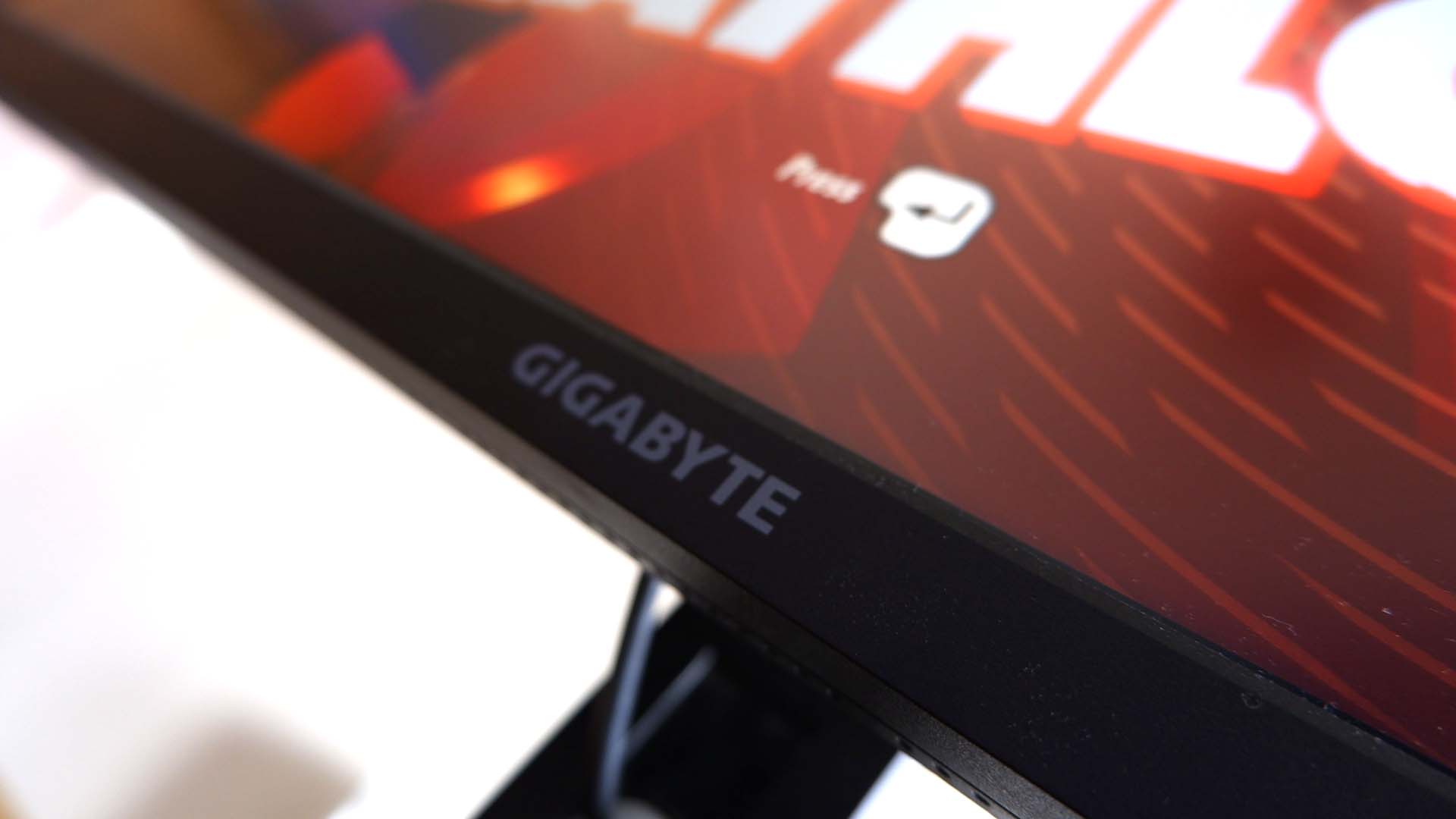
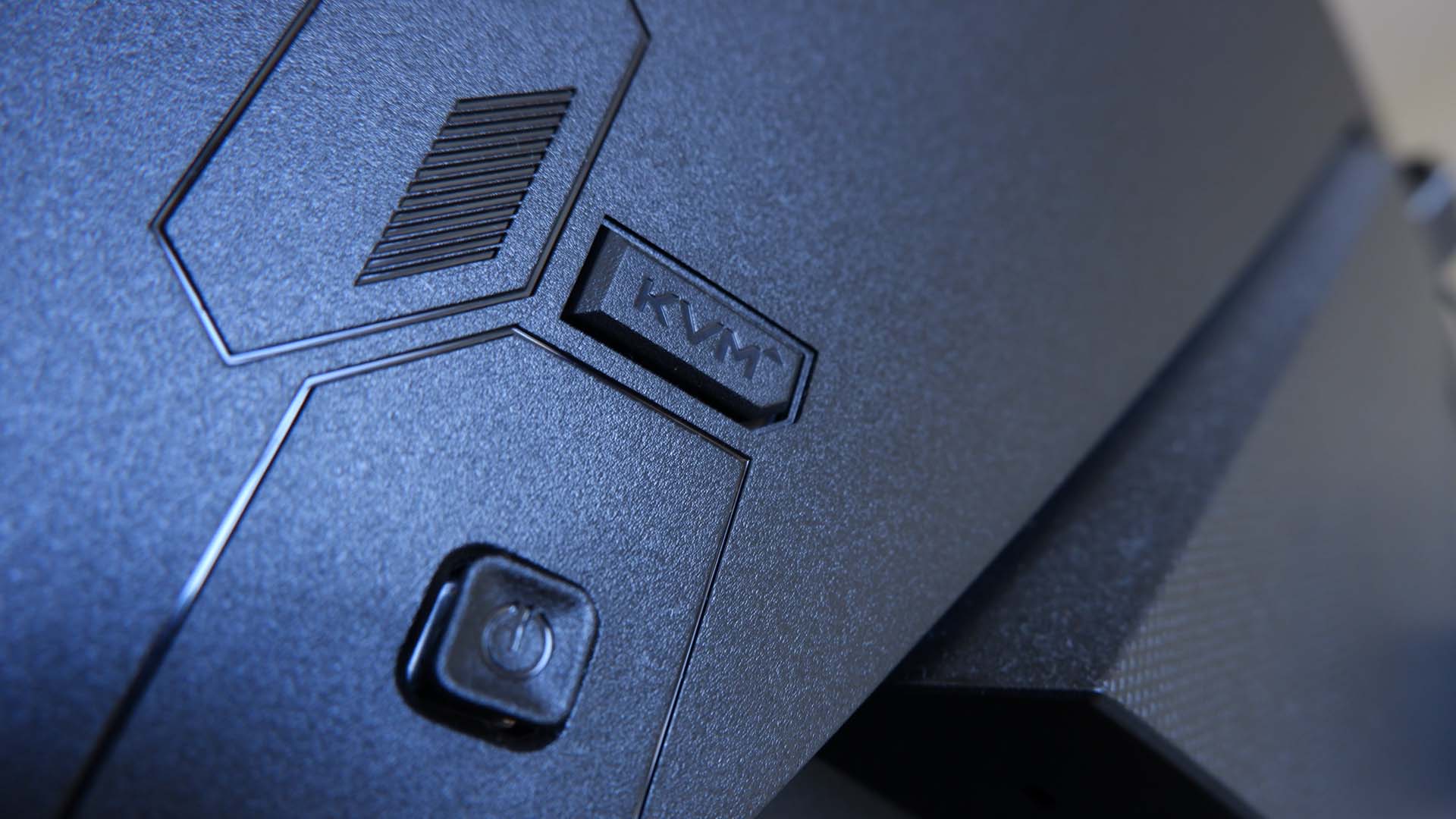
Specifications
Reasons to buy
Reasons to avoid
✅ You want a great budget 4K panel: High-resolution panels are a joy to work and play on but they're usually very expensive. Not this one.
❌ You don't have a powerful graphics card: As with all 4K panels, running it at a lower resolution doesn't look nice and you really need a top-end GPU to make the most of this monitor.
The best budget 4K gaming monitor is the Gigabyte M28U. And yeah, budget and 4K are not words often seen together. Yet Gigabyte is offering a cheaper 4K panel than most here, and yet it's still a glorious IPS.
With a 28-inch IPS panel, the M28U offers plenty of pixels per inch. The result is a super clear and crisp picture while gaming, which is paired well with the rich tone of the IPS. For a bright and vibrant game such as Deathloop, it's honestly stunning. As long as you avoid using it in HDR mode, that is, as like many IPS panels it doesn't offer the best HDR experience out there.
What's impressive about the Gigabyte M28U is just how much is stuffed into the Gigabyte M28U for the money. Beyond the pretty speedy IPS panel, there's a USB hub on the rear that includes multiple Type-A connections. Useful if you want to keep your cables tidy and run your mouse and cable directly to the monitor itself.
The stand is perhaps the only let-down on the M28U, but I'm willing to let this one slide. It's sturdy enough and offers some height and tilt adjustment, but it's a bit plasticky and not altogether as flexible as some. Though something had to give for this price bracket, and I'm happy it's the stand that's been trimmed back rather than the panel or refresh rate.
You can't go wrong with the Gigabyte M28U, assuming you have the graphics card capable of driving it. We've been using this monitor in the team for over two years now and it's still performing as well as the day we got it.
Read our full Gigabyte M28U review.
Best 1440p gaming monitor
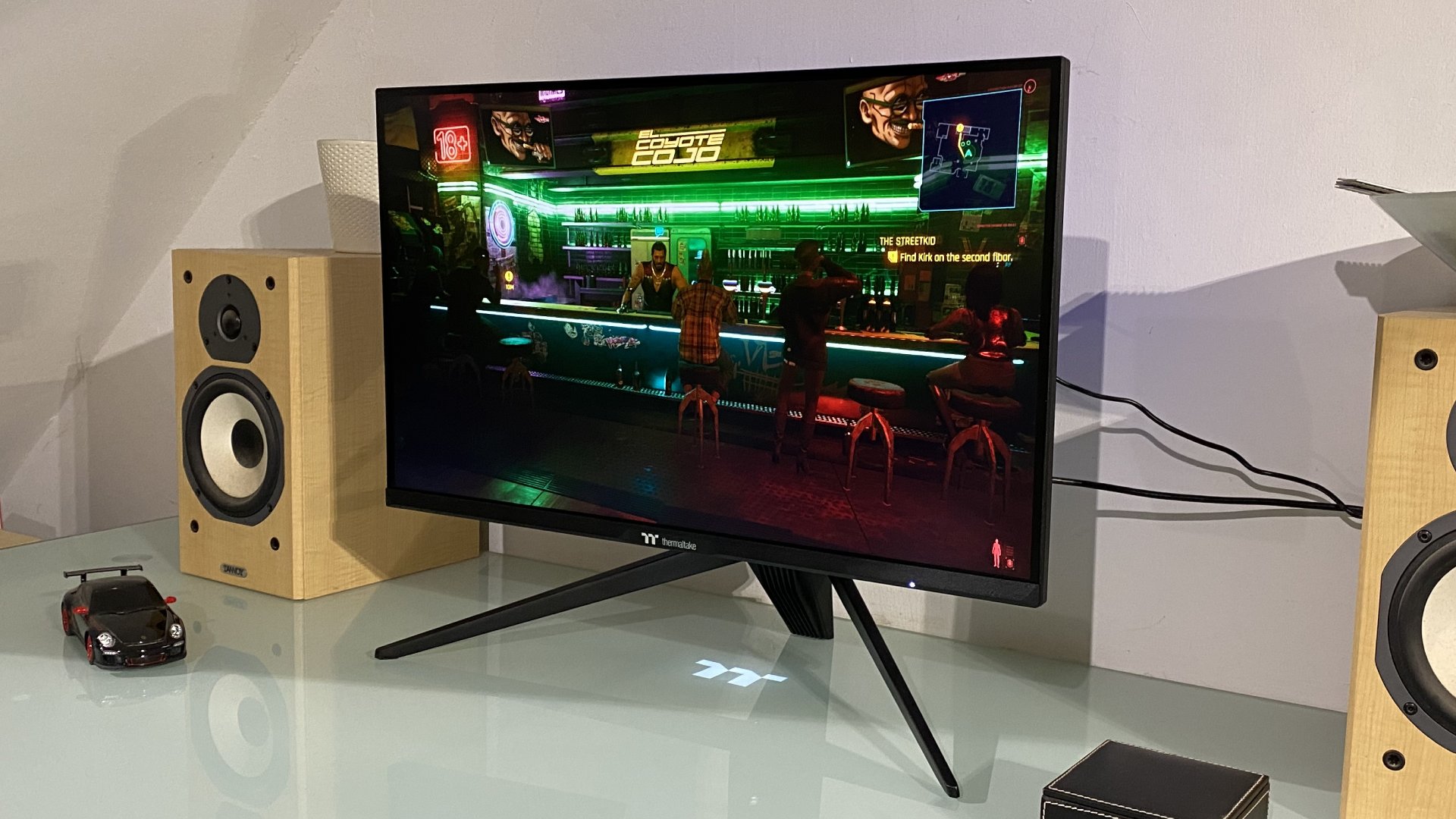
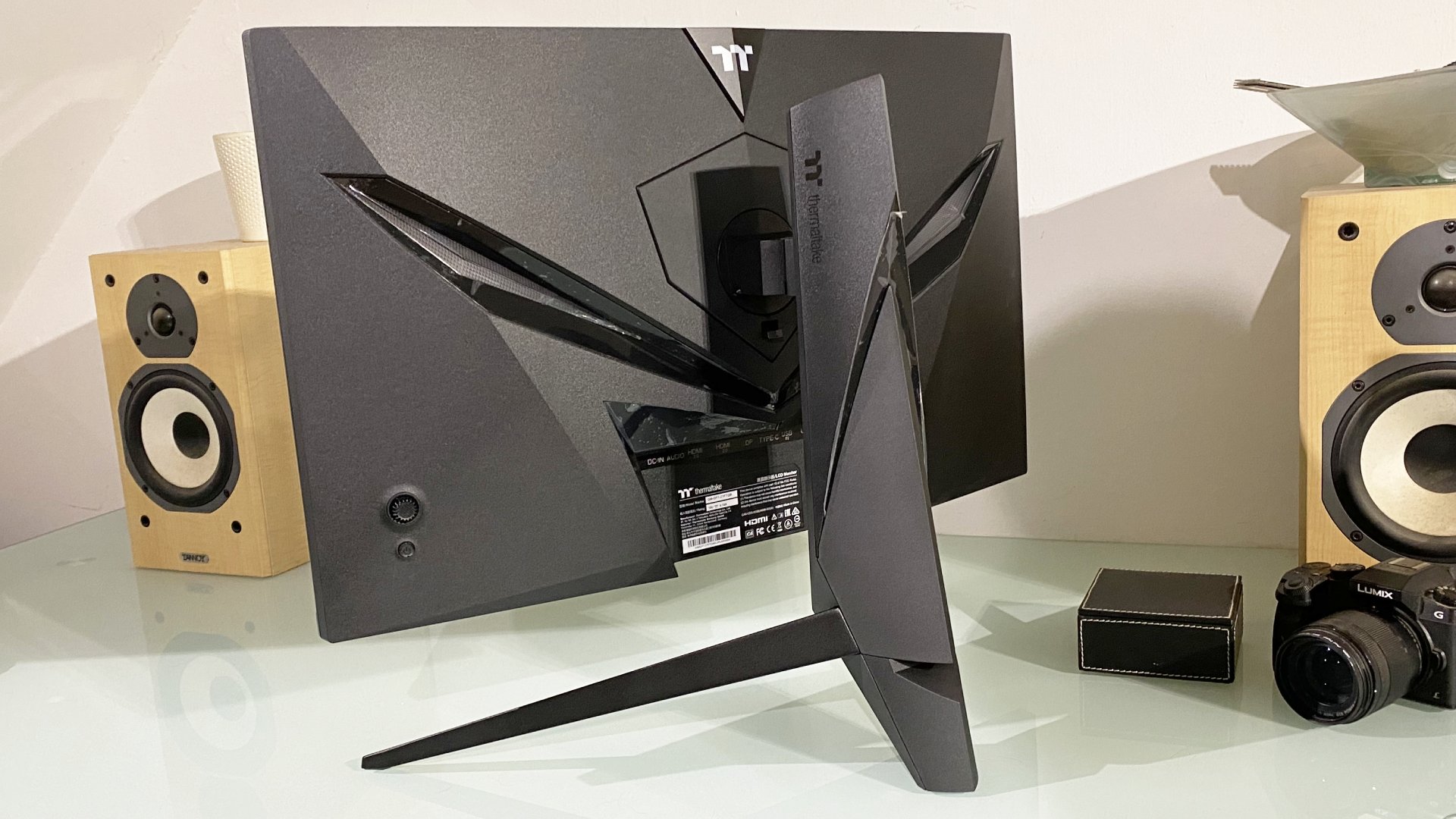
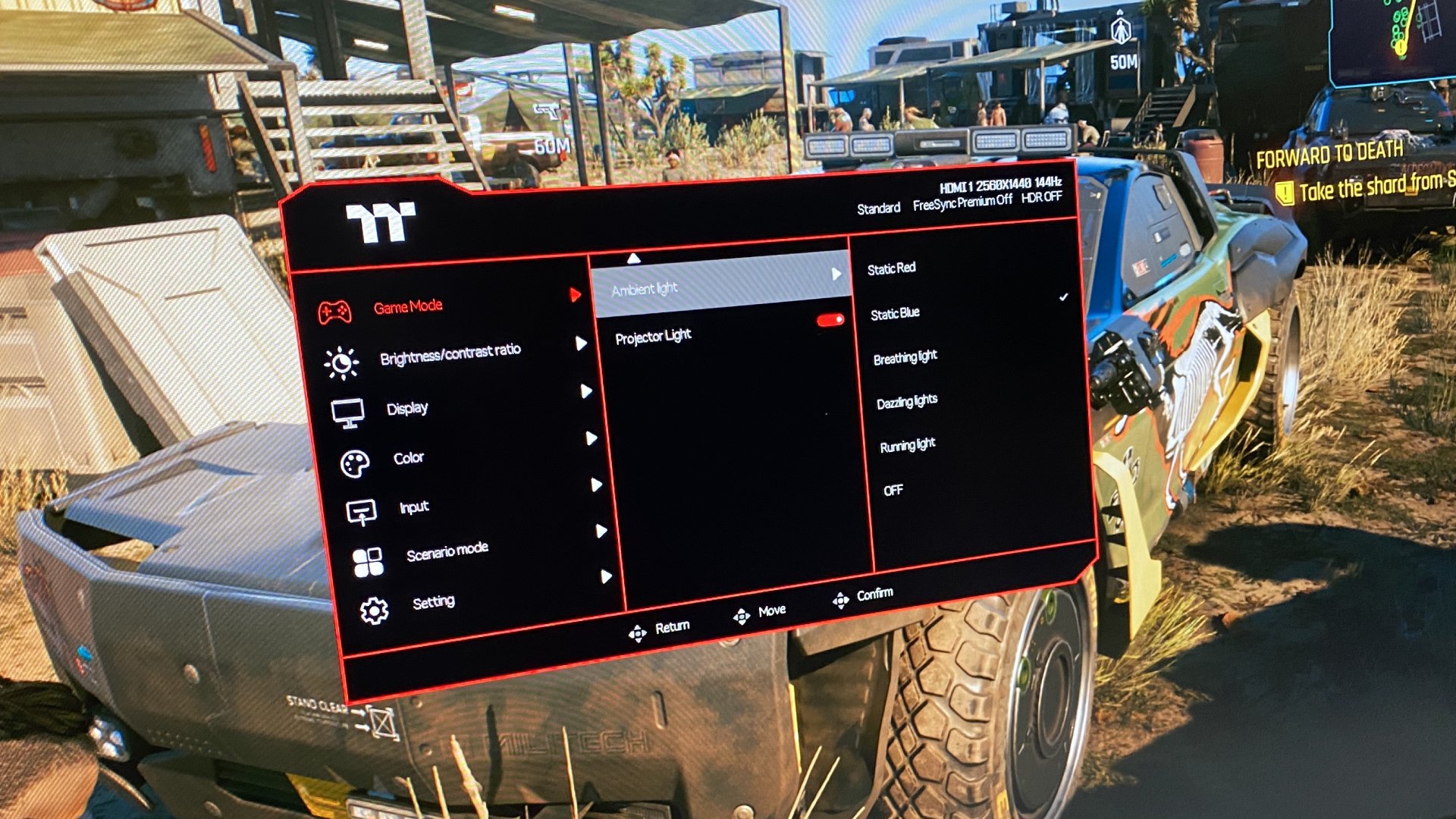
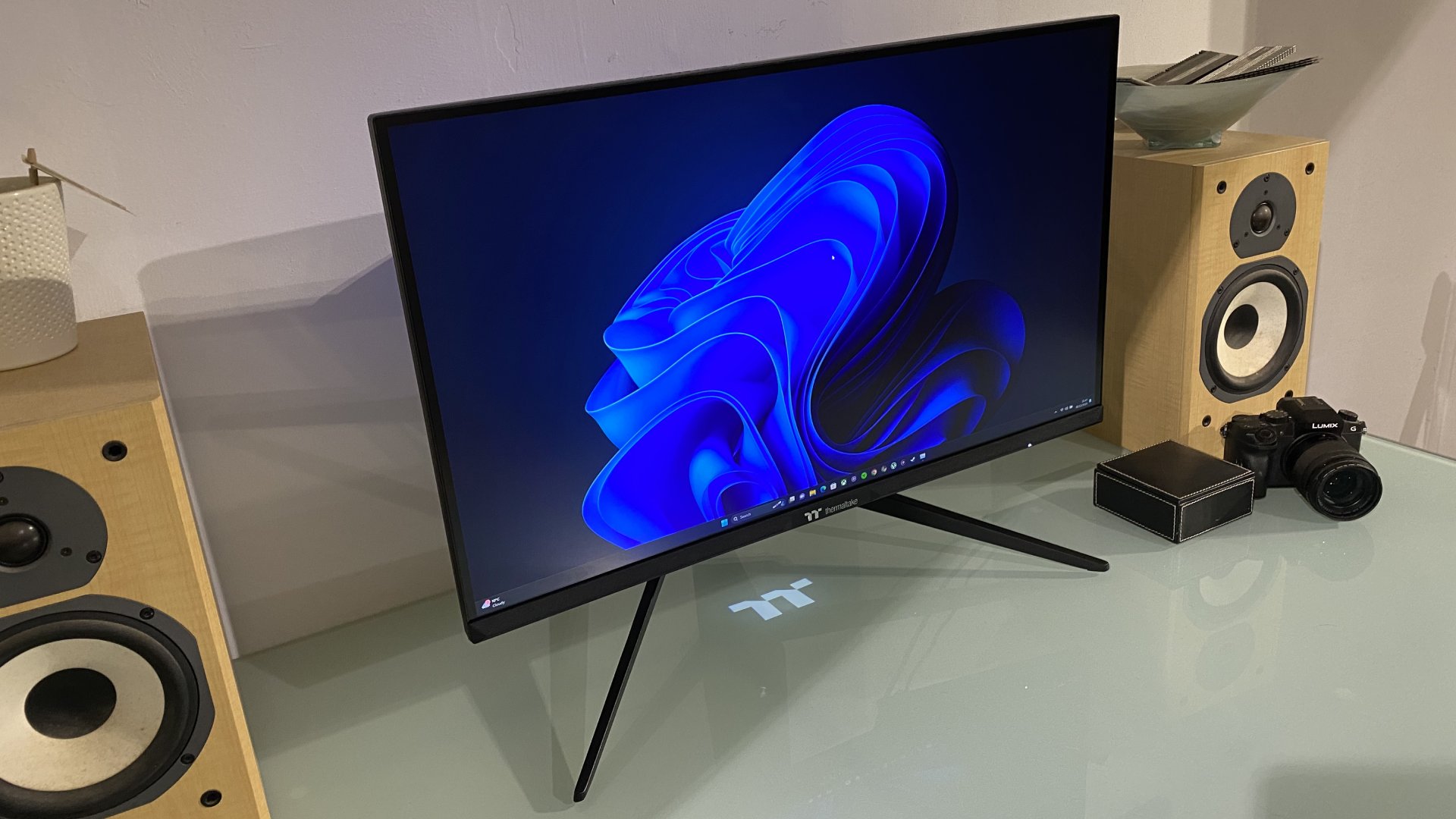
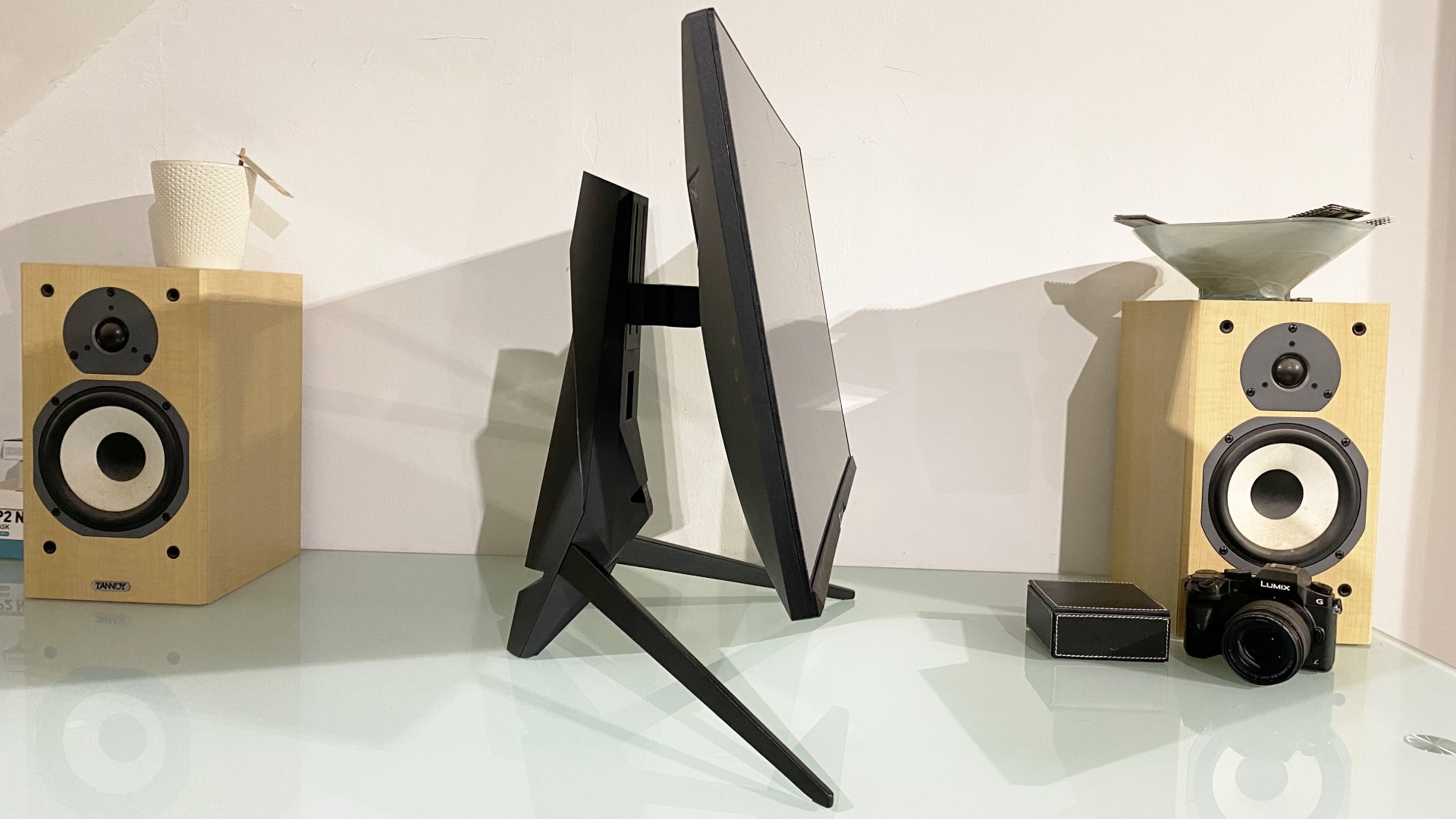
Specifications
Reasons to buy
Reasons to avoid
✅ You want the best 1440p monitor: Thermaltake hasn't rewritten any rules with this model but it has produced a very good 1440p gaming panel.
❌ You want to power a laptop with the USB hub: The KVM switch is very useful but the 15W USB-C power delivery is barely good enough for a phone, let alone another PC.
A surprise hit, the Thermaltake TGM-I27FQ is our pick for the best 1440p gaming monitor. It's a prized and heavily contested spot, too. I think many PC gamers would agree that 1440p and 165Hz are the perfect blend of speed and resolution, and that means there are heaps of gaming monitors vying for your attention. But the TGM-I27FQ has absolutely got ours.
This is one of the first gaming monitors out of Thermaltake. Ever. You wouldn't expect such high results from a new entrant, yet it's becoming something of a theme in gaming monitors. After all, ASRock's first line of gaming monitors are also fantastic, and superb value. But less about them, let's talk Thermaltake.
At 27 inches, this is about as big as you'd want to go at 1440p. While bigger is certainly possible, such as the Dell S3222DGM, you'll start to notice each pixel as the pixel density decreases. The Thermaltake offers a decent density by comparison.
With a 165 Hz refresh rate, 1 ms response time, and IPS panel, Thermaltake is ticking all the boxes we would like to be ticked with a 1440p gaming monitor. In a way, then, this monitor isn't doing anything radical, but it's the best of a well-priced bunch that we've seen in getting this stuff right.
The stand is also solid here, and offers proper adjustments including rotation, if you're into that. The only weird bit of this entire monitor is the little Thermaltake logo projector, which I'd rather Thermaltake kept for themselves. I don't need a brand name beamed onto my desk, thank you very much. At least the RGB lighting on the rear isn't so egregious.
With both AMD and Nvidia variable refresh rate support, this is what we'd consider a great 1440p gaming monitor for a wide range of PC gamers.
Read our full Thermaltake TGM-I27FQ review.
Best budget 1440p gaming monitor
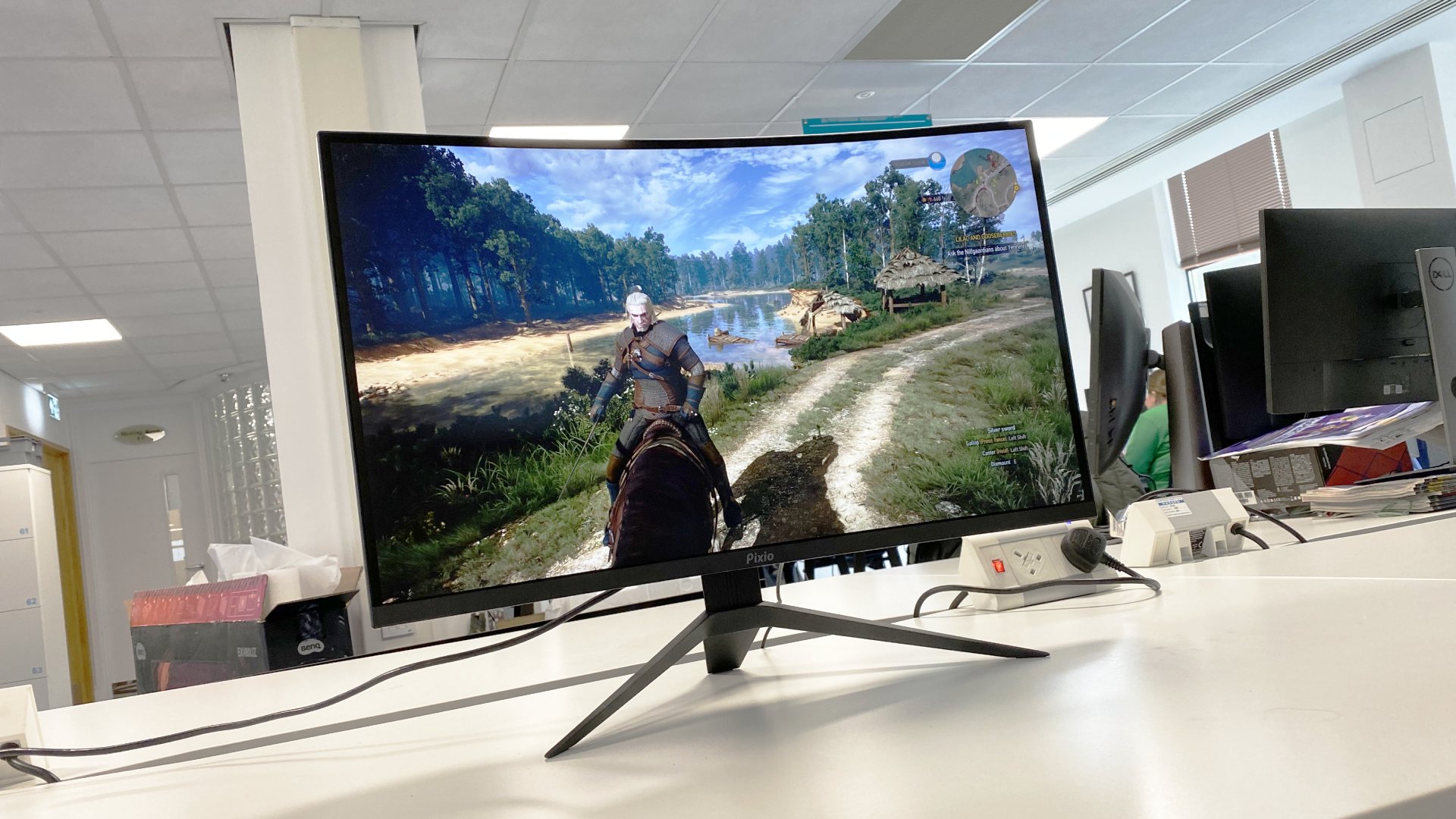
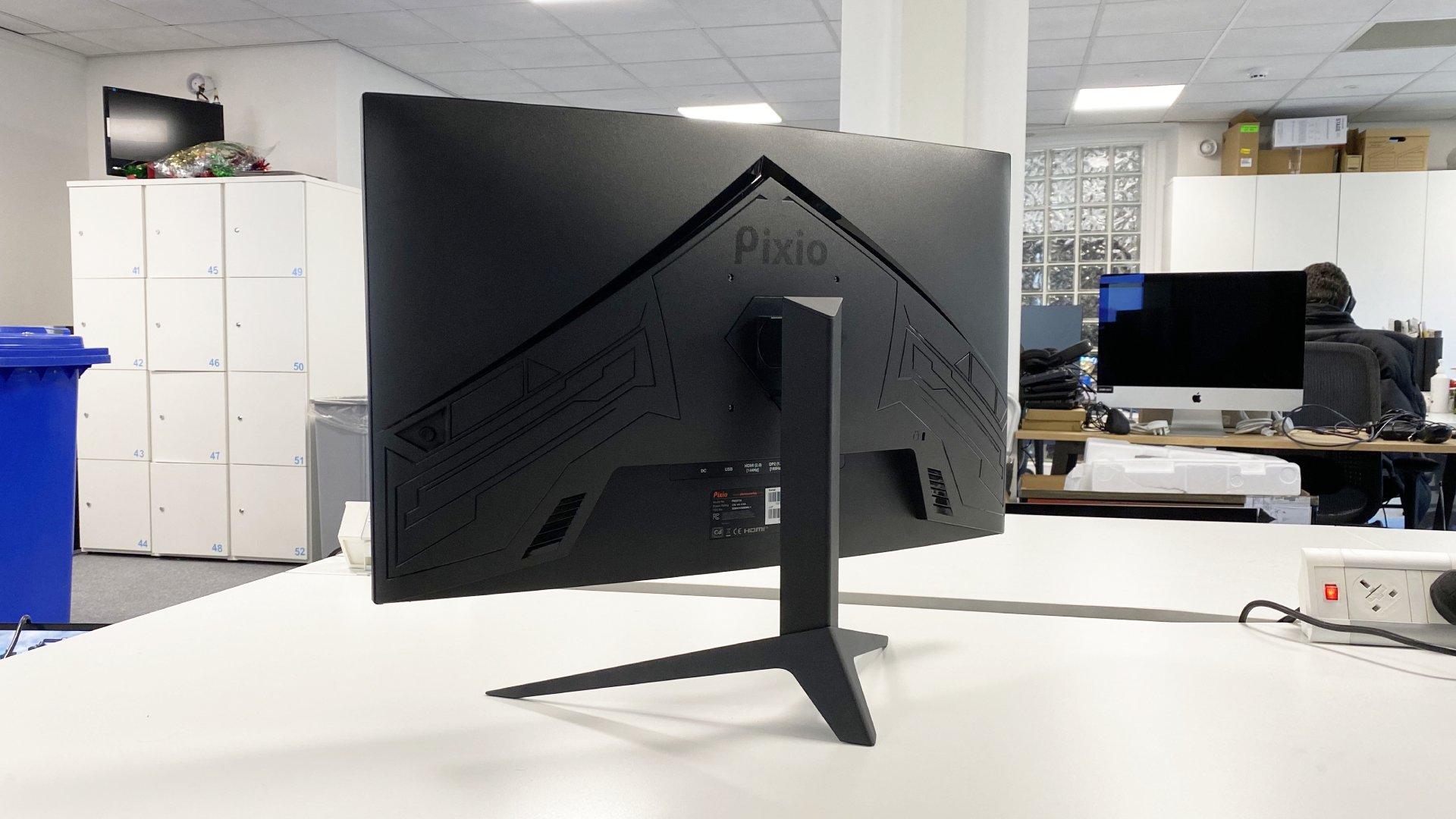
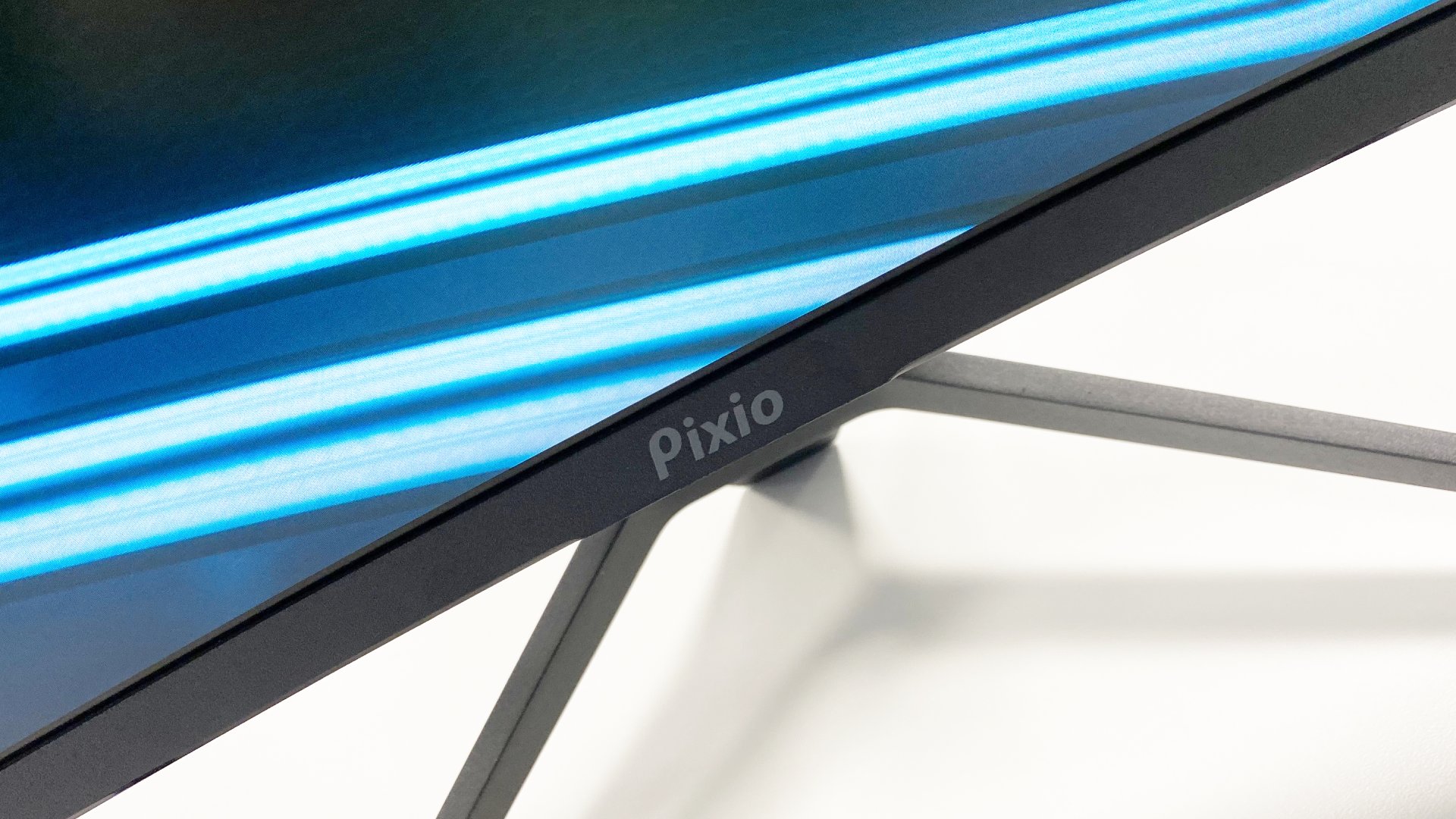
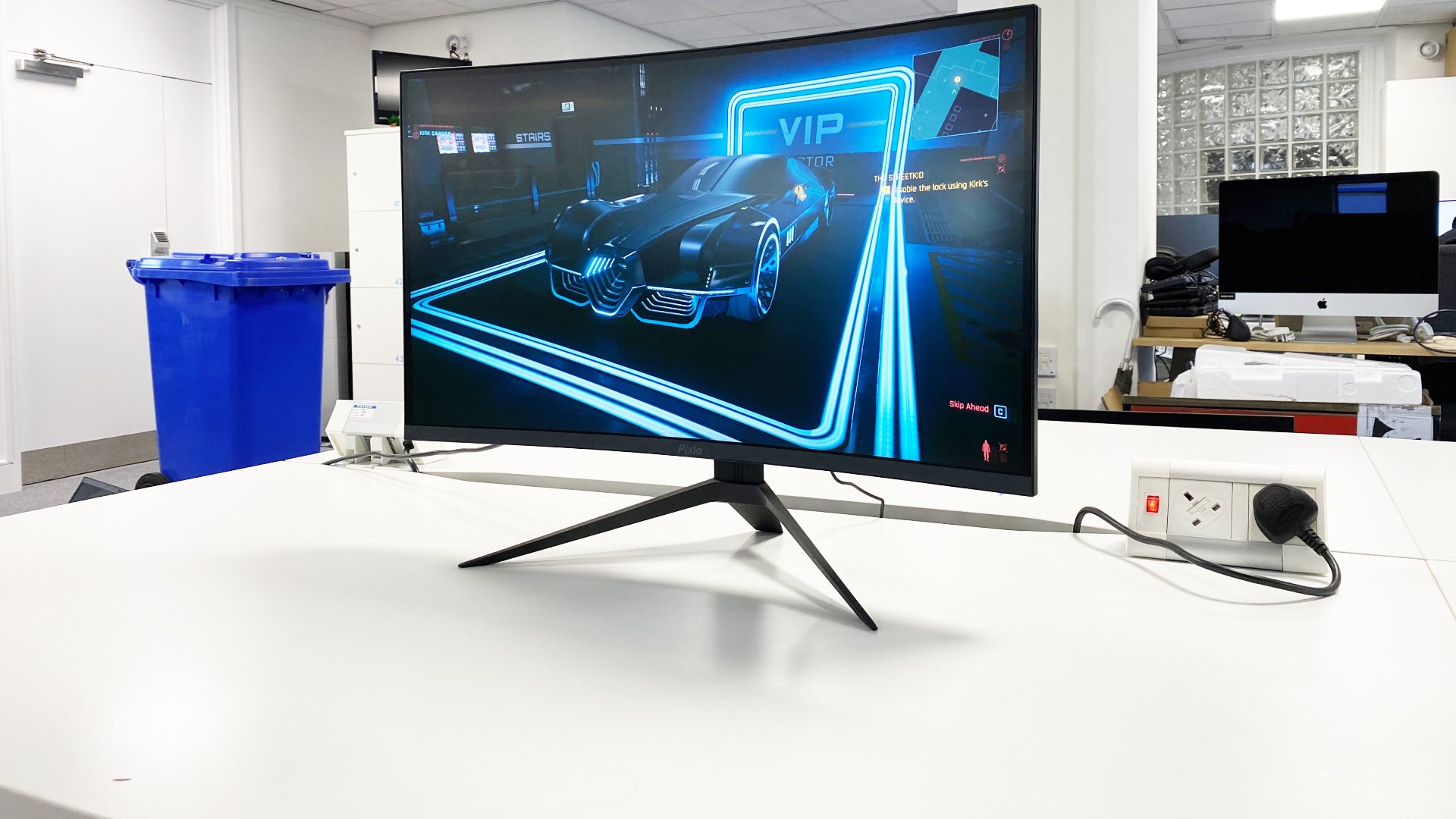
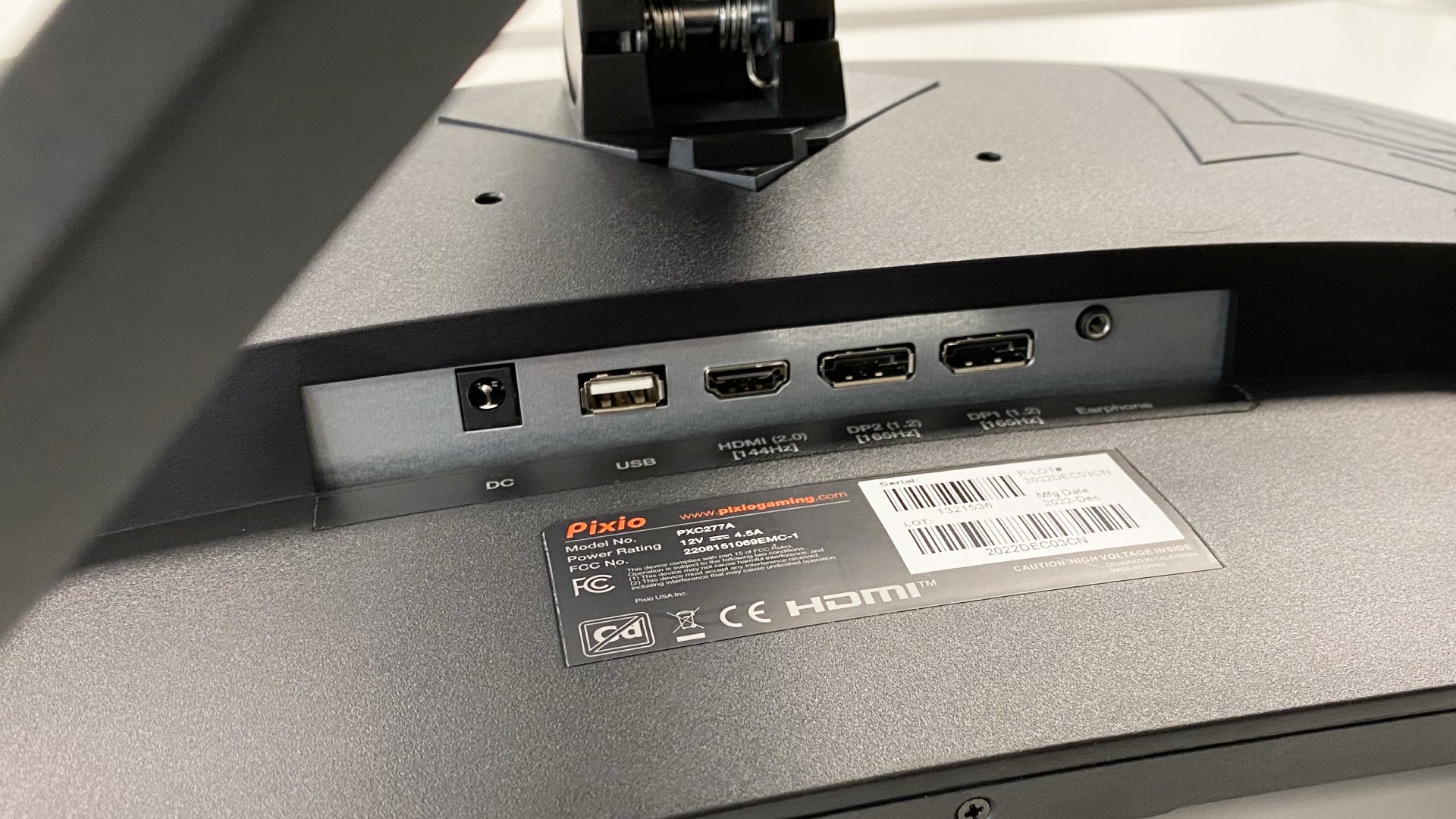
Specifications
Reasons to buy
Reasons to avoid
✅ You want a great value 1440p monitor: You're getting a spec list here that would have set you back double this price just a few years ago.
❌ You want to use HDR in games: The peak brightness and weak backlighting don't help the HDR experience, so you'll be sticking to SDR at all times.
The reason we've picked the Pixio PXC277 Advanced as the best budget 1440p gaming monitor is that it's such a solid all-rounder for the price. This is what you want, really, from a budget screen—no unnecessary bells and whistles, just a monitor that delivers in all the right areas.
The PXC277 Advanced certainly delivers in the right areas. For a pretty cheap price tag, you're getting a 27-inch, 165 Hz monitor with a claimed 1 ms response time and up to 320 nits brightness. (Note that this brightness is higher than many more expensive VA panels.)
Naturally, that 1 ms response time is a kind of best-case scenario, and in practice, as we'd expect from a VA panel, it's not quite so snappy. But if you get the settings just right (overdrive set to low) there's little overshoot or ghosting and it feels decently quick.
In practice, all this makes for a monitor that should suit most mainstream gamers today. It's sufficiently fast and snappy, and, most importantly, you're getting a damn good picture experience straight out of the box. Although it has a predictably lacklustre HDR experience, the monitor's pretty accurately calibrated and things look reasonably vibrant for such a cheap monitor, with the lovely deep blacks and stellar contrast that you'd expect from a VA panel.
And to top it all off, this thing doesn't look budget at all on the desk, thanks to its slim bezels and tri-leg metal stand. We reckon this would be a great addition to anyone's desk, and certainly for the price.
Read our full Pixio PXC277 Advanced review.
Best budget 1080p gaming monitor
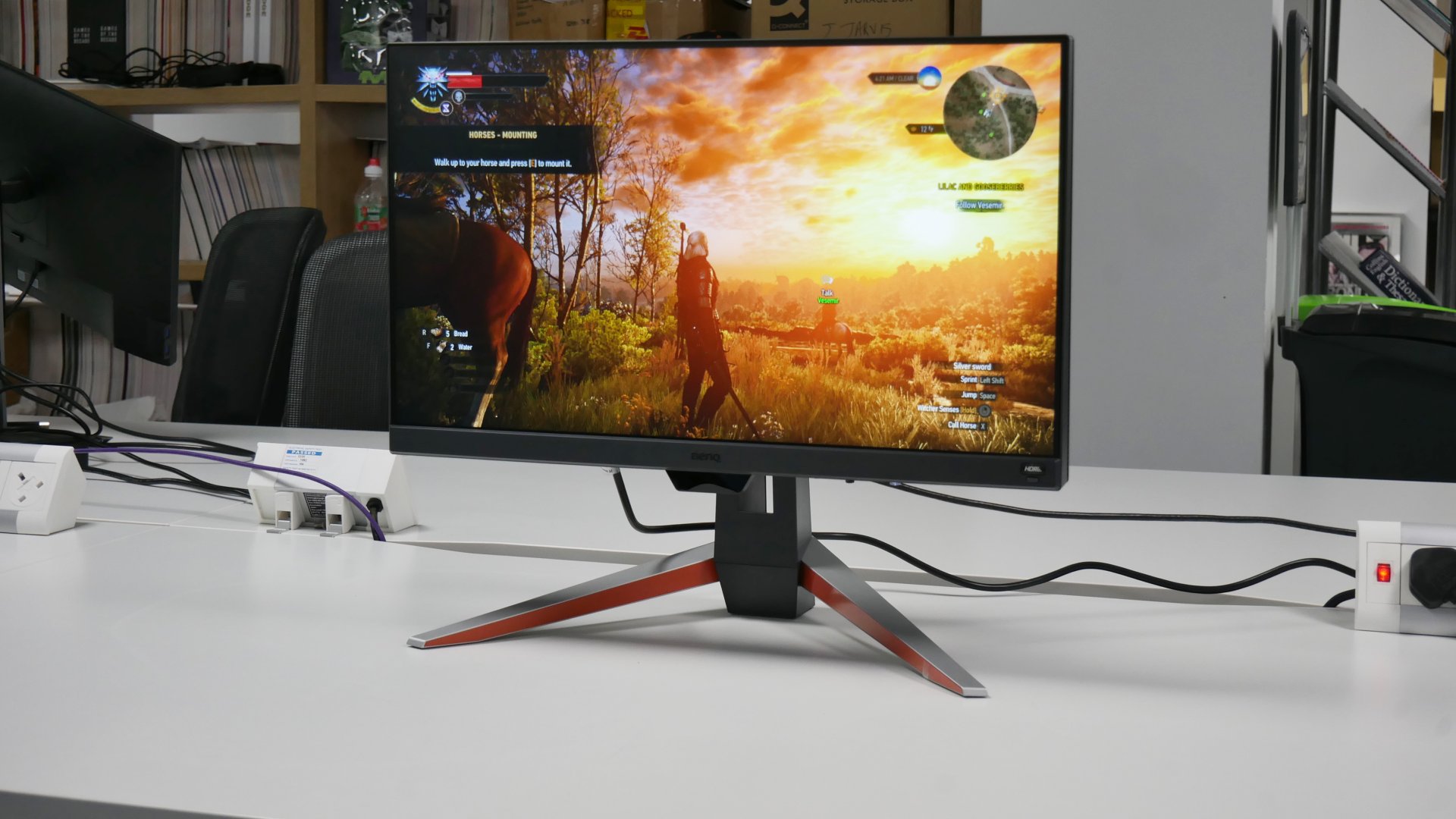
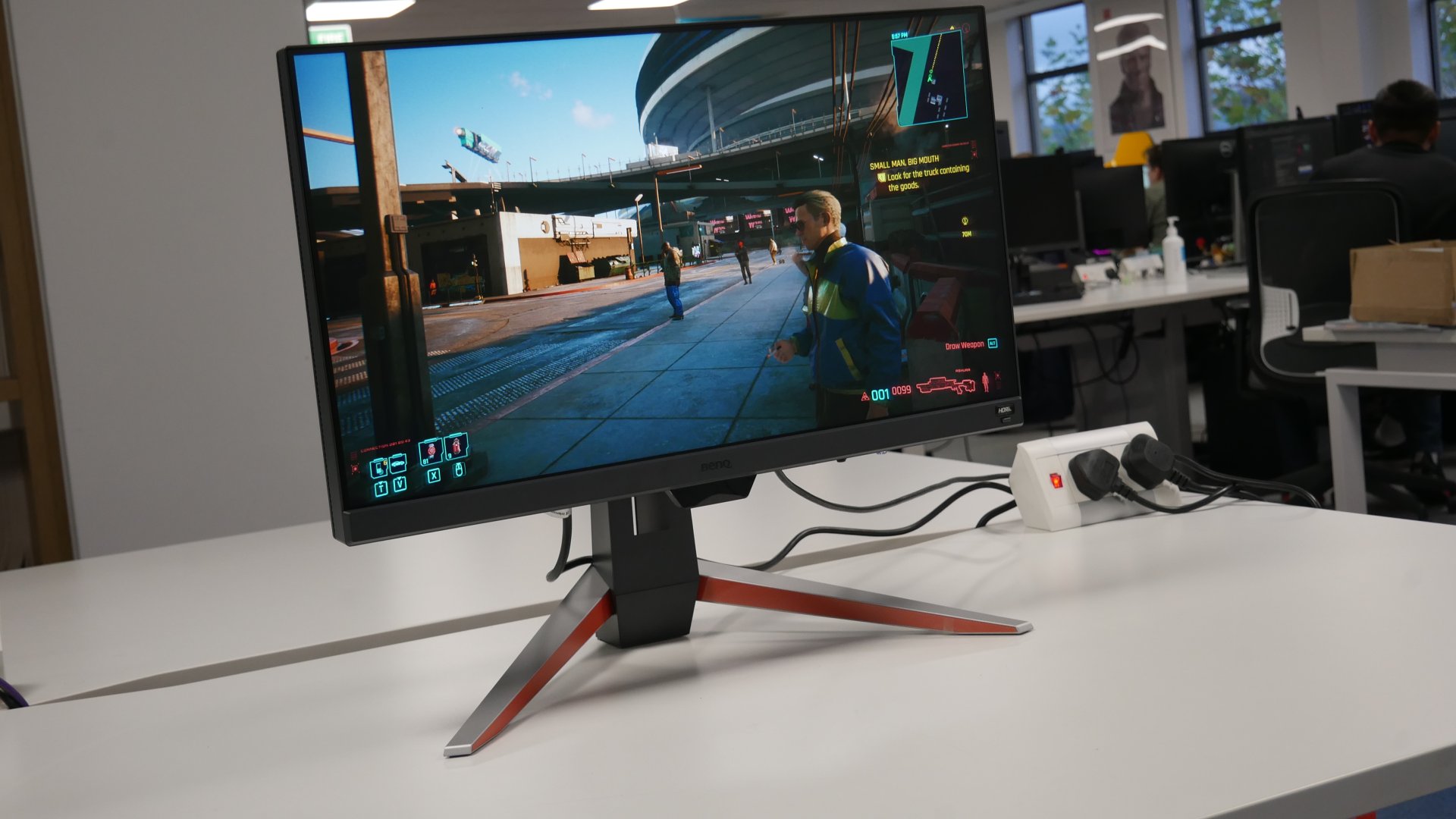
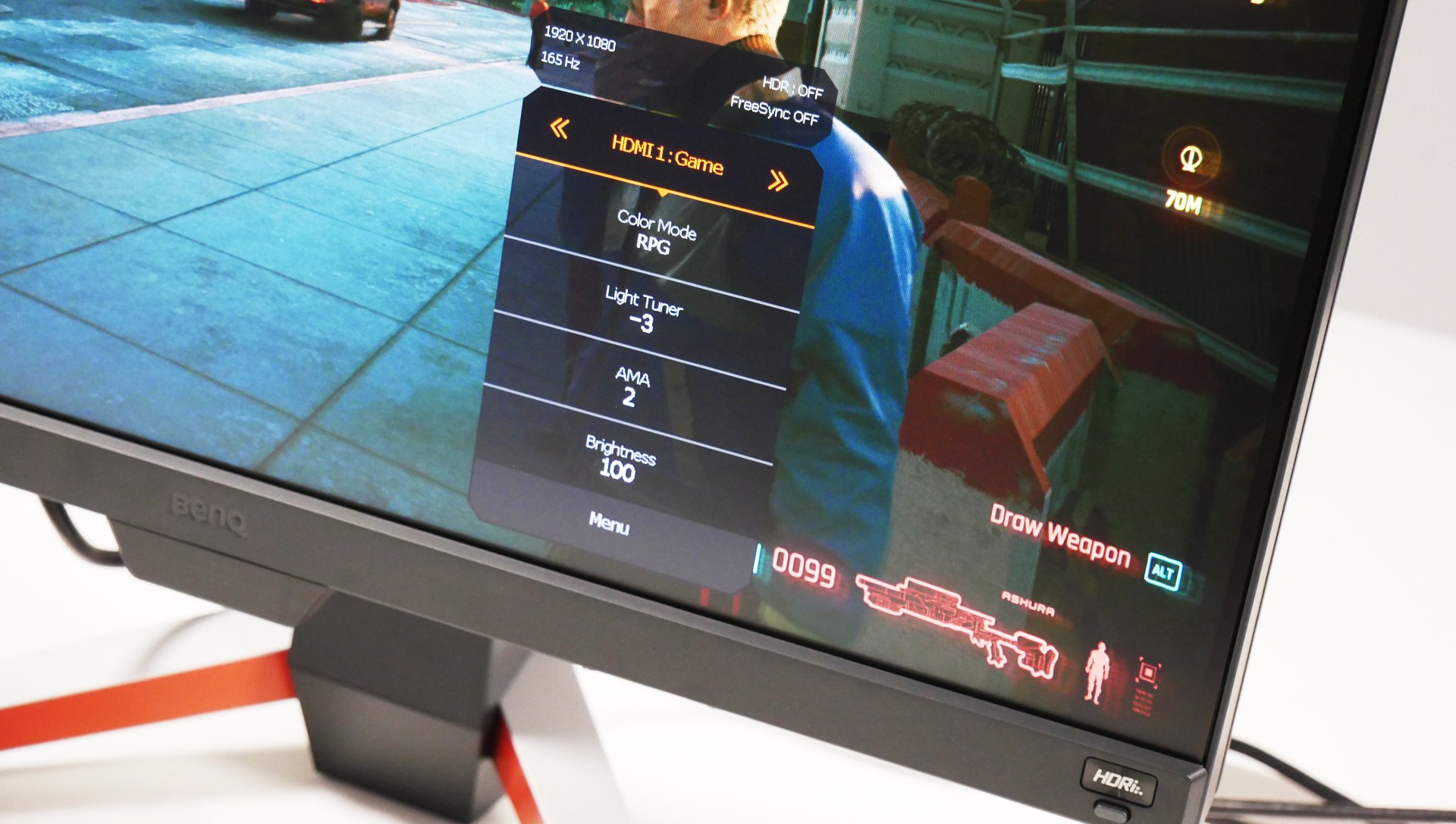
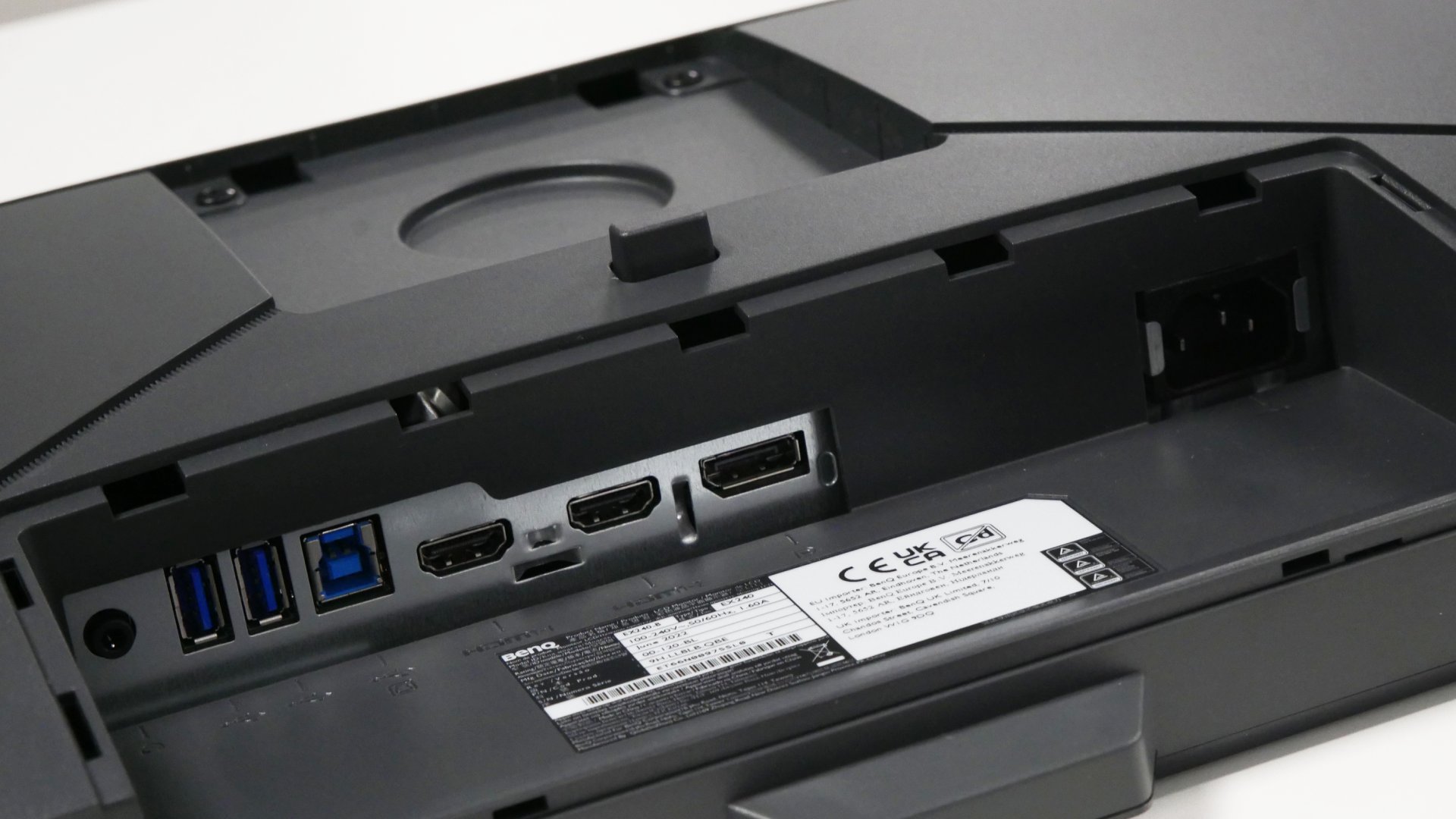
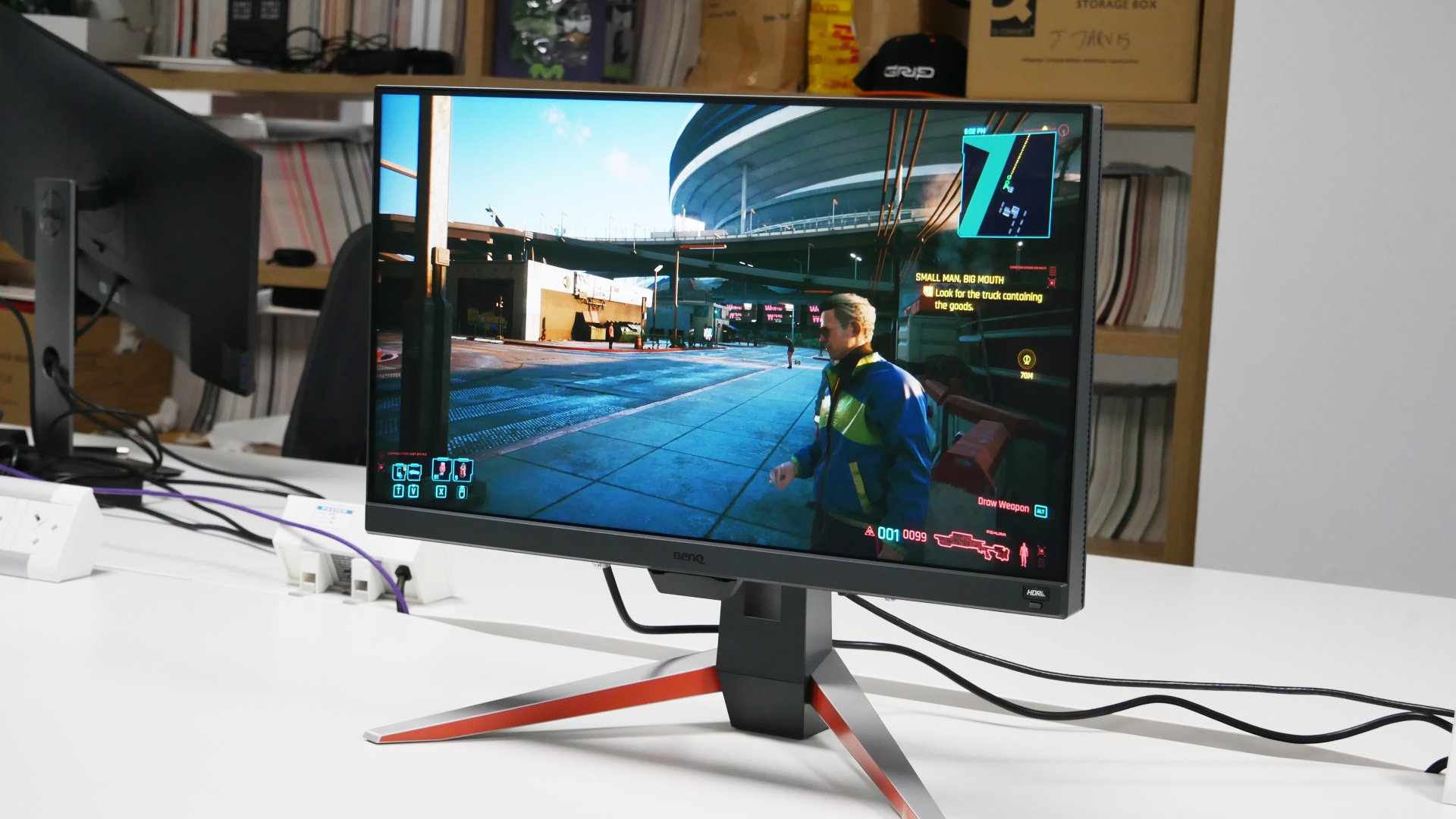
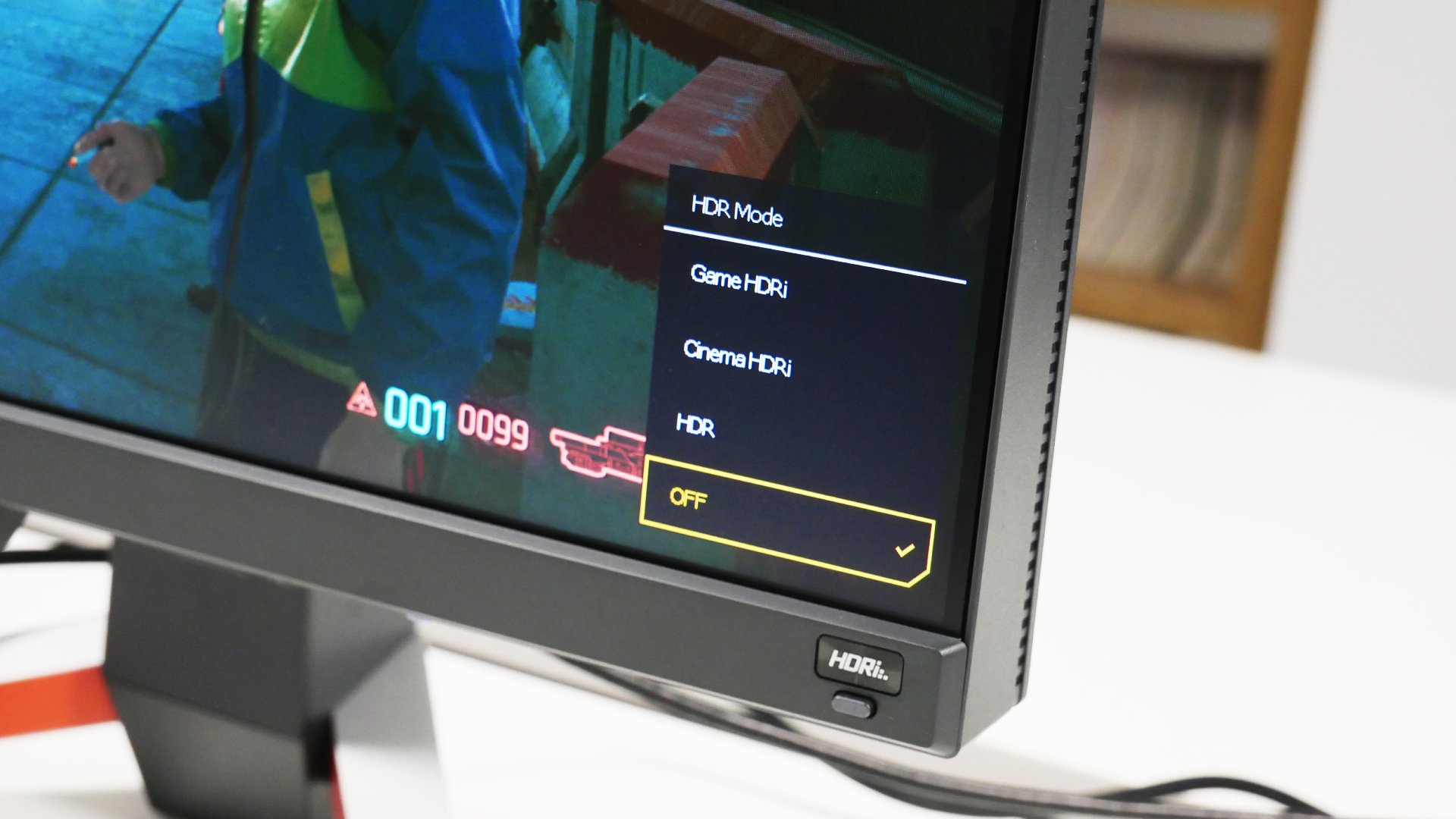

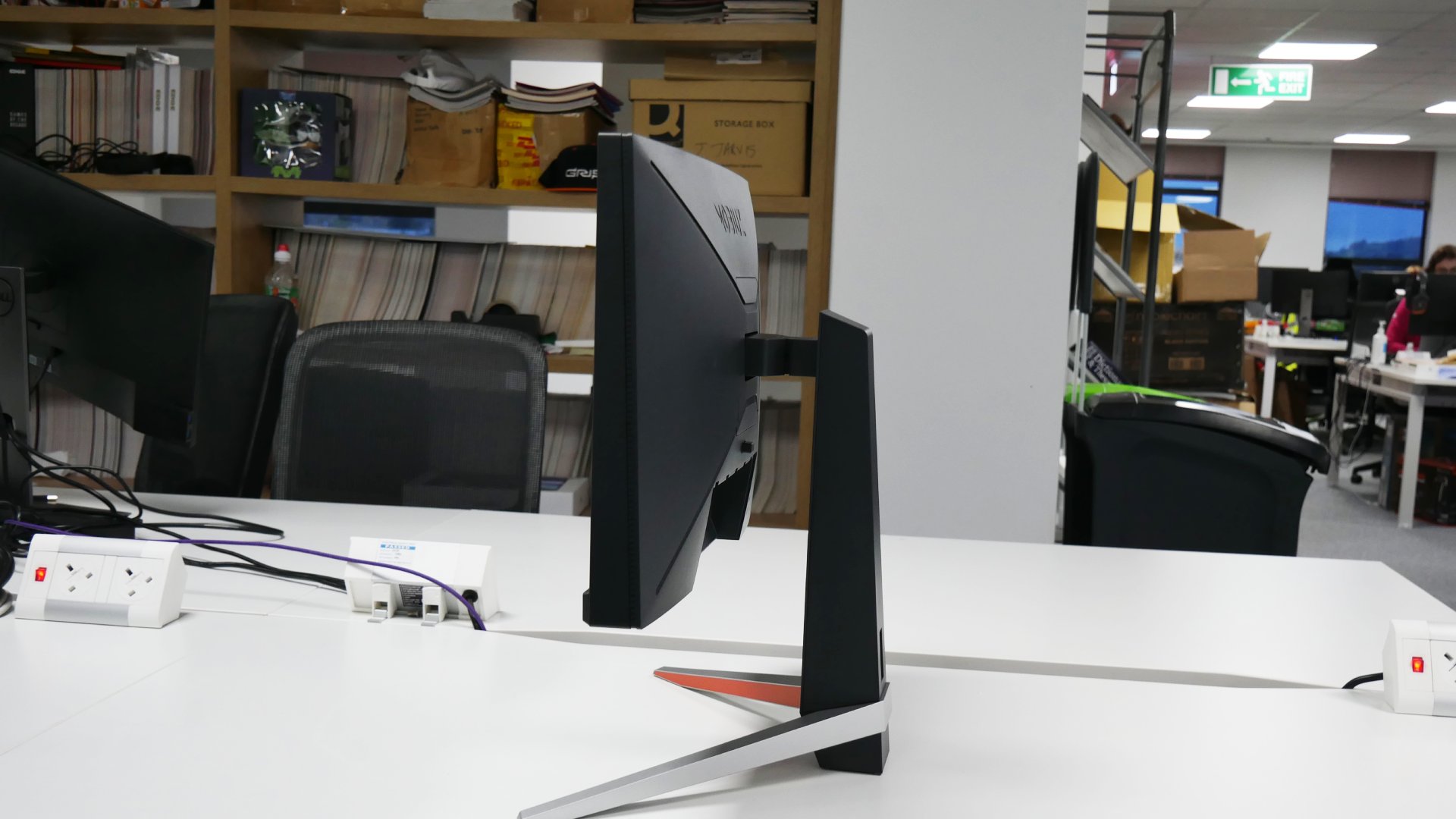
Specifications
Reasons to buy
Reasons to avoid
✅ You just want a great budget 1080p monitor: There are no frills or fancy tech here, just a good, solid panel that's fast and looks nice.
❌ You're expecting decent HDR support: While it can handle a HDR signal, this BenQ panel is far better suited to SDR gaming. You'll only be disappointed if you try to run it in high dynamic range.
What the Pixio PXC277 Advanced does for budget 1440p gaming, the BenQ Mobiuz EX240 does for budget 1080p gaming. In other words, it's the best budget 1080p gaming monitor because it offers a very well-rounded, "can't fault that" package, focusing on delivering a solid gaming experience for a reasonable $200 price tag.
The EX240 is well-suited to budget gamers—especially competitive gamers playing esports titles—or those who don't have one of the best graphics cards capable of churning out frames at higher resolutions. Which means it goes well with a budget gaming PC, too.
What the EX240 really shows, though, is how far monitors have come in such a short time span. It's not too long ago you'd be paying an arm and a leg for a 165 Hz IPS panel that reaches 350 nits peak brightness, whether 1080p or not.
This thing isn't just a looker on paper, though, it's plenty vibrant and punchy in practice, with decent viewing angles to boot. And bear in mind we're talking about an IPS panel, too, which should be more snappy than a VA, which we found to bear out in testing. Its 1 ms MPRT response time probably means something like a 2 ms GtG response time, but we found it to feel very responsive with very little motion blur. We couldn't notice any significant difference between this and a "true" 1 ms panel.
Oh, and while these things are always subjective, we reckon this thing's chassis looks pretty spectacular, too. It certainly doesn't scream "budget." A solid all-rounder, then, if you're looking to keep your resolution down low.
Read our full BenQ Mobiuz EX240 review.
Best ultrawide gaming monitor
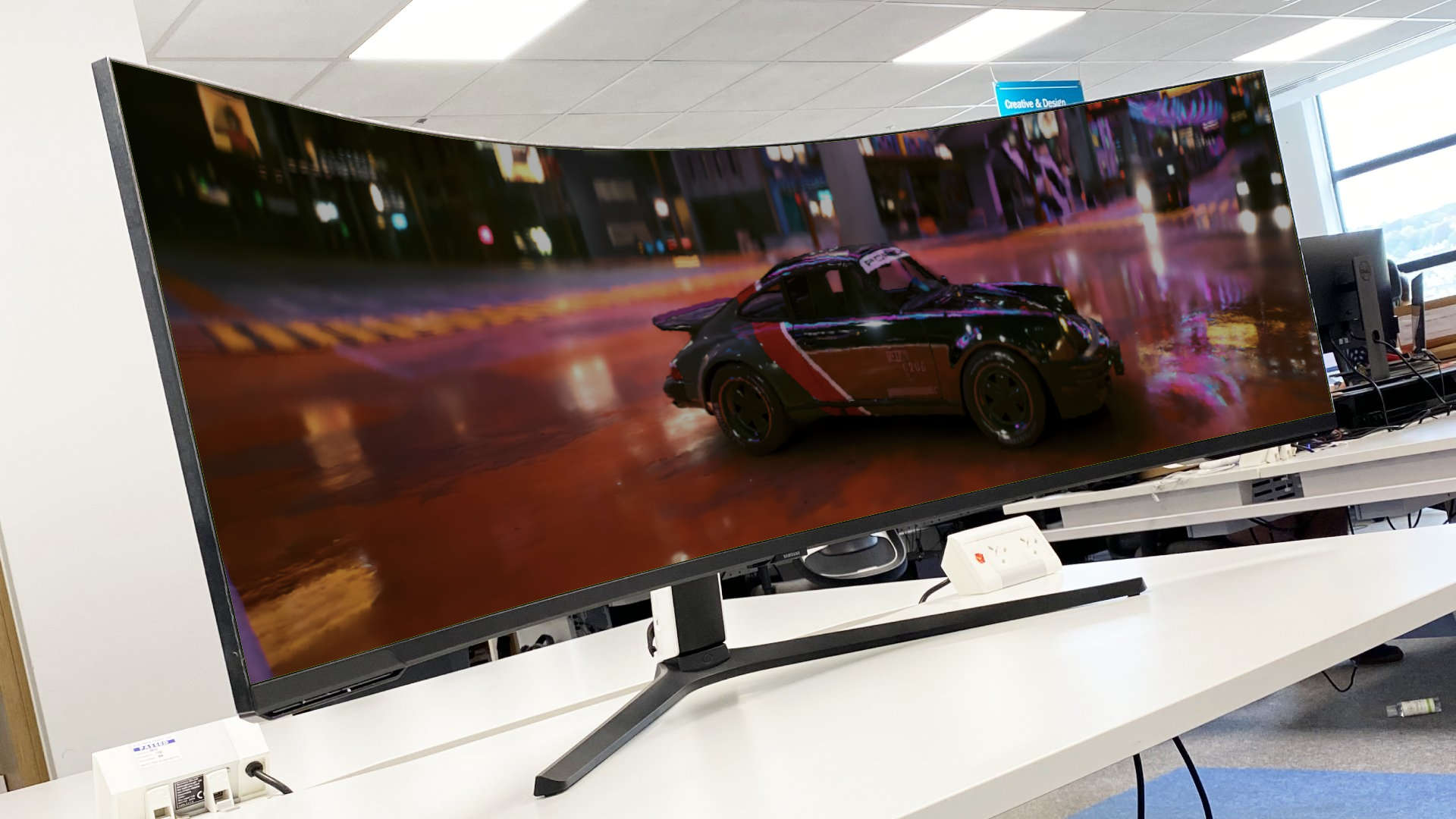
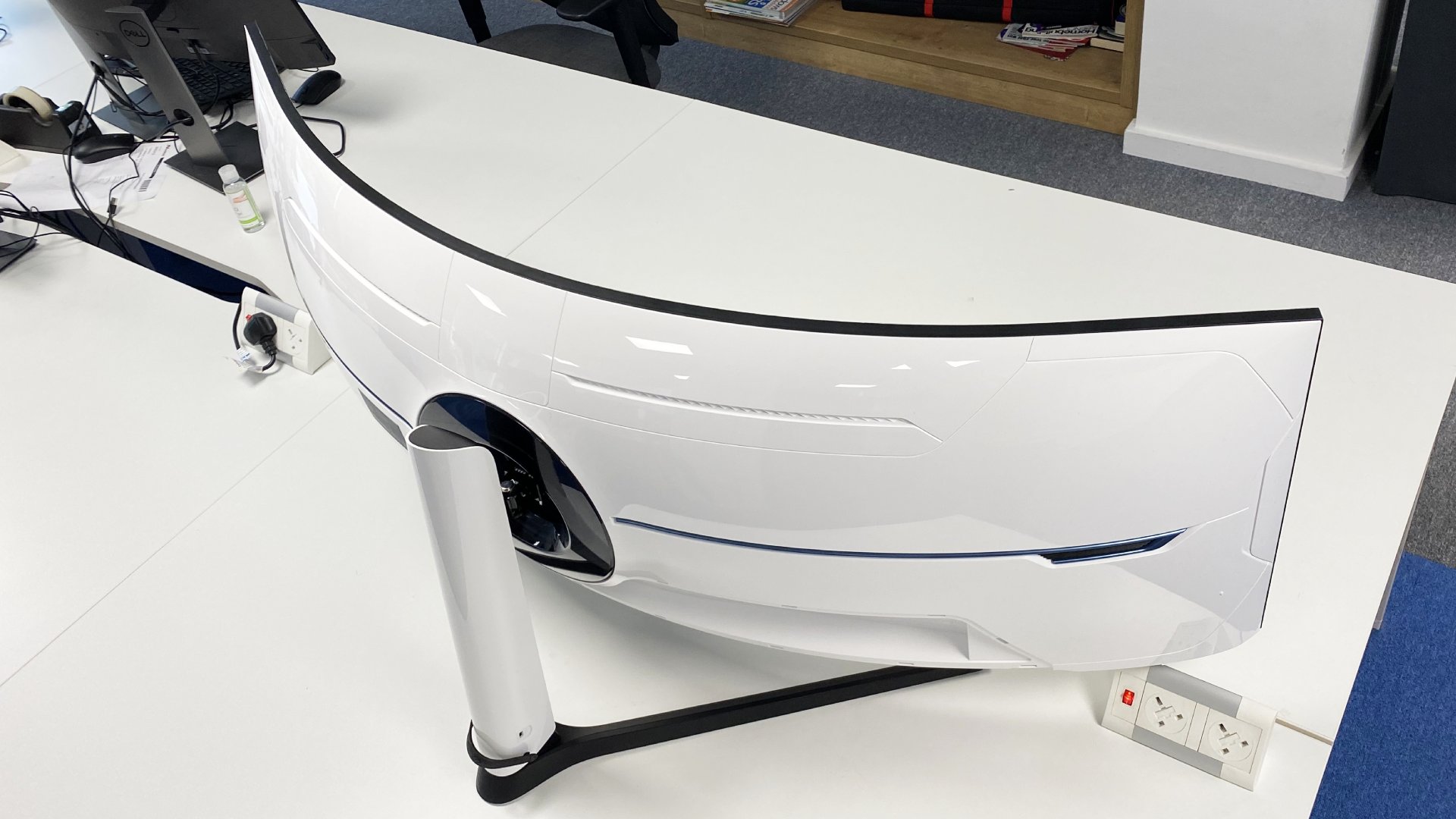
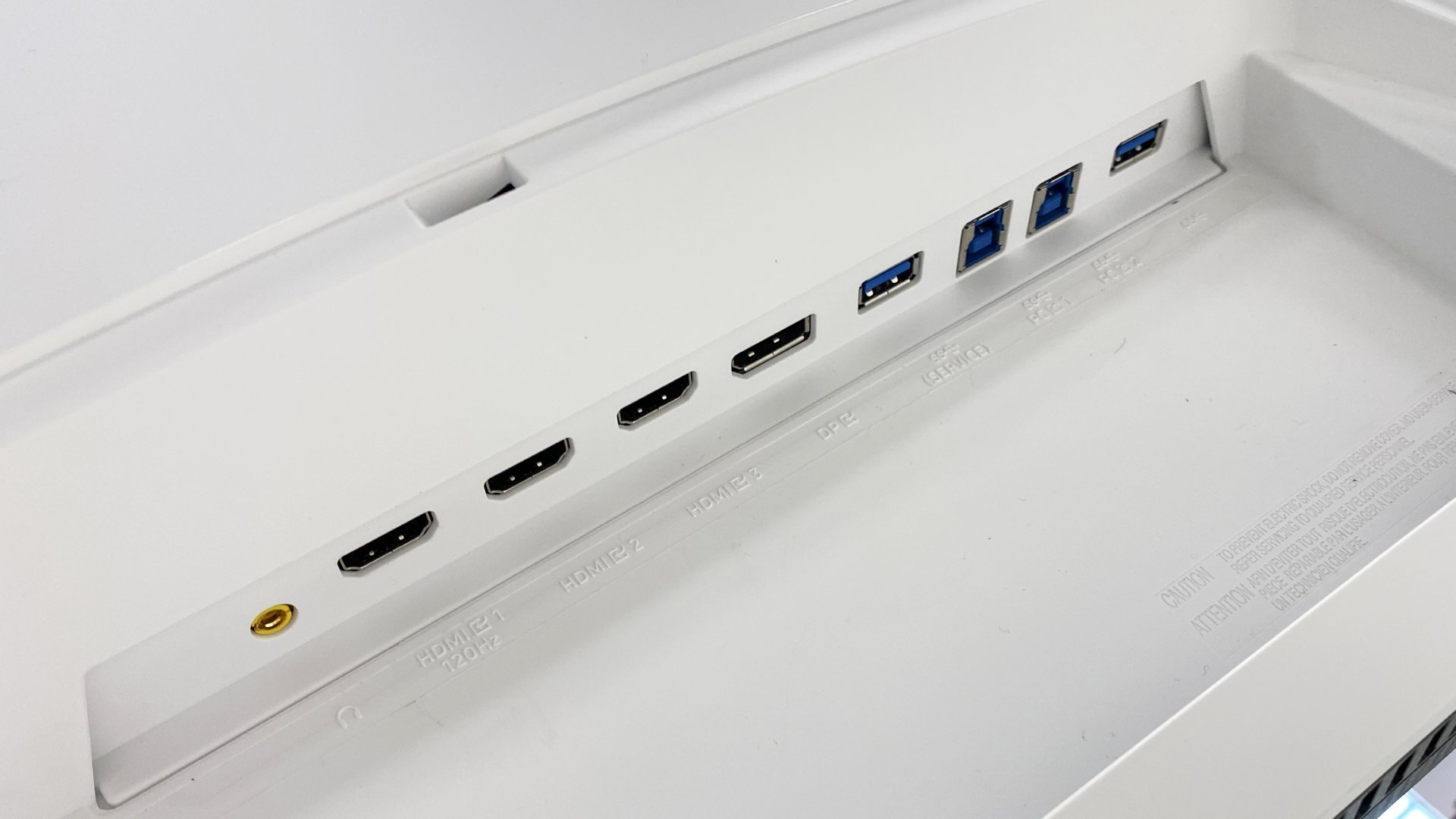
Specifications
Reasons to buy
Reasons to avoid
✅ You want the ultimate gaming experience: This level of pixel density has never been available before on such a large screen and it's incredible to see.
❌ You're expecting OLED-levels of perfection: Samsung has done a great job of improving its VA panels, but it's still no match, in terms of image quality and speed, as a decent OLED monitor.
The Samsung Odyssey Neo G9 G95NC is the best ultrawide gaming monitor because, well, just look at it. I mean come on, this thing's ridiculous, right? It's a beast and is without a doubt the least subtle display we've come across. We absolutely love it.
There's also little point trying to convince you whether to buy or not buy this thing—either way, you probably already know whether you're going to. We're talking a high price for the definition of overkill (but a gorgeous overkill, at that). If you have the money to spare and you want something so outrageous on your desk, nothing we say will change that, and ditto if you don't.
However, just so you know what you're letting yourself in for if you opt for this behemoth. This 57-inch, "4K on the vertical, unreasonable on the horizontal" VA panel monster is essentially two 32-inchers slapped together and made especially bendy with a 1000R curvature, a 240 Hz refresh rate, and more ports than you're likely to need.
In practice, we're talking some serious immersion: screen all around you and nary a washed out colour in sight, plus some full-whack DisplayHDR 1000 for some stellar colour reproduction and detailed bright and dark spots.
Unfortunately, the current fastest graphics card (the RTX 4090) can't go over 120 Hz at 4K, and at this outrageous resolution, it's unlikely a top-end AMD card will be able to pump out the frames for it. This all depends on the game, though, of course.
So, if you're up for a life of luxury, we reckon you don't need to look much further than the Neo G9 G95NC.
Read our full Samsung Odyssey Neo G9 G95NC review.
Best budget ultrawide gaming monitor
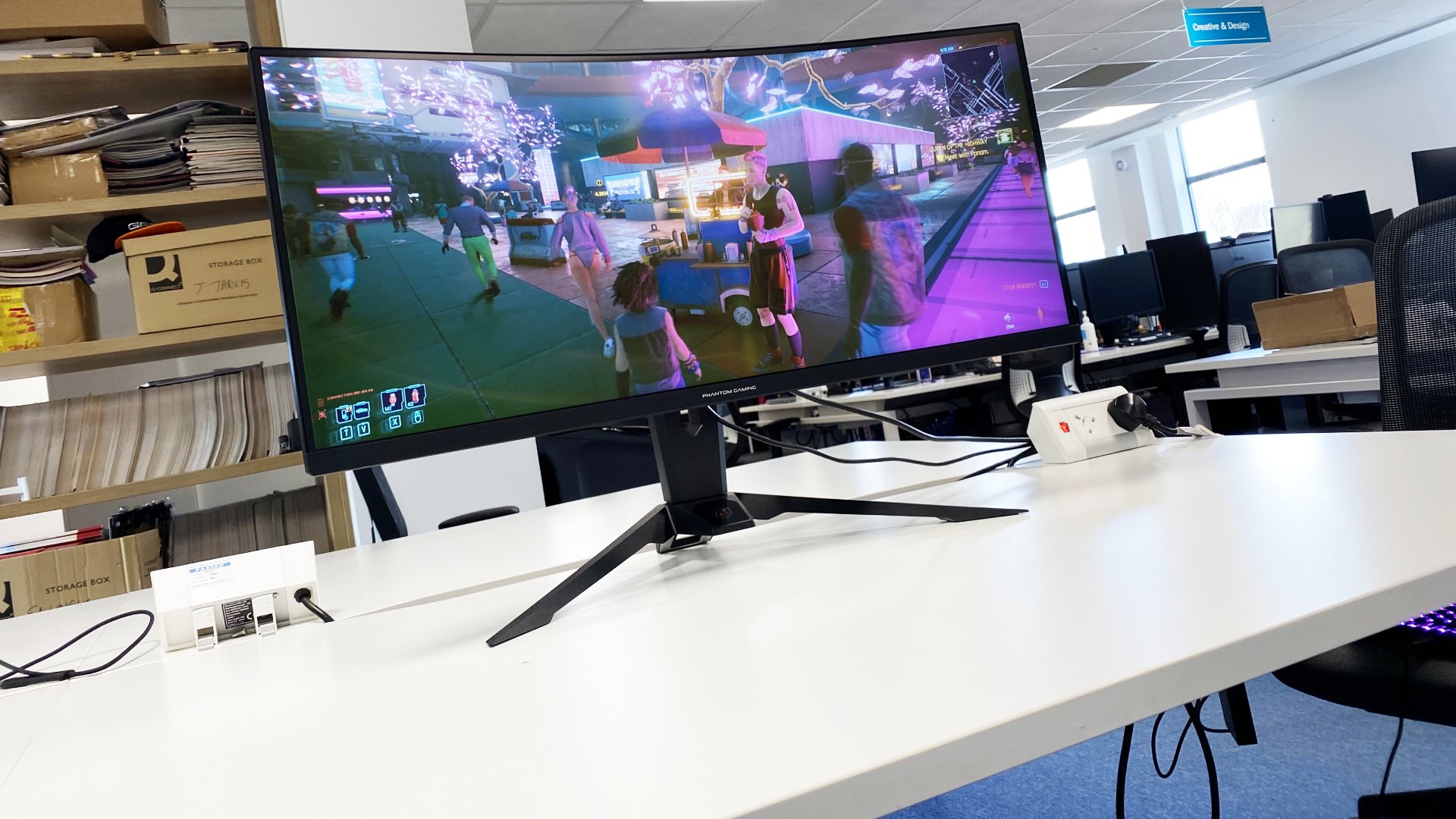
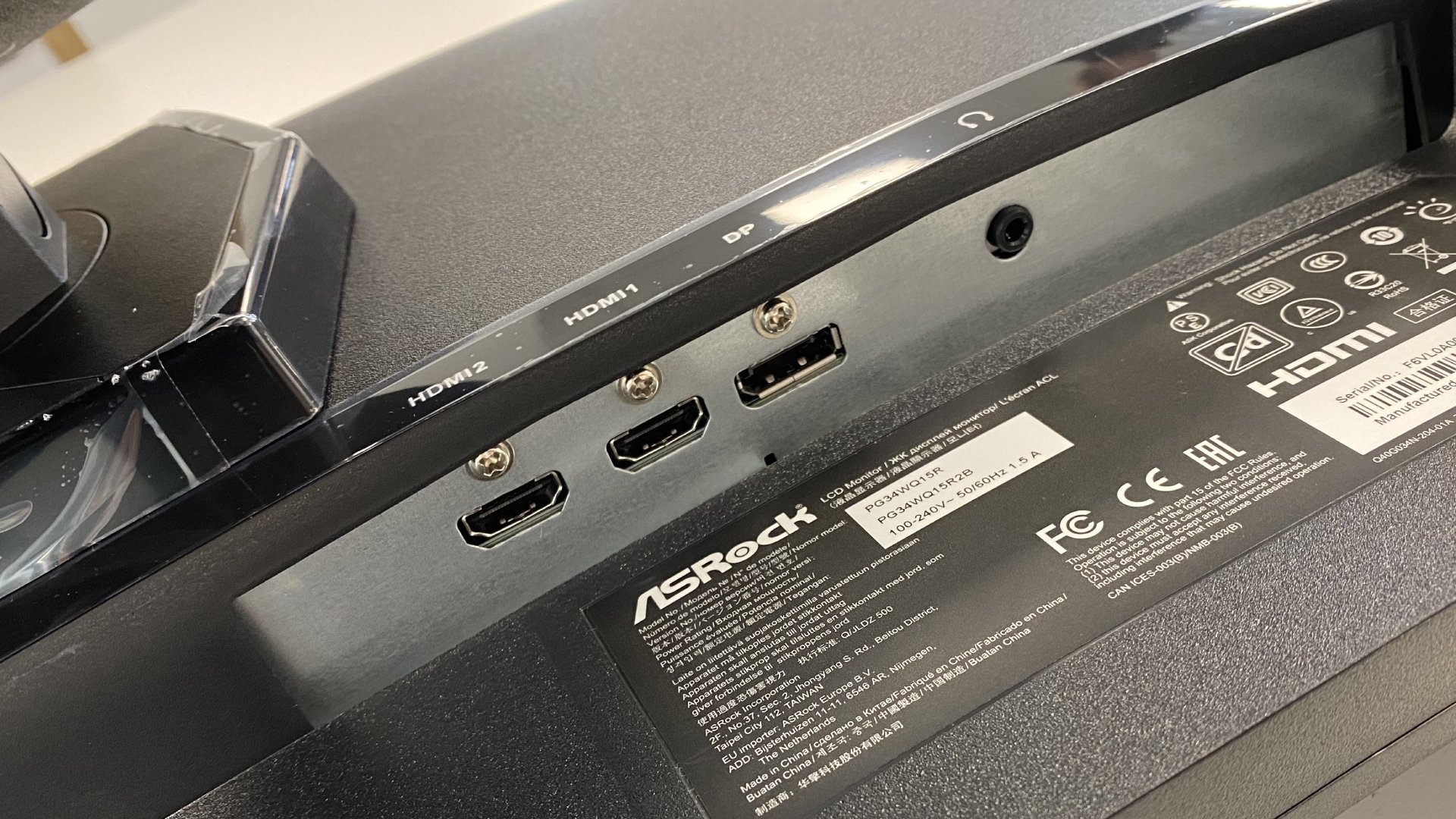
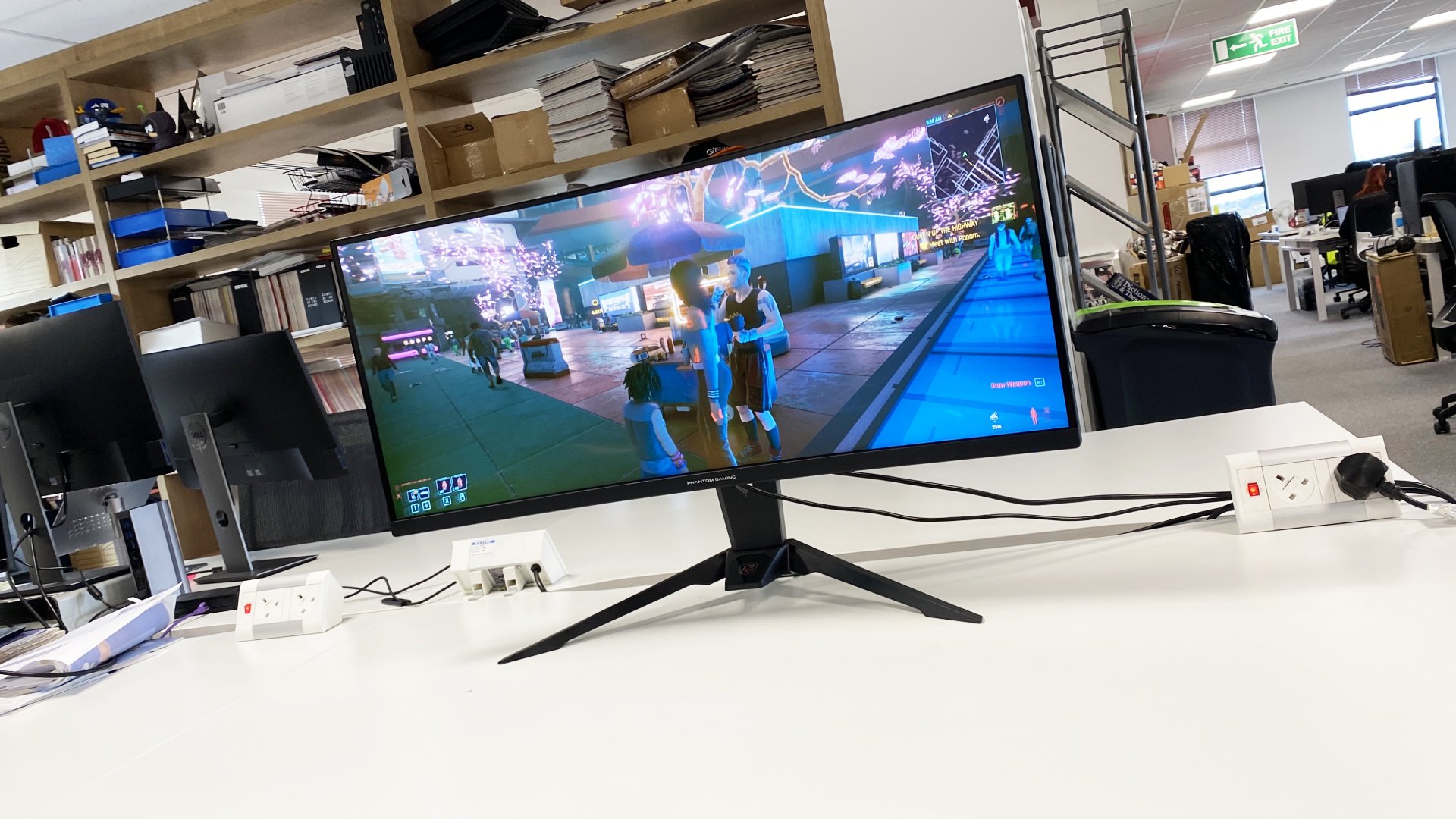
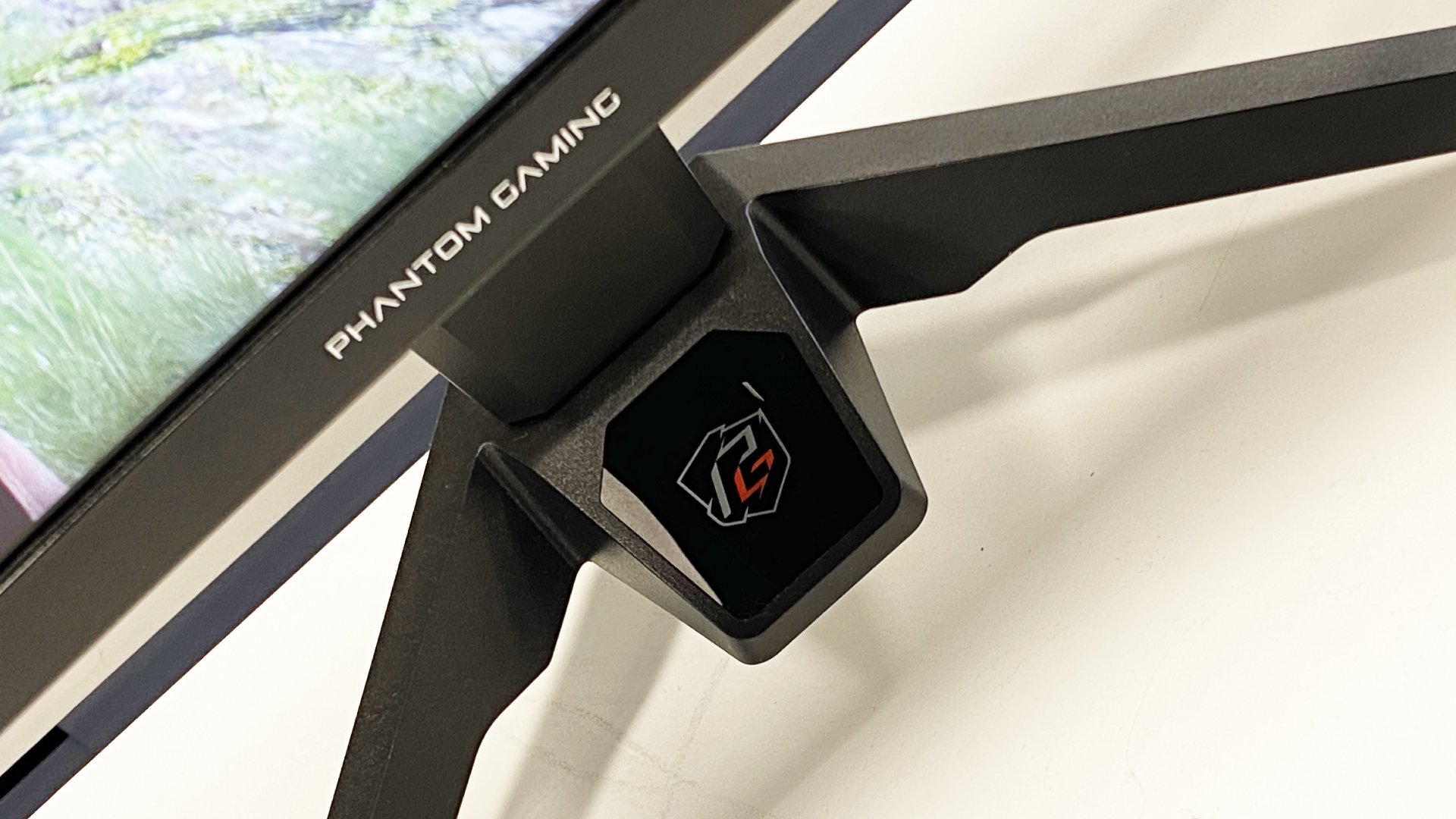
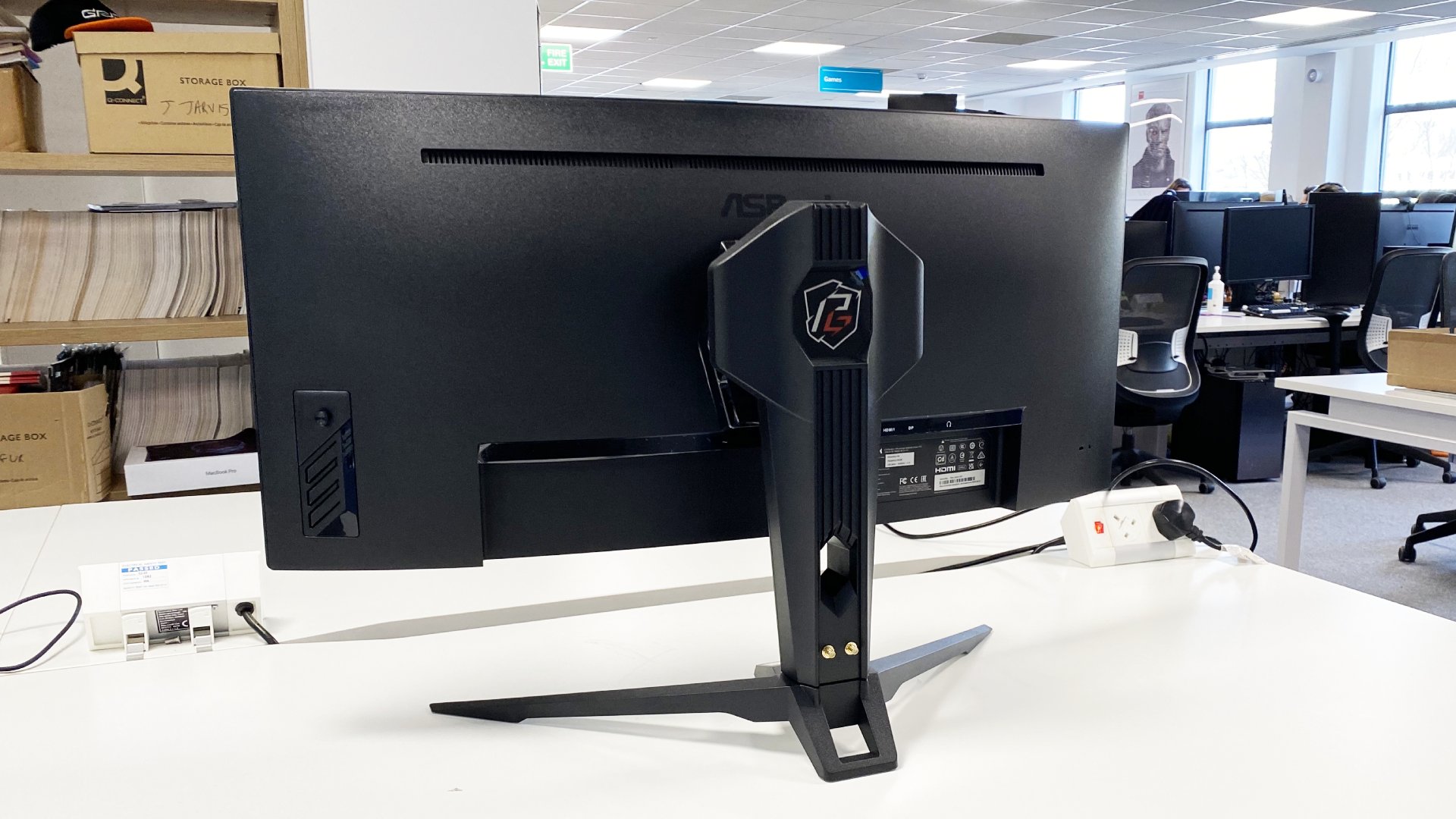
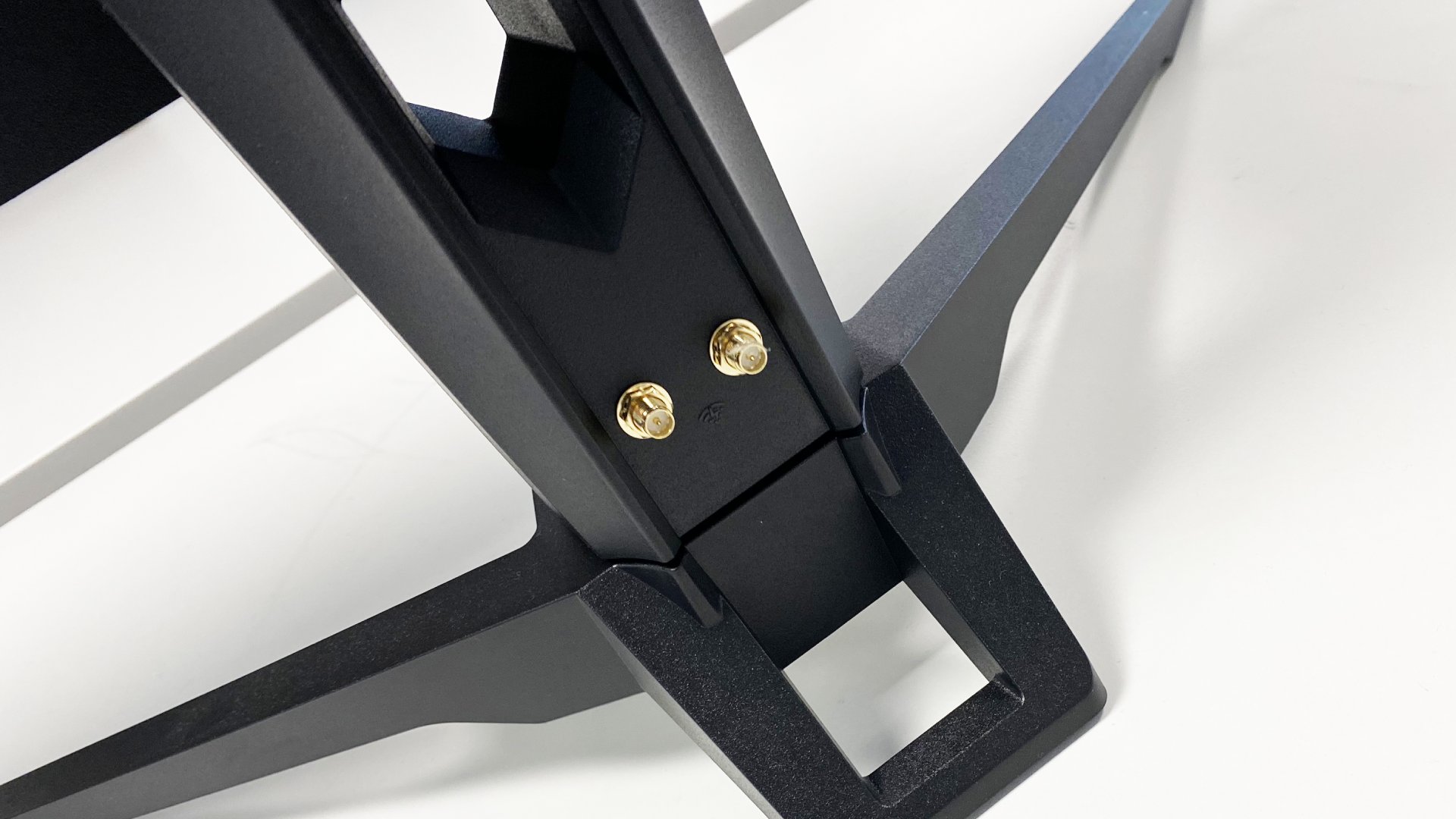
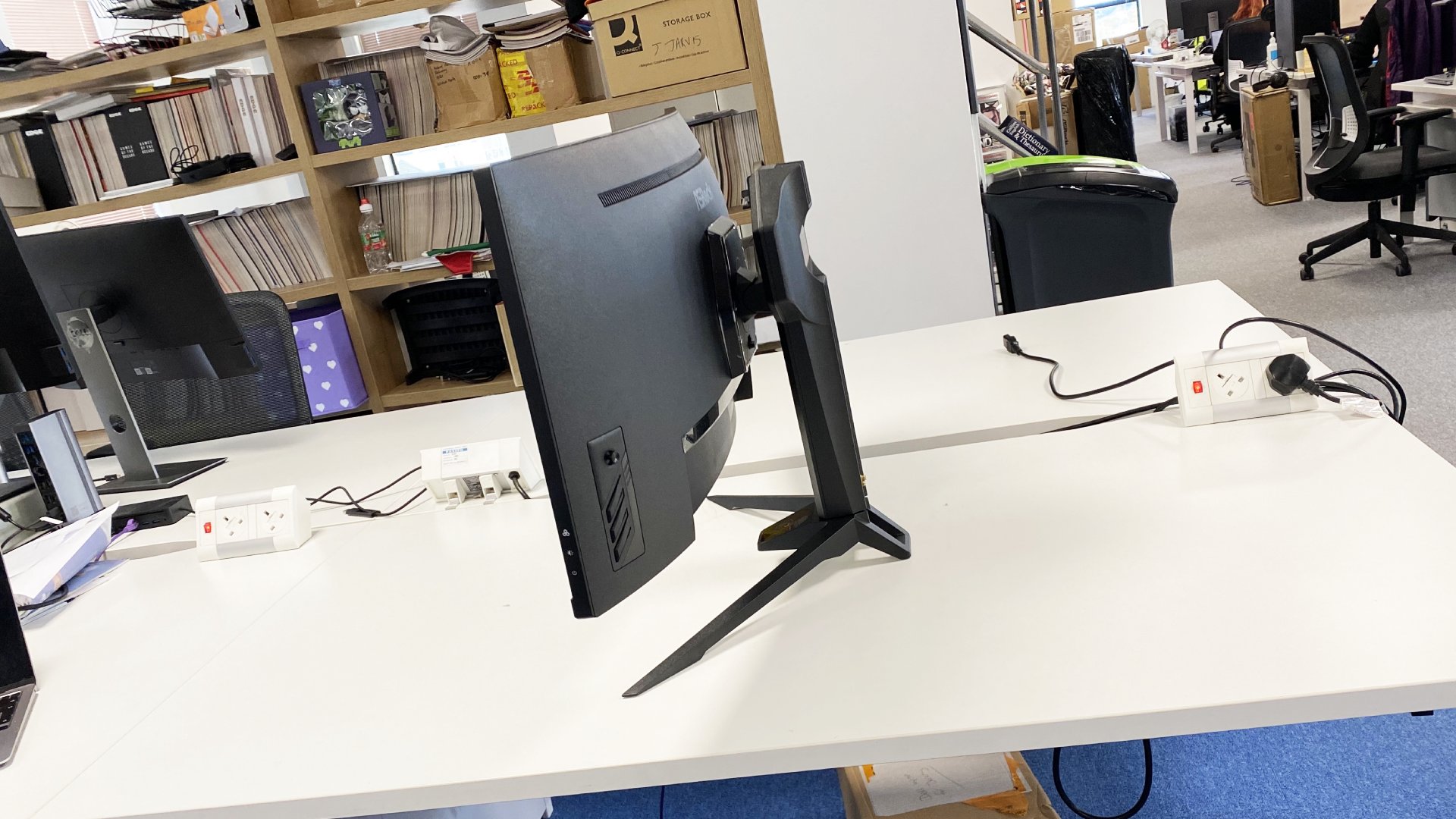
Specifications
Reasons to buy
Reasons to avoid
✅ You want the best budget ultrawide: Ultra widescreen gaming is super immersive but can get very expensive to enjoy. That's not the case here.
❌ You want the best out-of-the-box experience: ASRock's monitor needs a fair bit of tweaking and calibration to run and look as good as it can, but that's to be expected at this price point.
The best budget ultrawide gaming monitor is the ASRock Phantom PG34WQ15R2B not least because it shows just how affordable a decent wide boi can be these days. And it just so happens that ASRock hit it out of the park with its first bash at a gaming monitor, making an incredibly well-rounded display.
With the PG34WQ15R2B, you're getting a 34-inch ultrawide VA panel that can rock up to 165 Hz at up to 1440p resolution. 165 Hz at 1440p is, we reckon, a pretty solid standard for mainstream gaming today, and this extends to ultrawide monitors, too. The well-roundedness doesn't end there, though, because this thing is rated up to a very impressive 550 nits peak brightness, and it also claims a 1 ms MPRT response time.
Essentially, then, you're getting all the benefits of the Pixio PXC277 Advanced but in an ultrawide package (and an extra $130). Possibly the most pleasantly surprising thing about this monitor, though, is its peak brightness, which is unusual for a VA panel in this price range.
Then, you throw in a 3,000:1 contrast and DisplayHDR 400 certification, and you have the makings of a decent HDR experience—though nothing akin to true HDR, of course. And that's the kind of thing you're looking for with a cheaper ultrawide monitor, primarily for some casual gaming immersion.
It's certainly not the best pick for pure competitive gamers given that VA monitors aren't quite as snappy as IPS ones, although its response times are certainly serviceable. For your average gamer, though, it's a pretty cracking deal and is certainly the best ultrawide we've seen for this kind of price.
Read our full ASRock Phantom PG34WQ15R2B review.
Best 42-inch gaming monitor
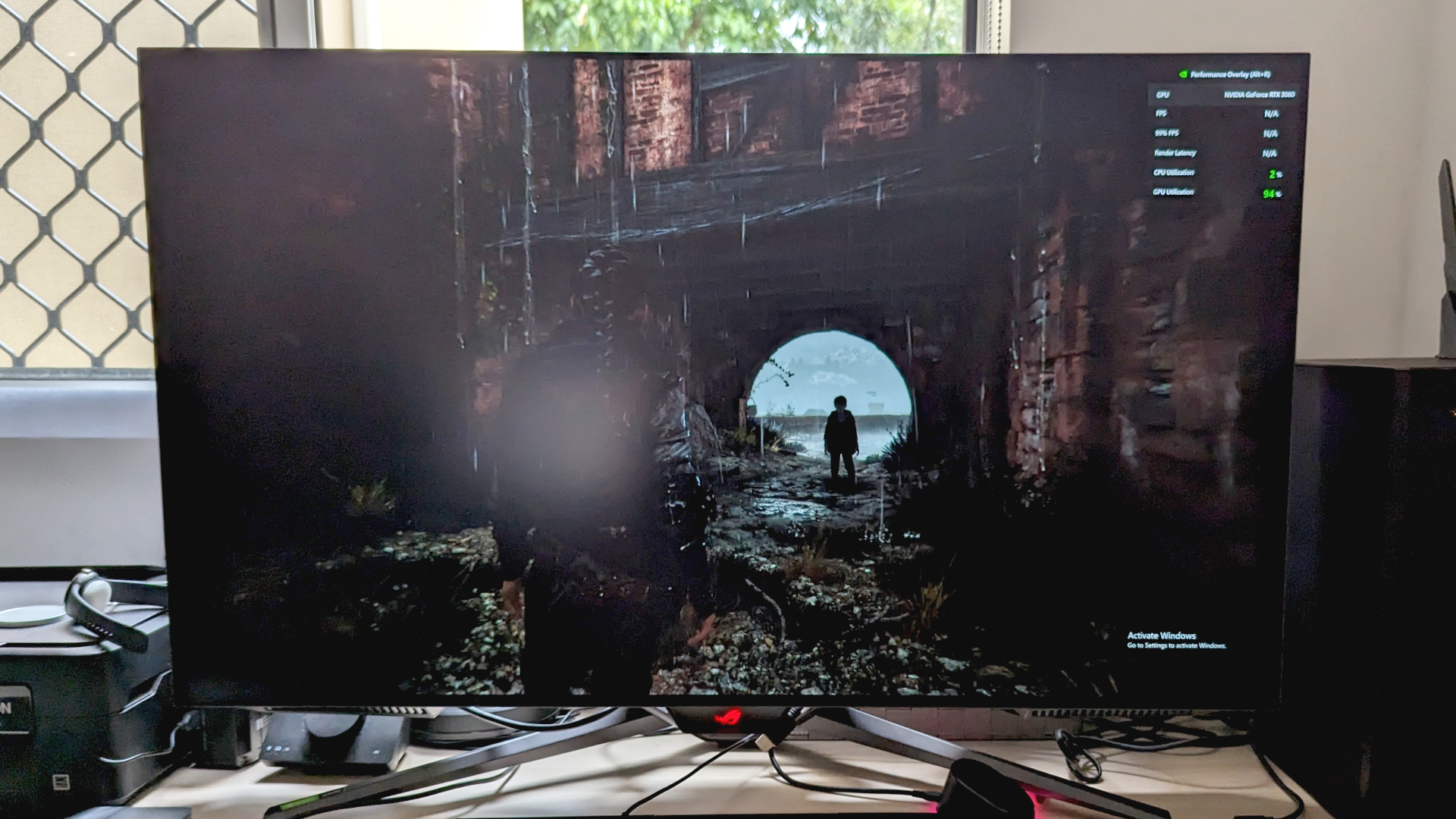
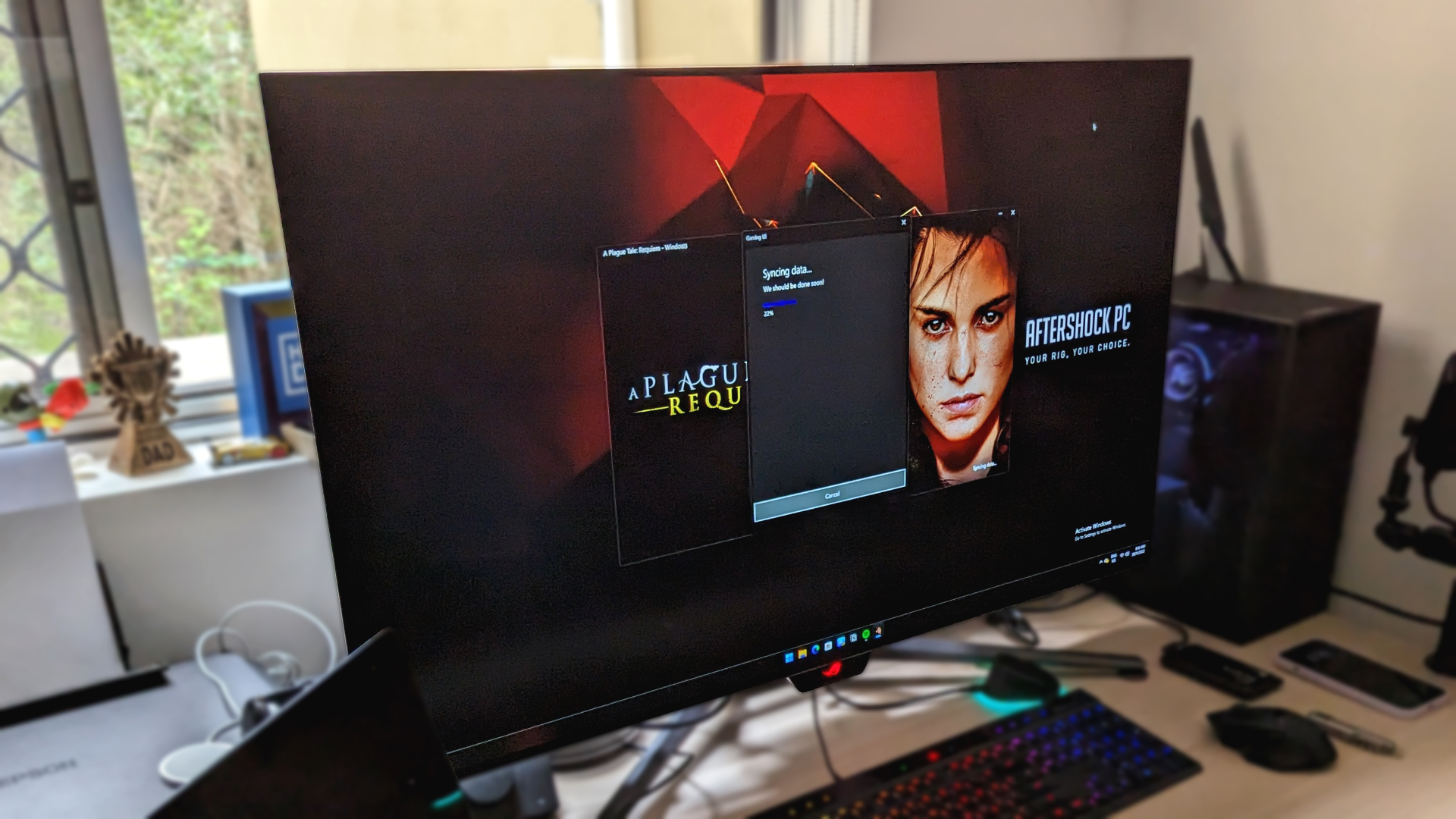
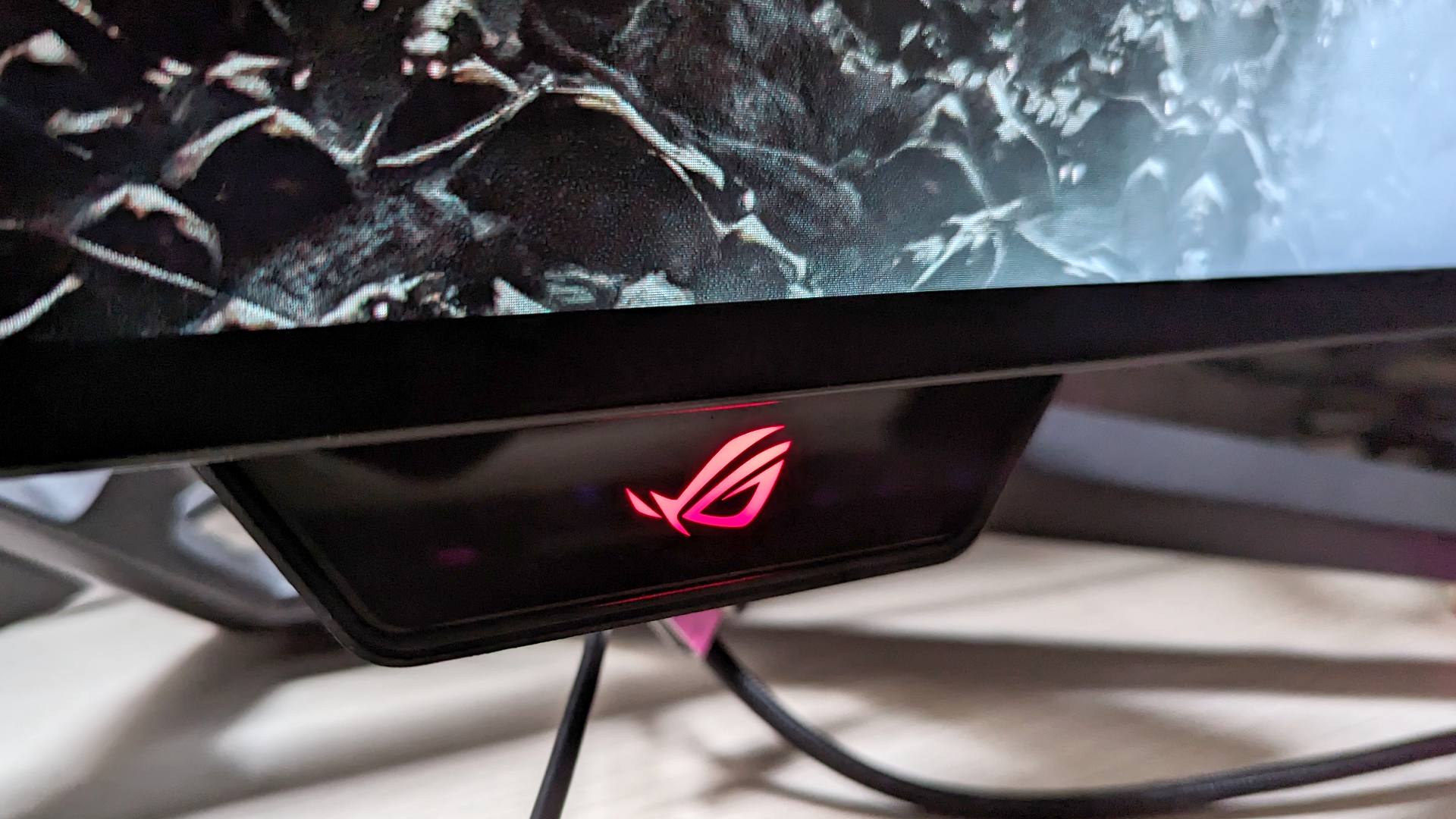
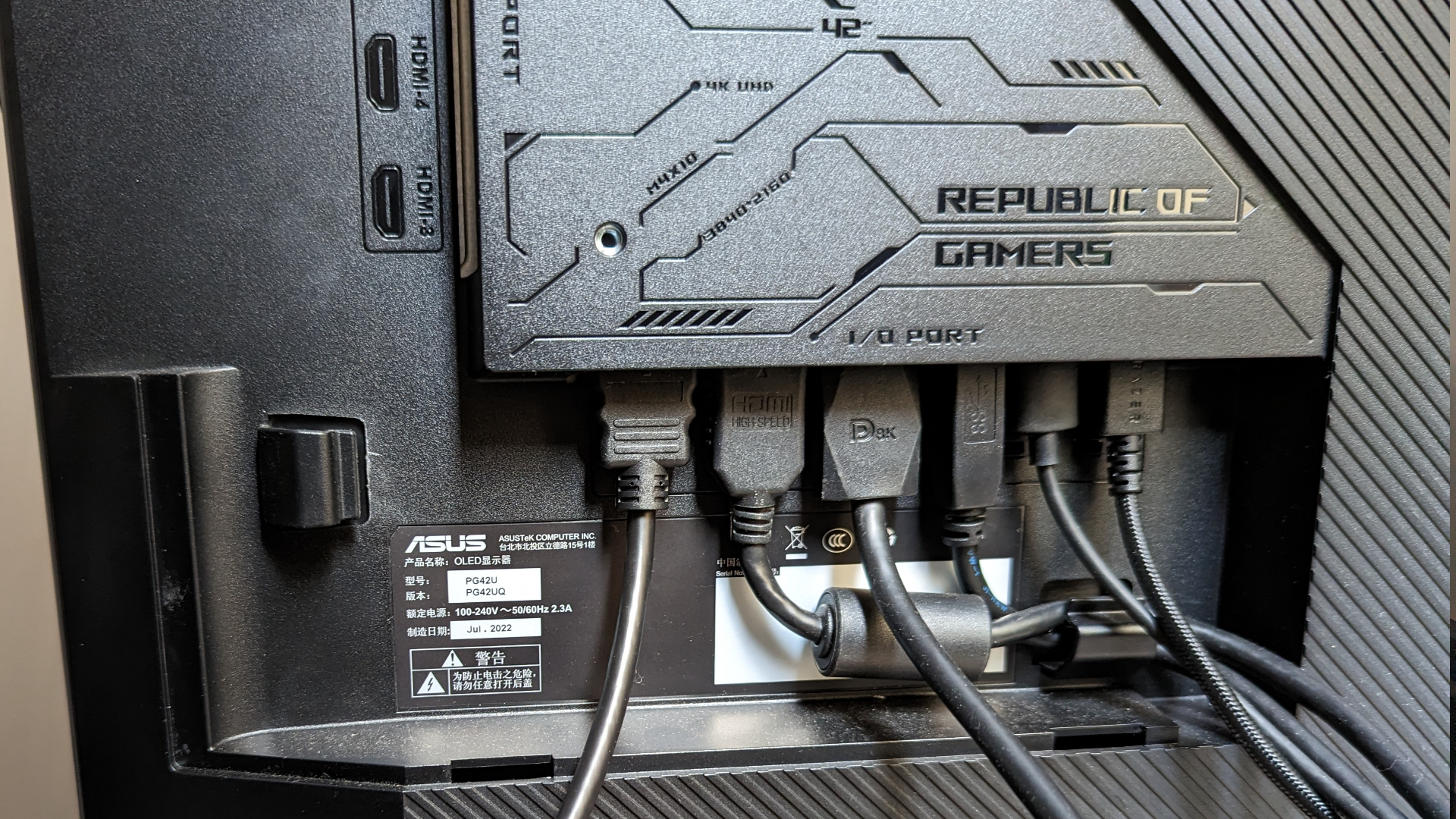

Specifications
Reasons to buy
Reasons to avoid
✅ You want the best large format experience: With a 42" OLED panel right in front of you, gaming on anything lesser will just seem dull in comparison.
❌ You want to use it for office work: The low pixel density, lack of stand adjustability, and color fringing all conspire to make this an unsuitable monitor for work.
The Asus ROG Swift PG42UQ is the best 42-inch gaming monitor primarily because it remembers it's a monitor, not a TV. You see, at this panel size, monitors often forget what they are and start to lean towards TV functionality. Or, they're just TVs, full-stop. Not so with the PG42UQ.
You see, OLED TVs like the LG C2 OLED TV (with which this monitor shares the same panel) can present problems when used as a PC monitor, not least of which being that they don't tend to wake and sleep when the computer does. The PG42UQ suffers no such issues. It wakes and sleeps when it should, it has full G-Sync Compatibility and a decent refresh rate to boot.
You're also getting a stunning OLED panel with this monitor, of course, with a 4K resolution at 16:9 aspect ratio. Its 138 Hz refresh rate might seem a little strange, but hey, I'll take 138 over 120 even if it's not a "standard" number.
This all pulls through in practice, too, offering a superbly immersive gaming experience. 450 nits peak brightness for SDR content and 750 nits for HDR content, with true blacks and vibrant colours, all make for a wonderful gaming-slash-home-theatre experience.
This is where the true value of this monitor lies, really, in that it turns a spectacular TV into a veritable gaming monitor, with all the simple PC-monitor connectivity gamers require, as well as additional nice-to-haves such as a Gaming menu section for overclocking and pixel shifts to prevent burn-in. It's well worth a look if you're looking for a TV-like monitor rather than a straight-up TV.
Read our full Asus ROG Swift PG42UQ review.
Best 1440p OLED gaming monitor
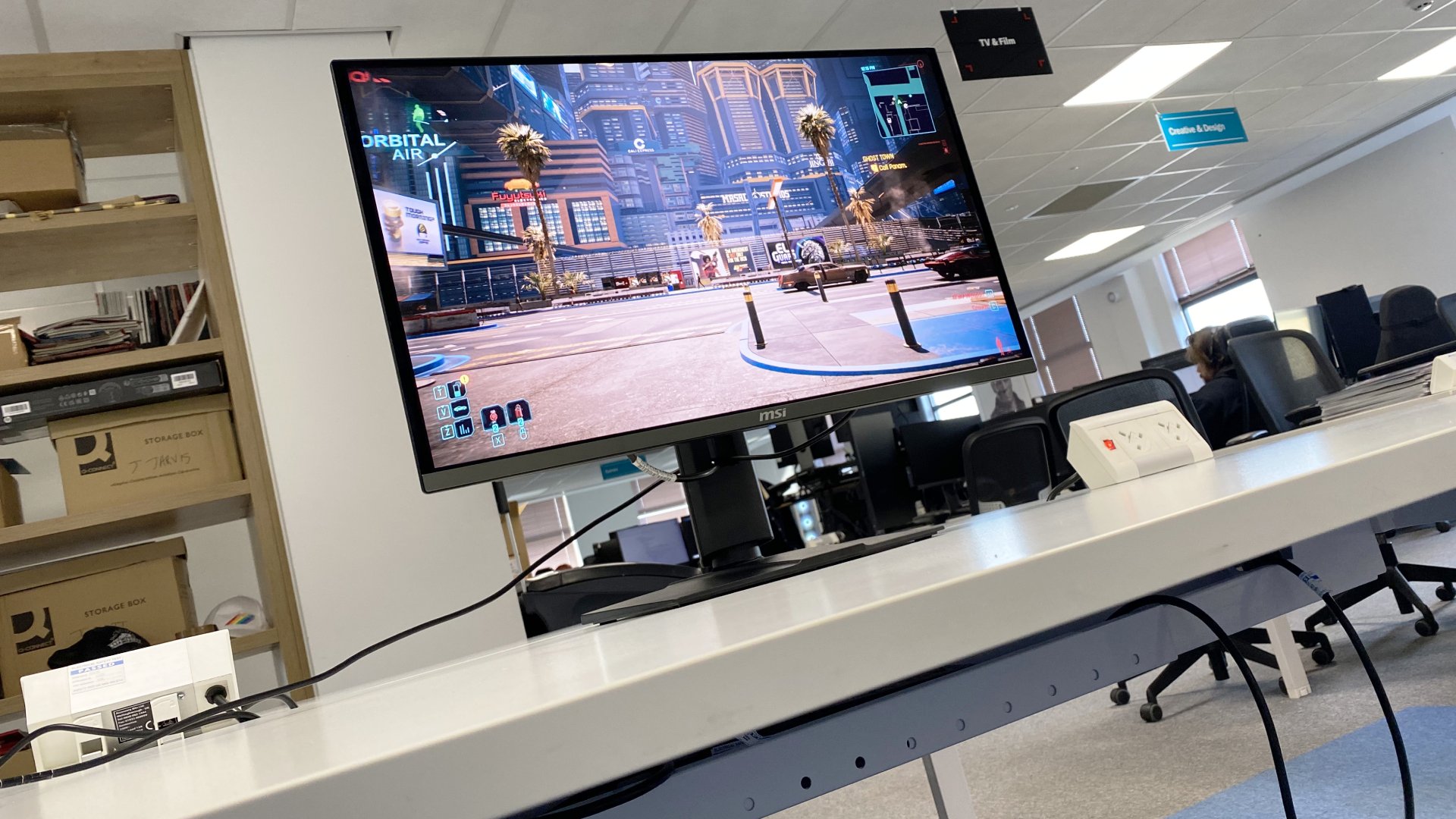
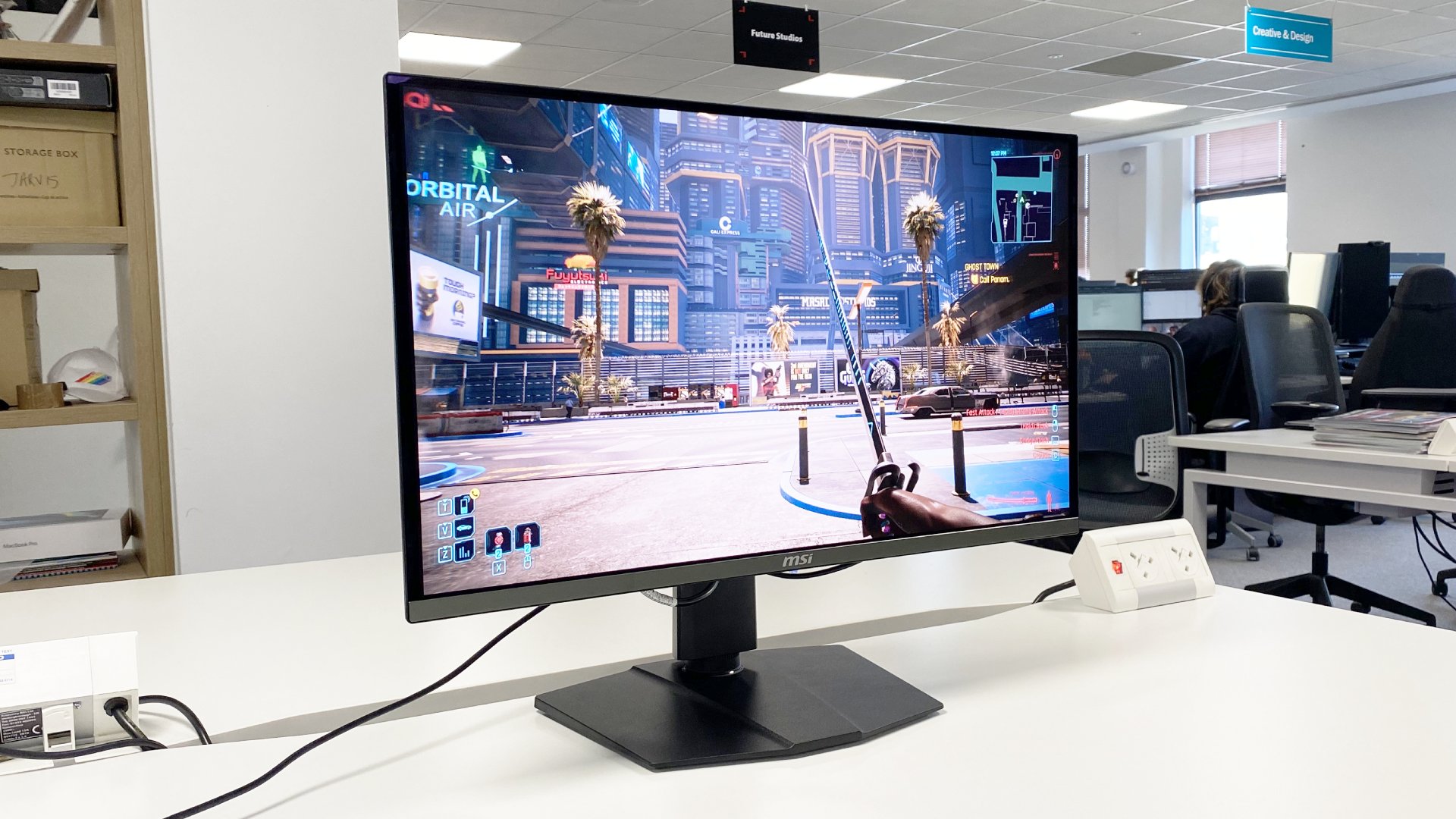
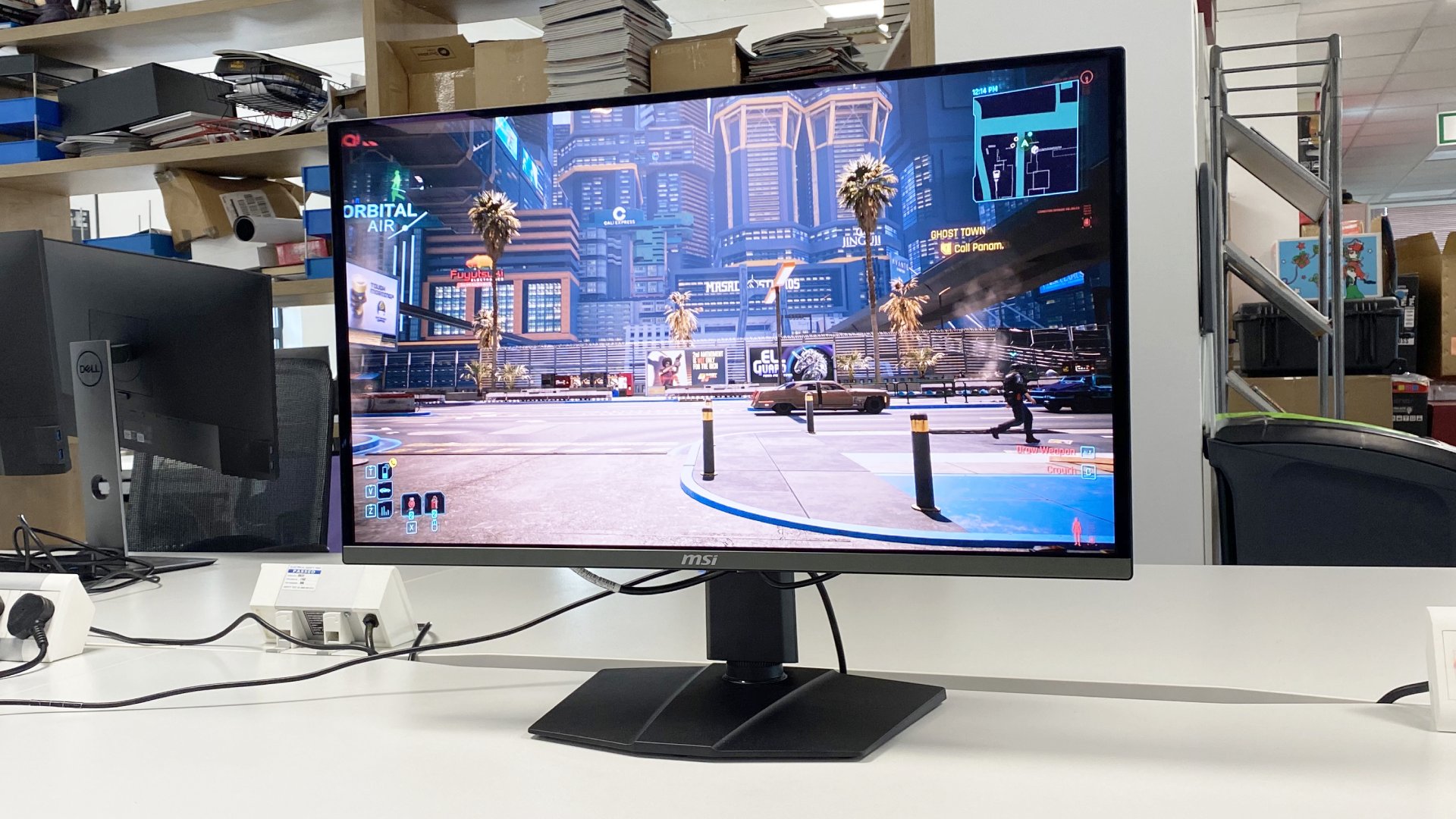
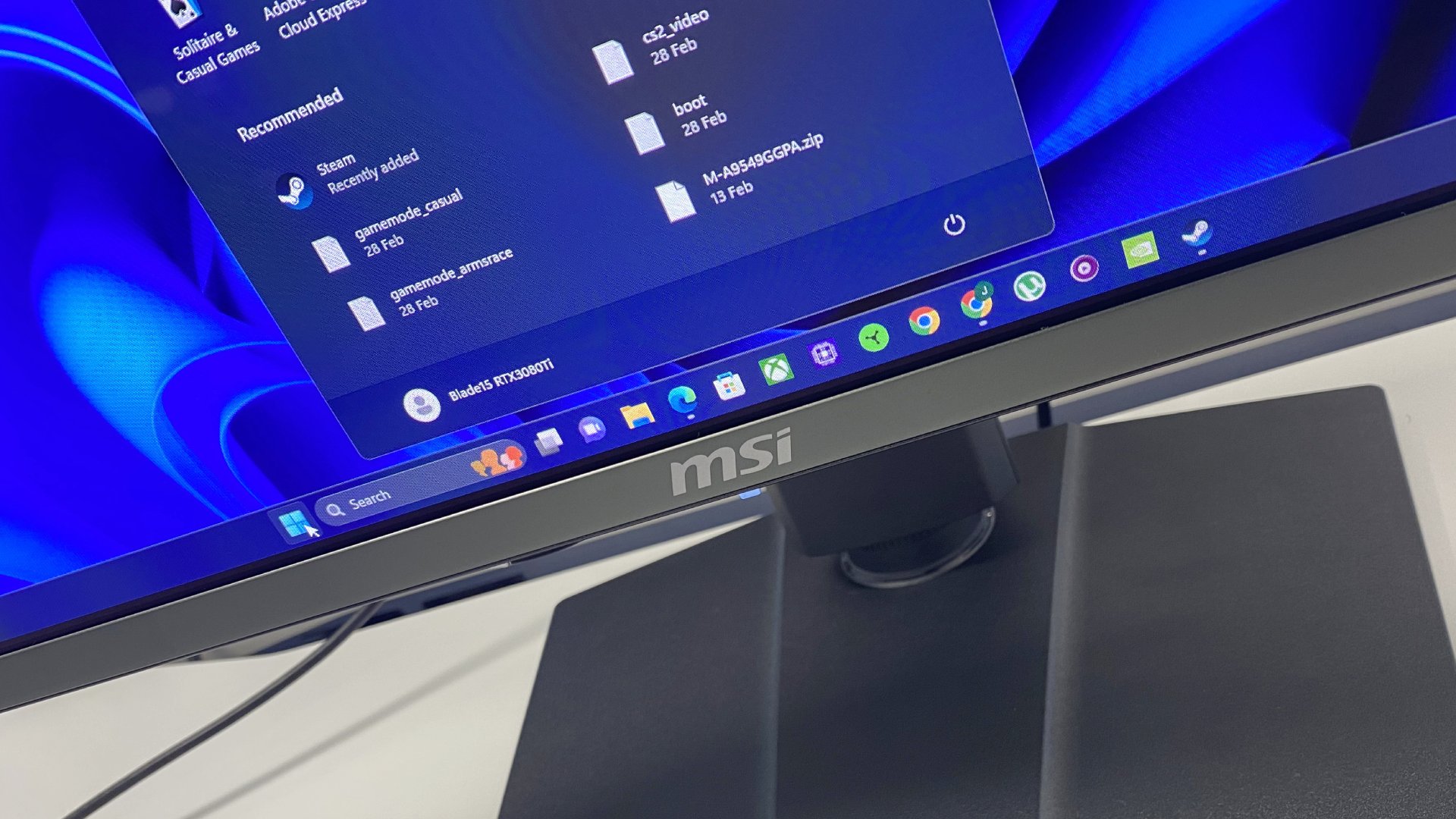
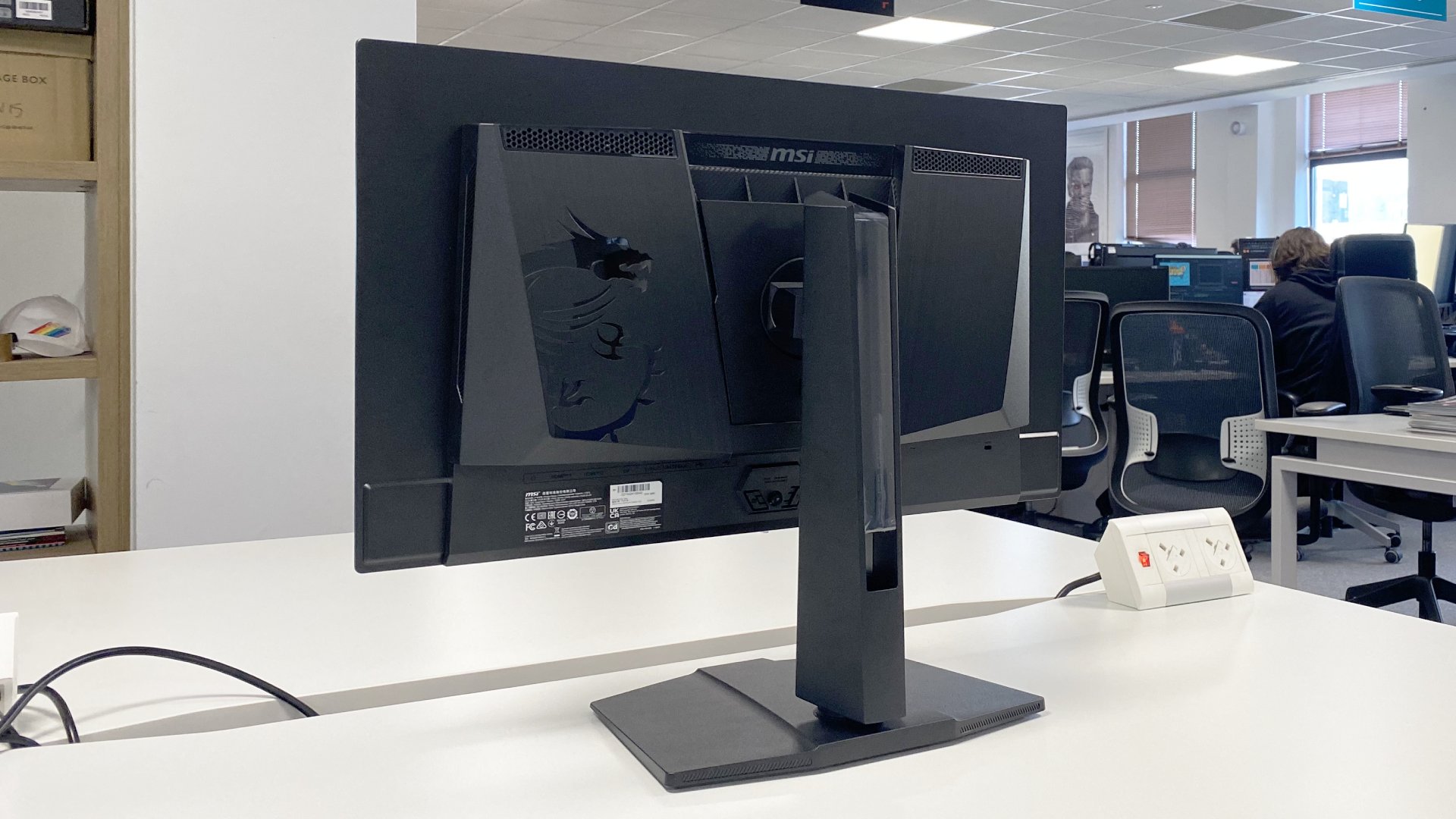
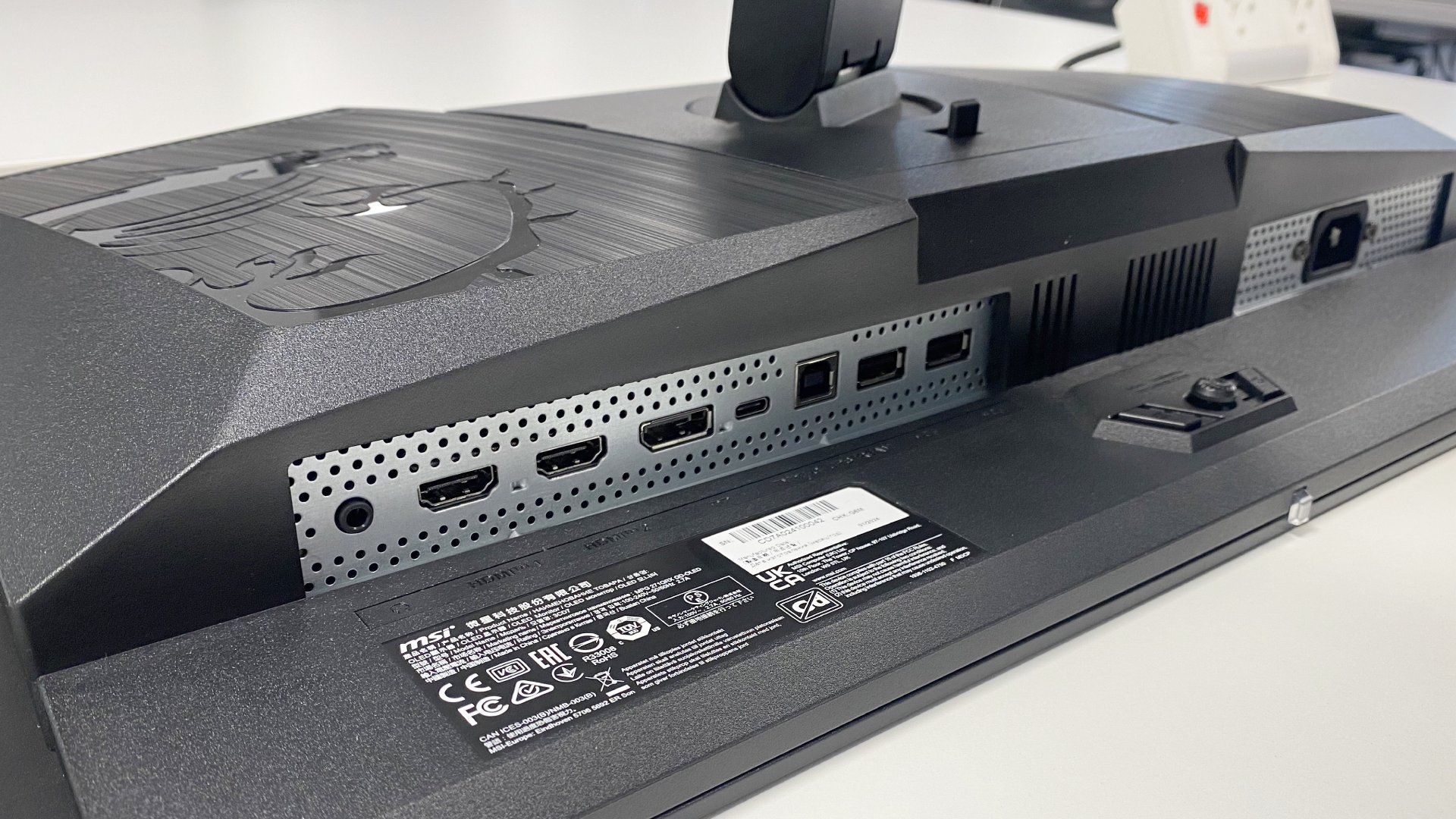
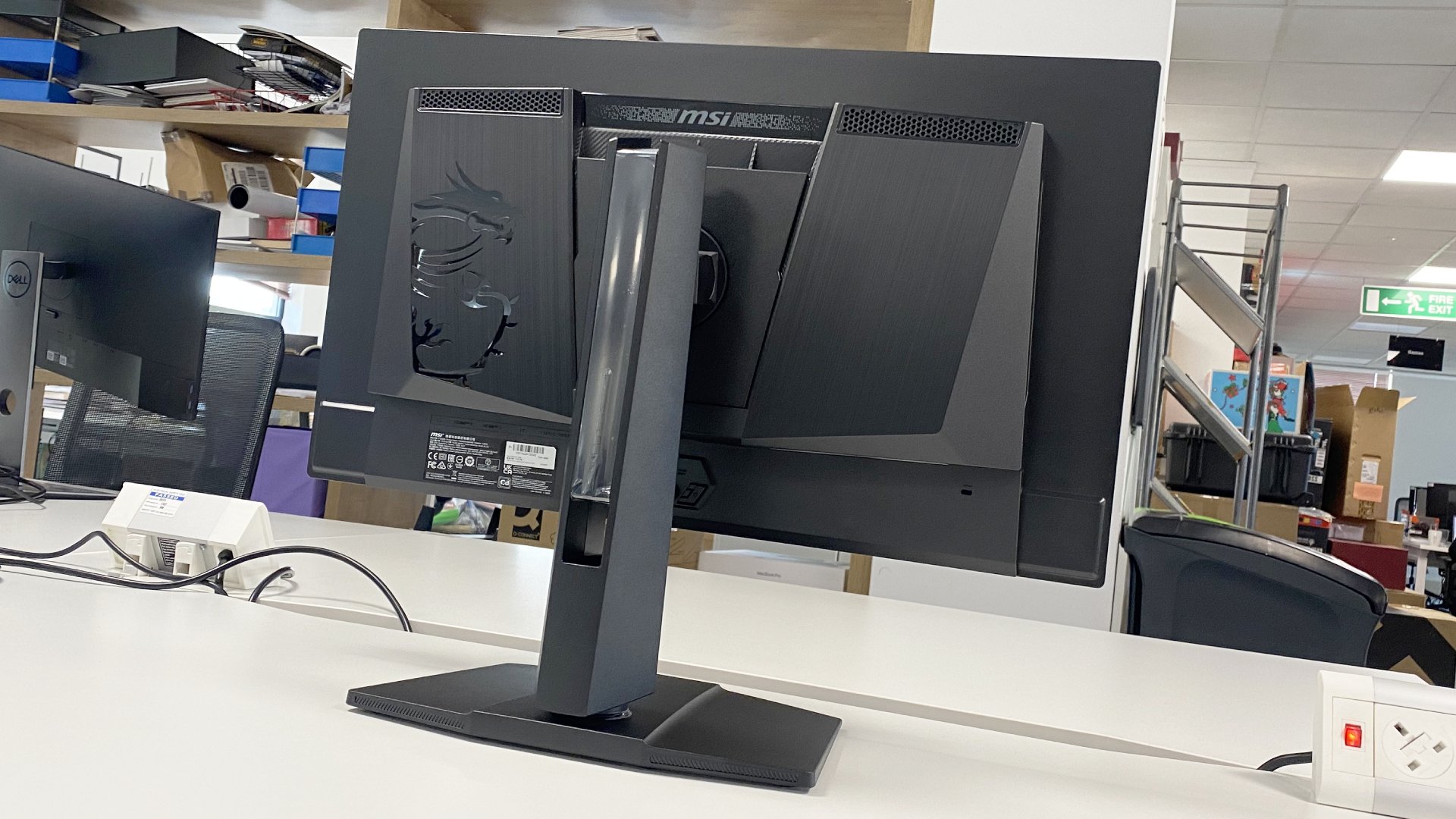
Specifications
Reasons to buy
Reasons to avoid
✅ You want the ultimate 1440p monitor: If money is no object, you can secure yourself an unrivalled 1440p gaming monitor in the MPG 271QRX.
❌ You want the best OLED for the money: You can get a lot more for the same money (or maybe less), even with another OLED.
The best 1440p OLED gaming monitor is the MSI MPG 271QRX. Favoring speed over resolution, it's the choice of anyone hoping to become a competitive gaming champion. So long as they have a mega-sized budget...
Usually, we'd say that a 1440p gaming monitor with a 165 Hz refresh rate is the perfect blend for PC gaming. The MPG 271QRX goes one step further, with a 360 Hz refresh rate.
The panel within this MSI monitor is excellent in its response, vibrancy and contrast. That should come as no surprise, as it's the same QD-OLED panel made by Samsung and found in many of the best OLED gaming monitors.
Importantly for competitive gamers, it offers a 0.03 ms response time. That's an impossible feat for any non-OLED gaming monitor today.
Paired with the right graphics card, you can really drive super speeds with this monitor. You'll still need something high-end to tap into 240 Hz or greater frame rates, but if you're willing to spend so much on your gaming monitor then surely an RTX 4090 isn't entirely out of your budget, right? Right!?
There's no denying that this monitor is extremely expensive versus other 1440p panels. Even other OLEDs with arguably more attractive specifications. That's why the MPG 271QRX is much more limited in its appeal. Yet if you are chasing supreme speeds and a sporting edge over your enemies, the MSI MPG 271QRX is definitely worth checking out.
Read our full MSI MPG 271QRX review.
The best OLED ultrawide monitor for gaming
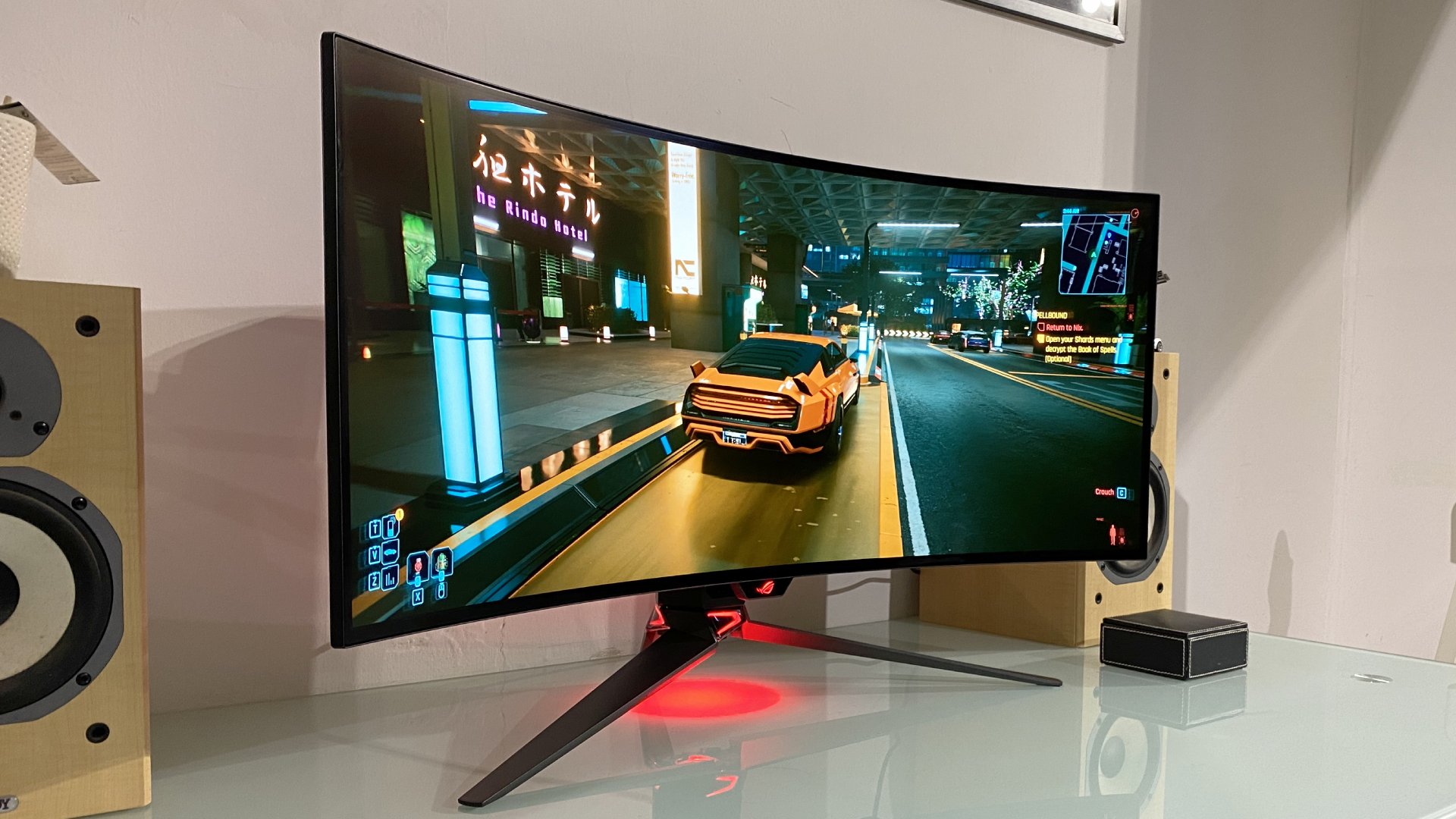
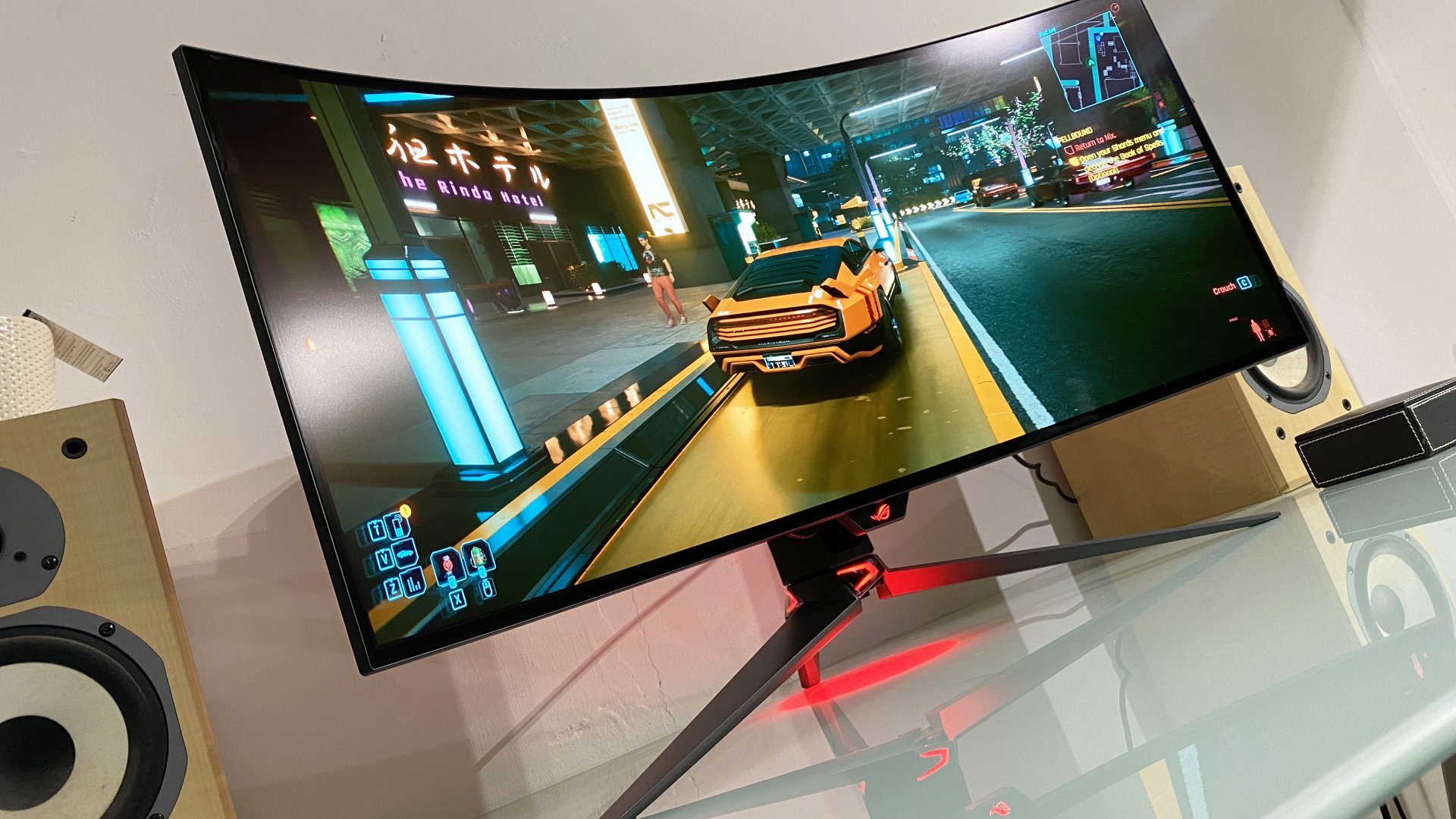
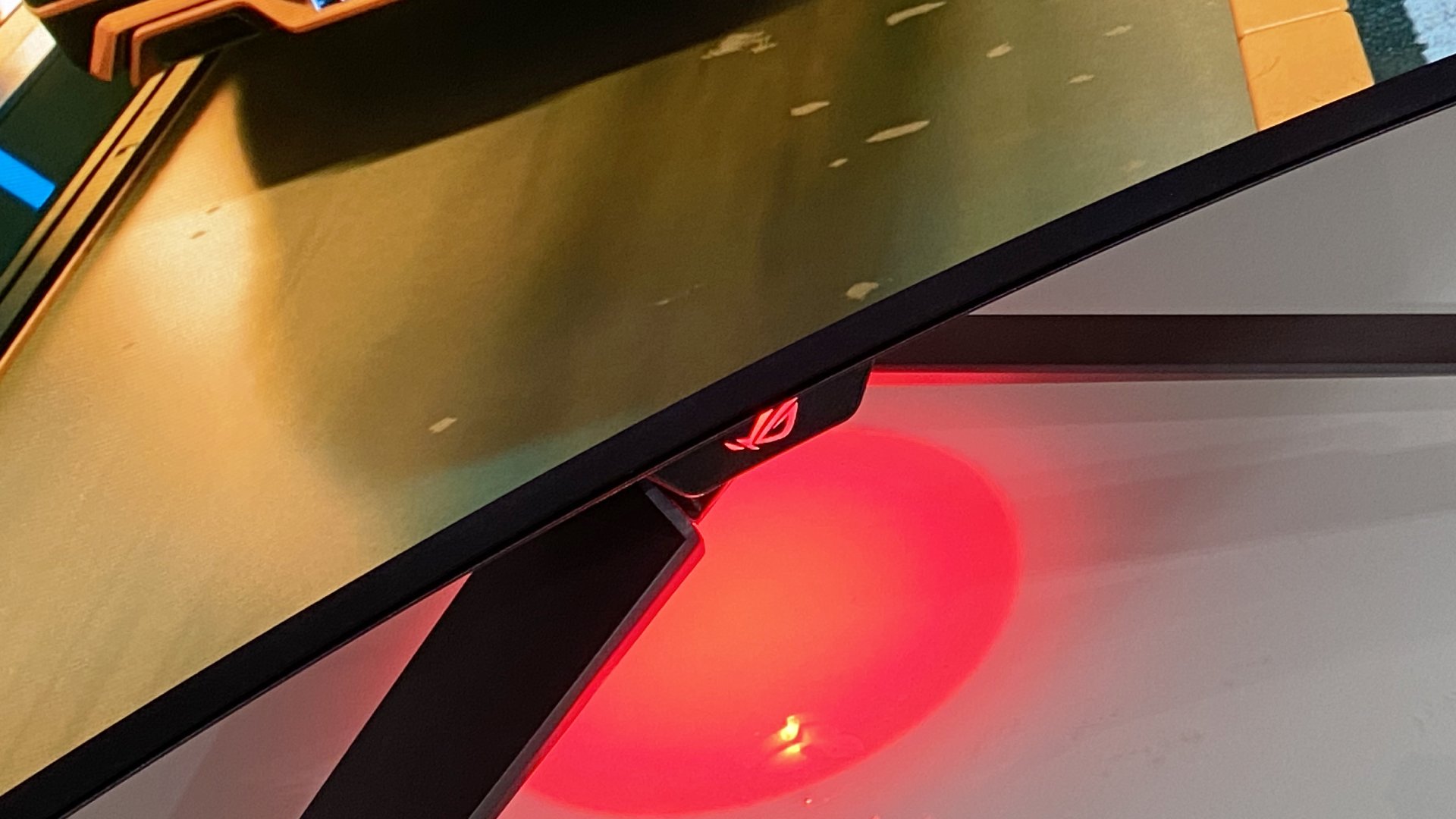
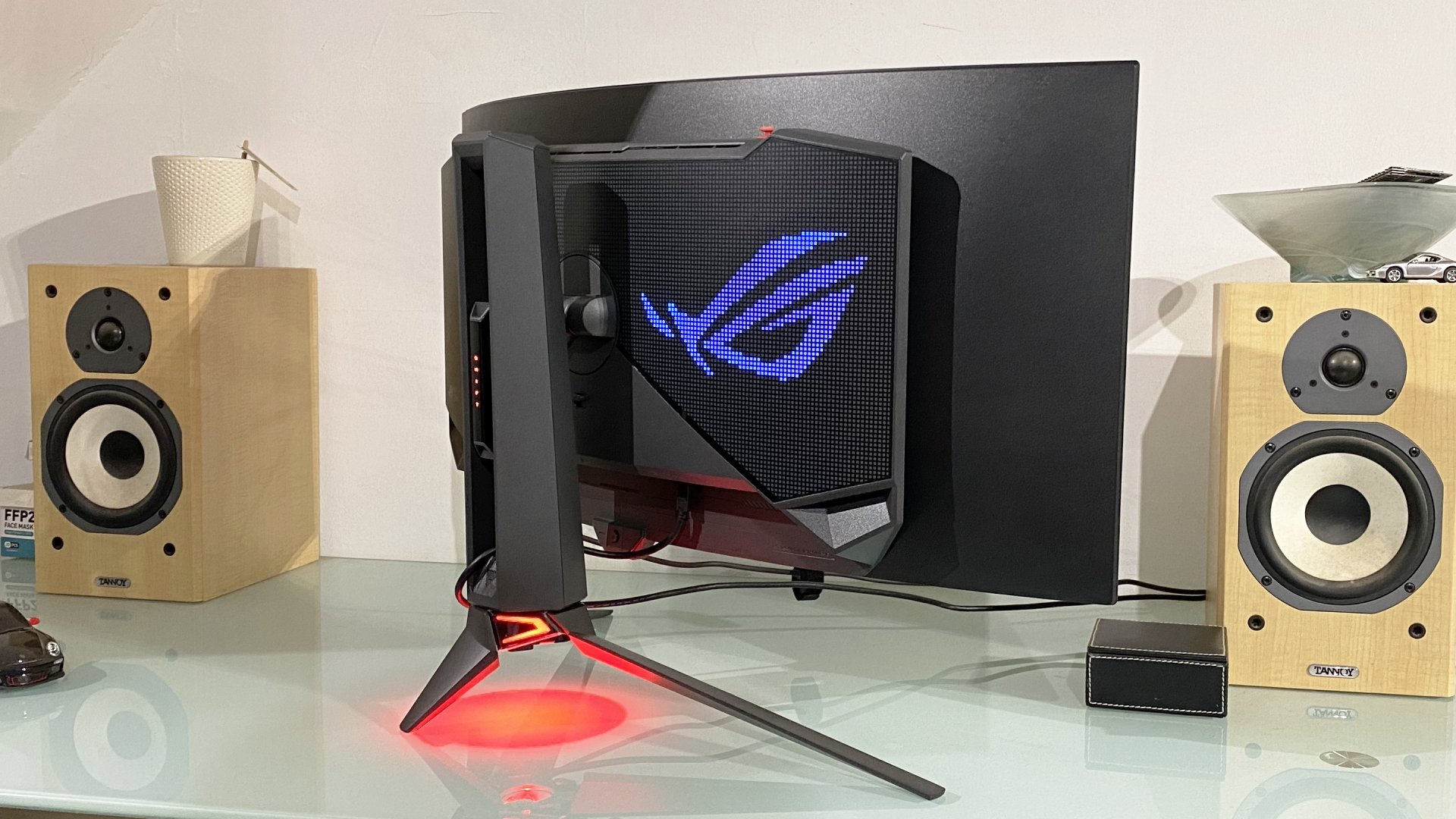

Specifications
Reasons to buy
Reasons to avoid
✅ You want the best OLED can offer right now: And that's a whole lot. While first-gen panels are great, these more modern units really are top-notch.
❌ You're not looking to spend a lot: It's dropped in price a fair bit since launch, but you'll still be paying north of $1,000 for this superb display.
The best OLED ultrawide is a hotly contested spot on this list, but we have to give it to the Asus ROG Swift OLED PG34WCDM. Like all good monitors, it's got a nearly impossible-to-remember name—but once you've seen one, you won't forget it in a hurry.
This beautiful display makes use of an LG OLED panel that puts it ahead of our previous top pick, the almighty Alienware 34 AW3423DW. Thanks to the Alienware often appearing on discount, it now moves to our top budget OLED ultrawide recommendation. But here, the Asus takes the top spot overall. All hail the new king.
Back to that panel. It's got specs that impress, with a 3,440 x 1,440 resolution, a 240 Hz refresh rate and 99% DCI-P3 color coverage. That'll tell you the barebones of what this display is capable of, but it's what it looks like in person that really makes it stand out.
There's a word we used in our review that sums up the Asus nicely, and that word is zing. Its HDR handling is excellent, and it's got all the OLED loveliness you could hope for—super vibrant colors, "infinitely" deep blacks, and just a general picture quality that reassures you that you've spent your money wisely, even if you did have to open up your pocketbook extra wide. It's simply a jaw-droppingly good-looking display, and thanks to that 240 Hz refresh rate, plenty fast, too.
Text fringing is a common OLED complaint, but the Asus works hard to keep it to a minimum. Thanks to a Clear Pixel Edge algorithm the text handling is better than most. And if you're worried about burn-in, well, that's just a factor of OLED tech. But the Asus, for what it's worth, has a large number of mitigation features to minimise the issue, although like all OLED screens, it won't have got rid of it entirely.
We'd say that you've got a better shot with a screen that does its damnedest to minimise it, though, and the Asus is well-equipped in that regard.
Ah, go on then, let's talk price. The Asus ROG Swift OLED PG34WCDM has an MSRP of $1,299, and that's a huge amount of money to pay for any monitor. That being said, we have seen it appear closer to the $1,000 mark from major retailers, and at that price, it makes a lot more sense. Until very recently, we'd recommend the Alienware over the Asus simply because of the price difference, but now the Swift is starting to drop, we have to say that this is the better panel.
It's pricey but brilliant. Brilliant, but pricey. No matter which way you look at it. But if you're looking for the best OLED ultrawide right now, well, the Asus ROG Swift OLED PG34WCDM is simply it.
Read our full Asus ROG Swift OLED PG34WCDM review.
Best budget OLED ultrawide gaming monitor
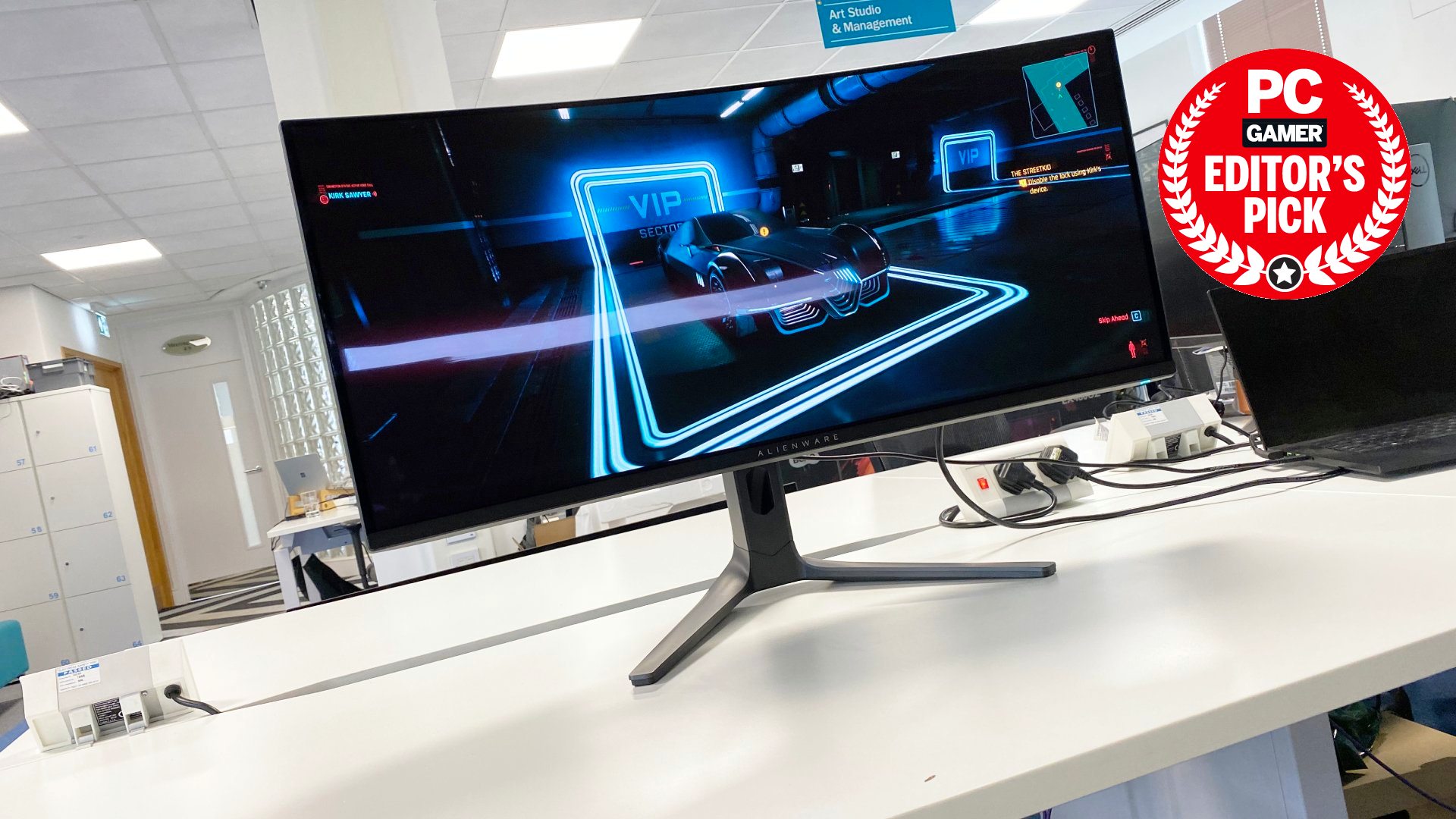
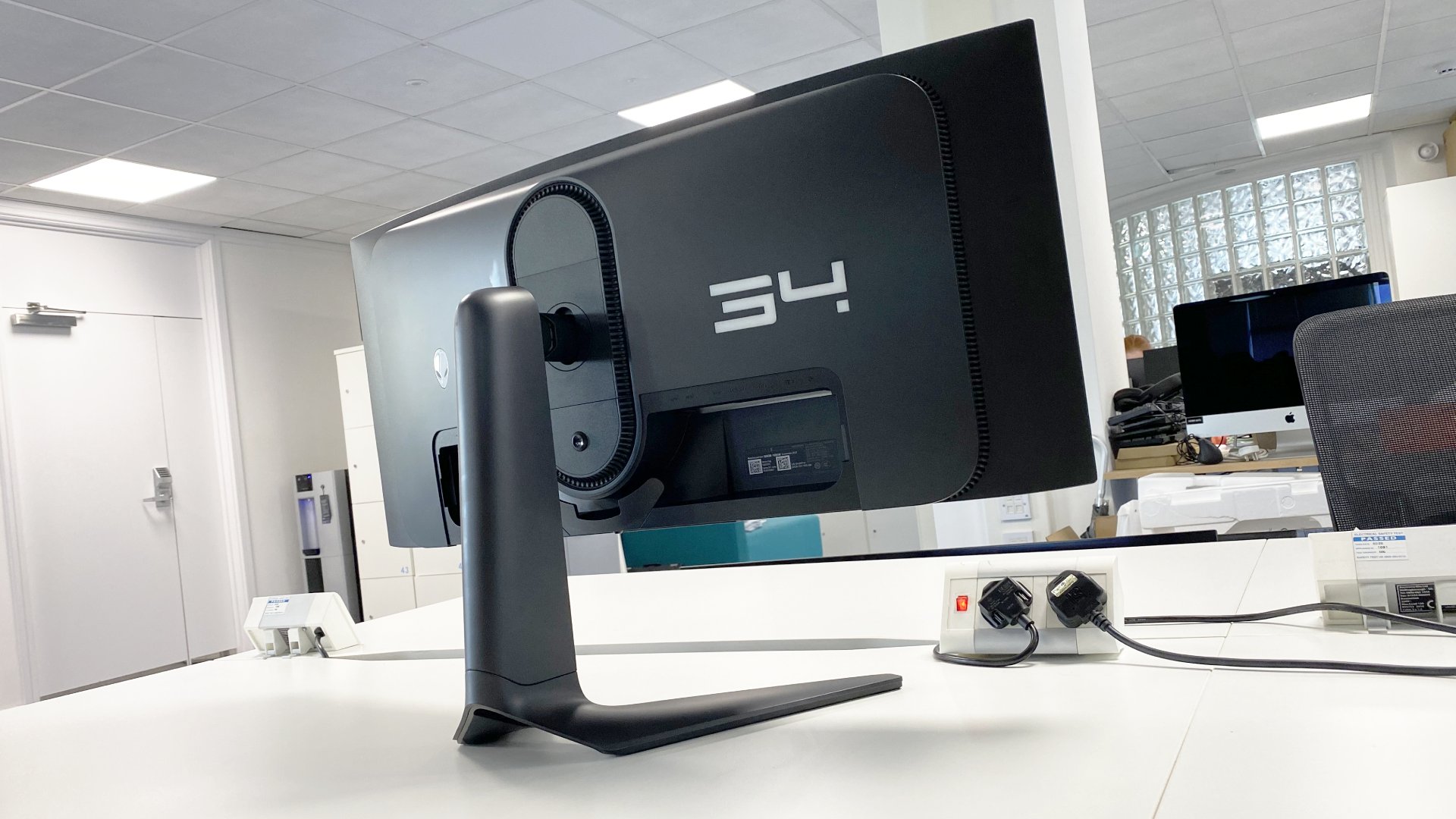
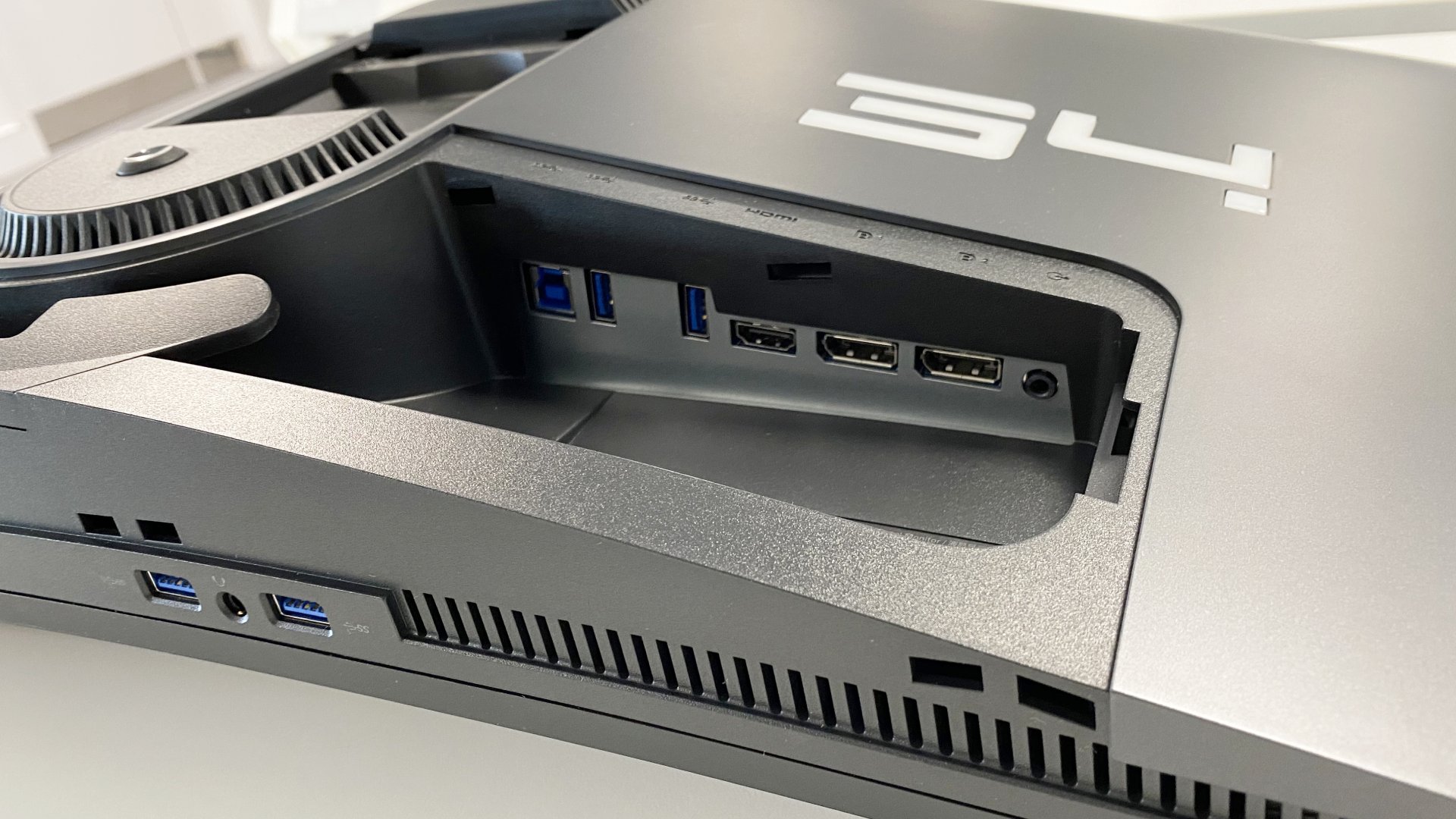
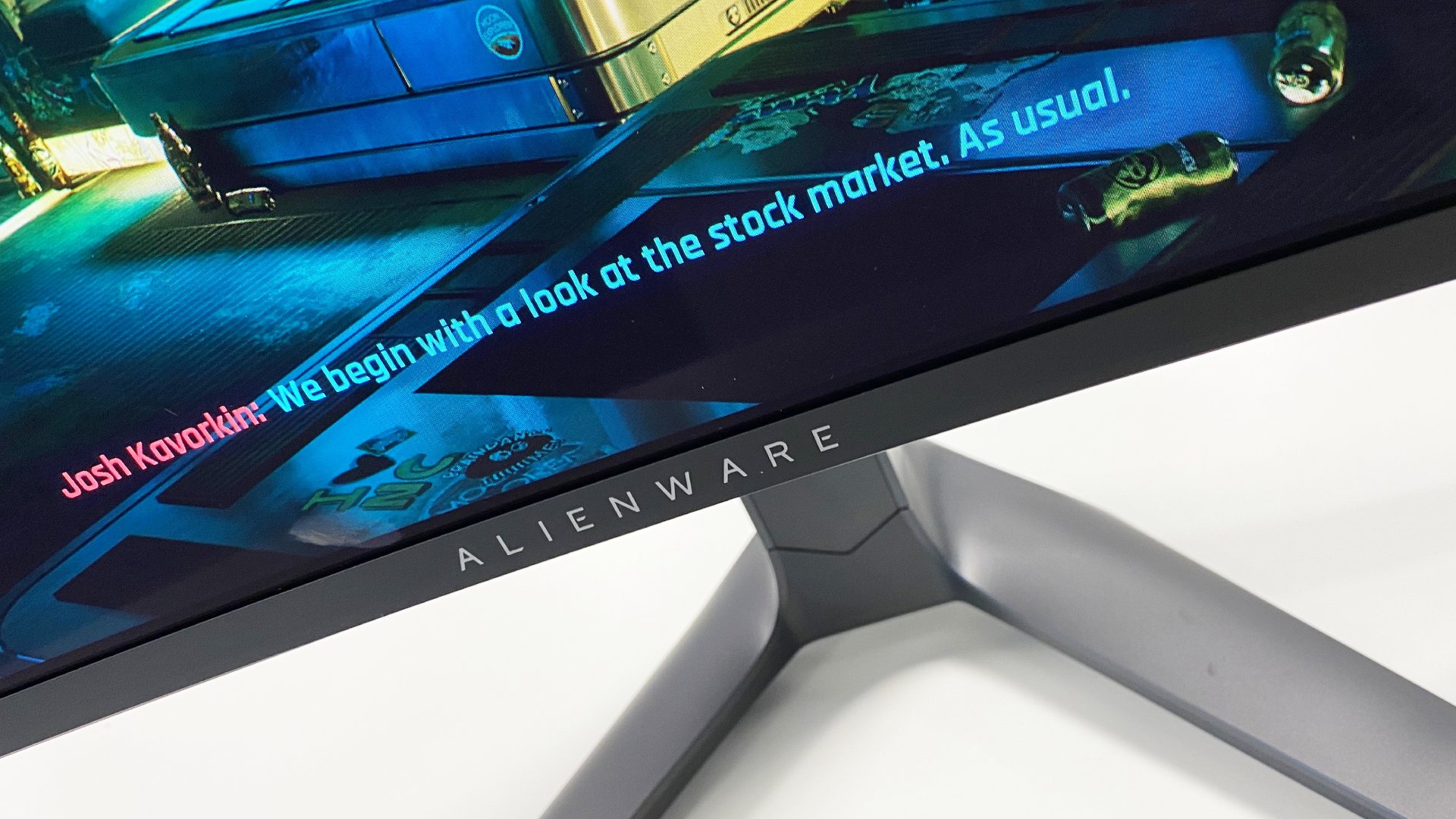
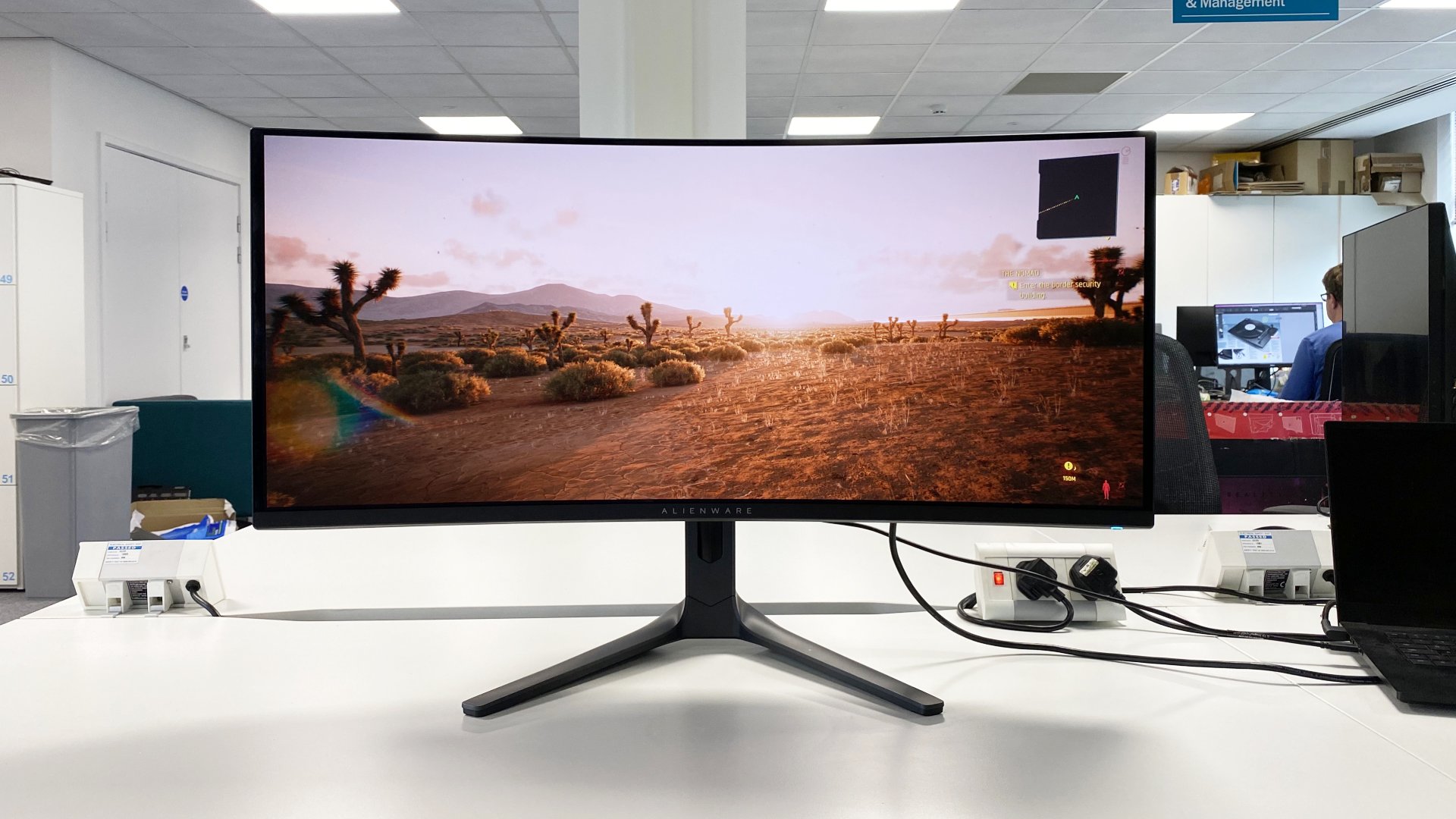
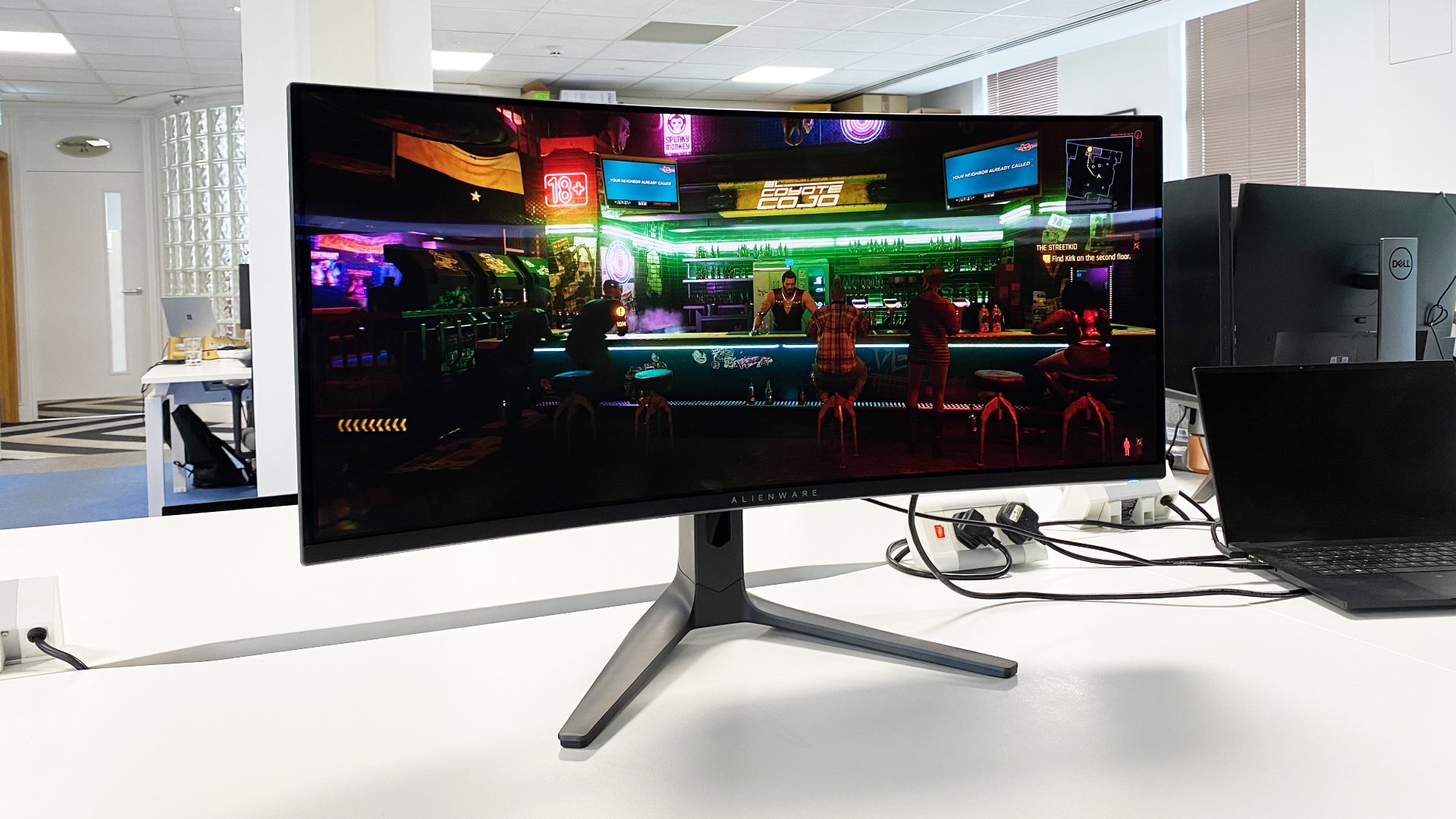
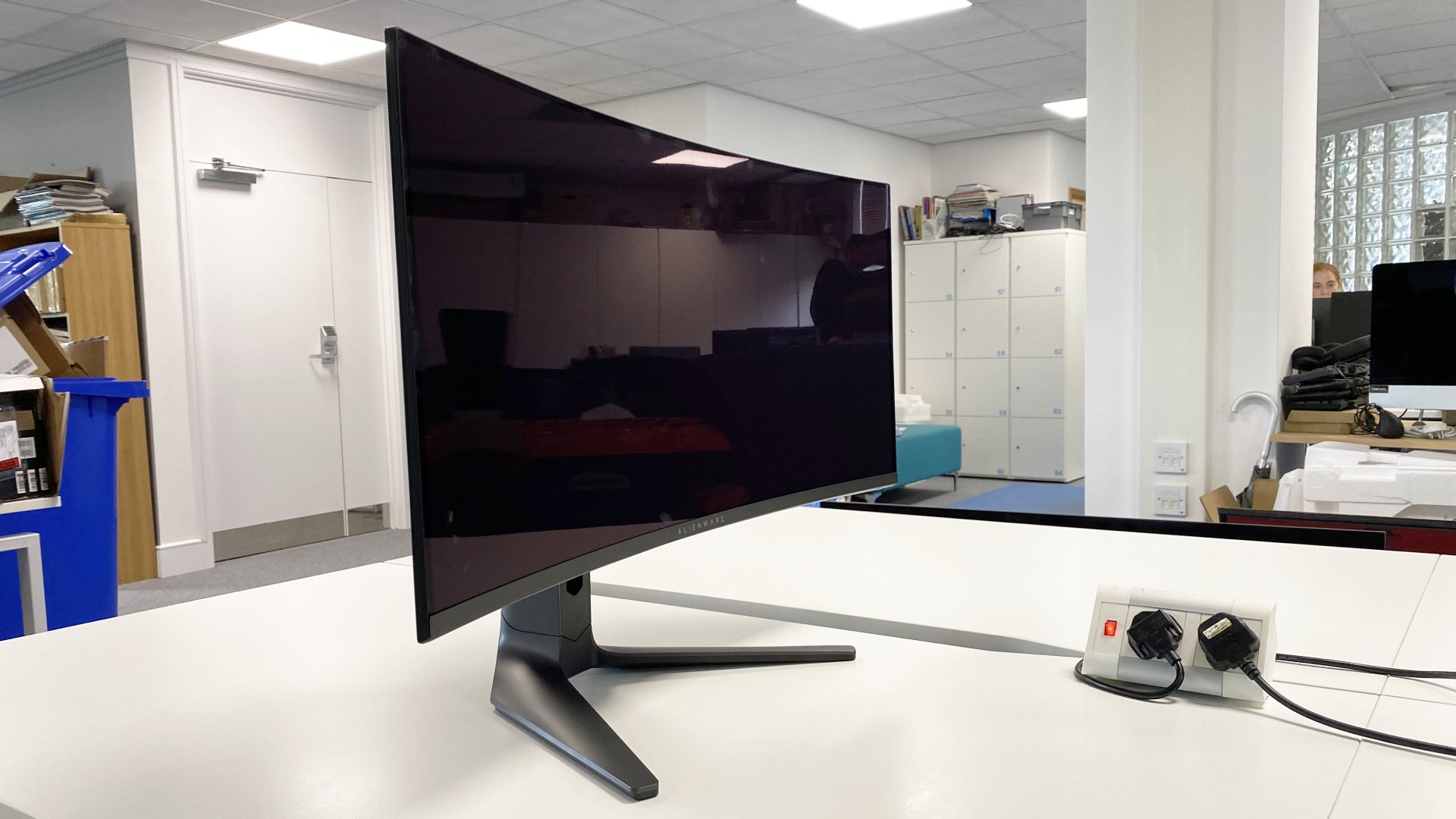
Specifications
Reasons to buy
Reasons to avoid
✅ You want one of the best gaming monitors on the market: The combination of Samsung's fabulous OLED panel, superb HDR performance, glossy finish, and ultra-fast pixel response is pretty incredible for the money.
❌ You're prepared to spend a fair bit more: The Alienware is stunning, no doubt. But the Asus ROG Swift OLED PG34WCDM pips it to the post if you're prepared to lay down more cash.
There are certainly wider ultrawides than this one, such as the Samsung Odyssey Neo G9 G95NC above, but that's not an OLED monitor and is far too overkill for most gamers. The Alienware 34 AW3423DWF is the best budget ultrawide OLED gaming monitor because it's most certainly not overkill, and hits the perfect sweet spot. It's a truly brilliant display, but you can often find it at a discount for very sensible money. By OLED standards, at least.
This thing still isn't cheap, mind. But for this you're getting the best panel tech around (OLED), and if you're going big with panel technology why not go big on the horizontal axis, too? OLED monitors make for some incredibly immersive gaming experiences thanks to true blacks and vibrant colours, and ultrawides make for the same thanks to, y'know, more of all that. It's a match made in heaven, then, if you can afford it.
The AW3423DWF in particular impresses us because it improves on the original Alienware model (lacking the "F") by replacing its matte coating with a glossy anti-glare coating that improves contrast and black levels without generating overly distracting reflections. It's not the newest OLED monitor, but it remains a fantastic choice given these great visuals.
Alienware's also somehow knocked a few hundred dollars off the asking price compared to the original, with the only real downside to our eyes being a drop from 175 Hz to 165 Hz, which is a pretty insignificant difference because 10 Hz is barely going to be perceptible at all.
The proof is in the pudding with monitors, too, and we found it in spades here. In Jeremy's testing of this monitor, he found it to offer a consistently punchy visual experience, and not all OLEDs can claim this. It does, however, face problems with general computing that plague most OLED monitors, such as fuzzy fonts. But for gaming, it's pretty spectacular, and for this reason, gets a big double-thumbs-up from us.
Read our full Alienware 34 AW3423DWF review.
Best high-end OLED gaming monitor
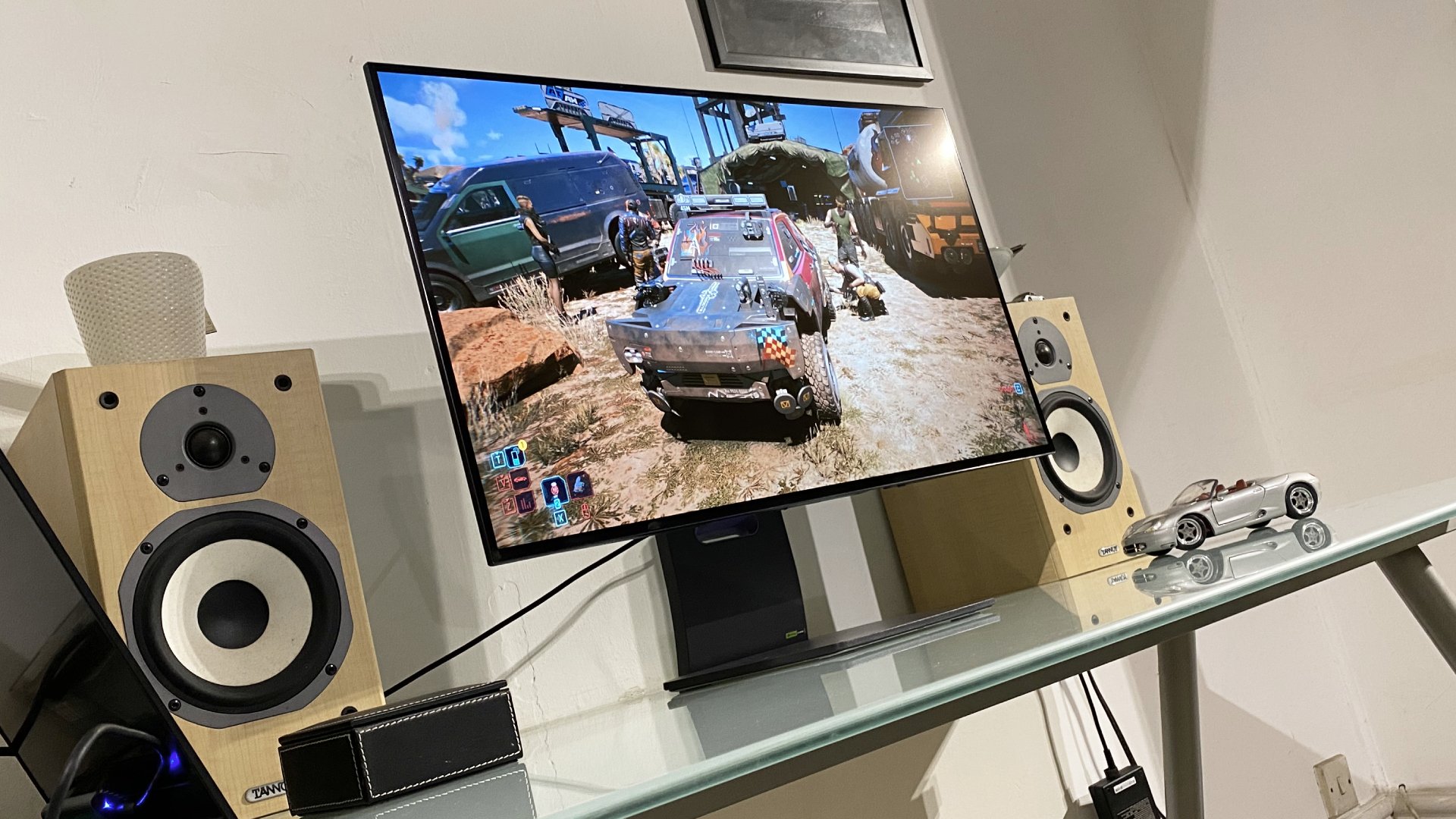
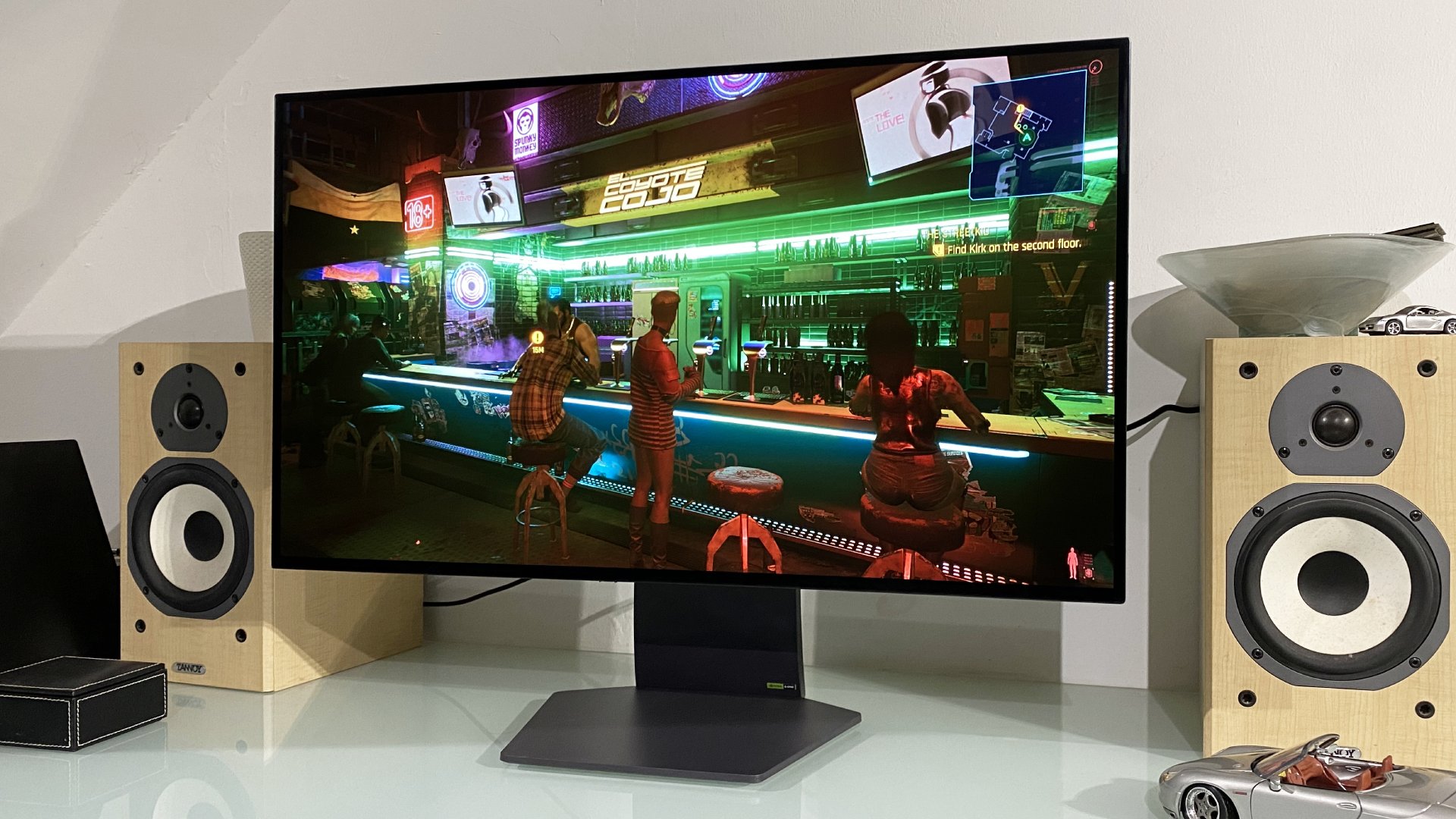
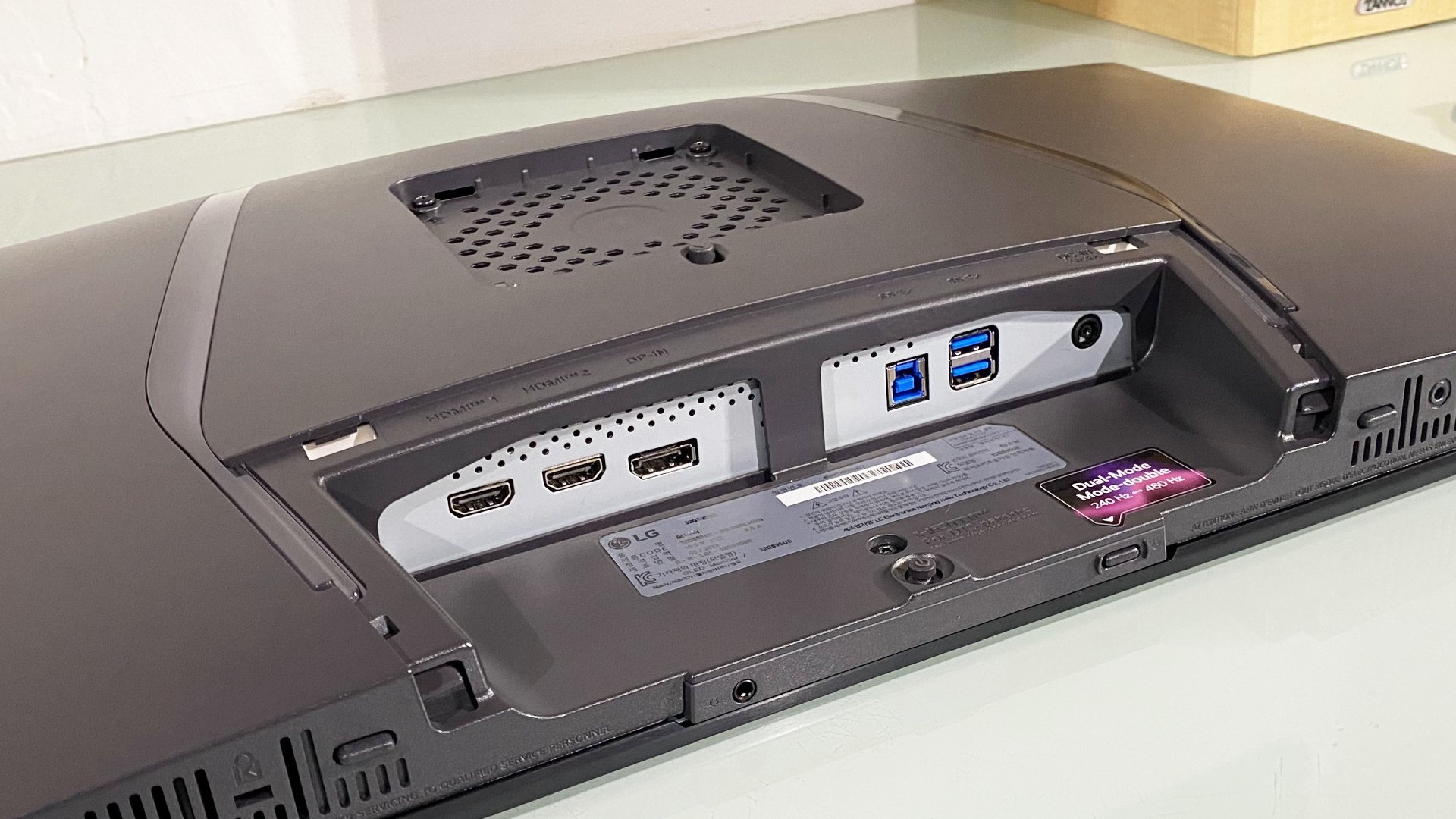
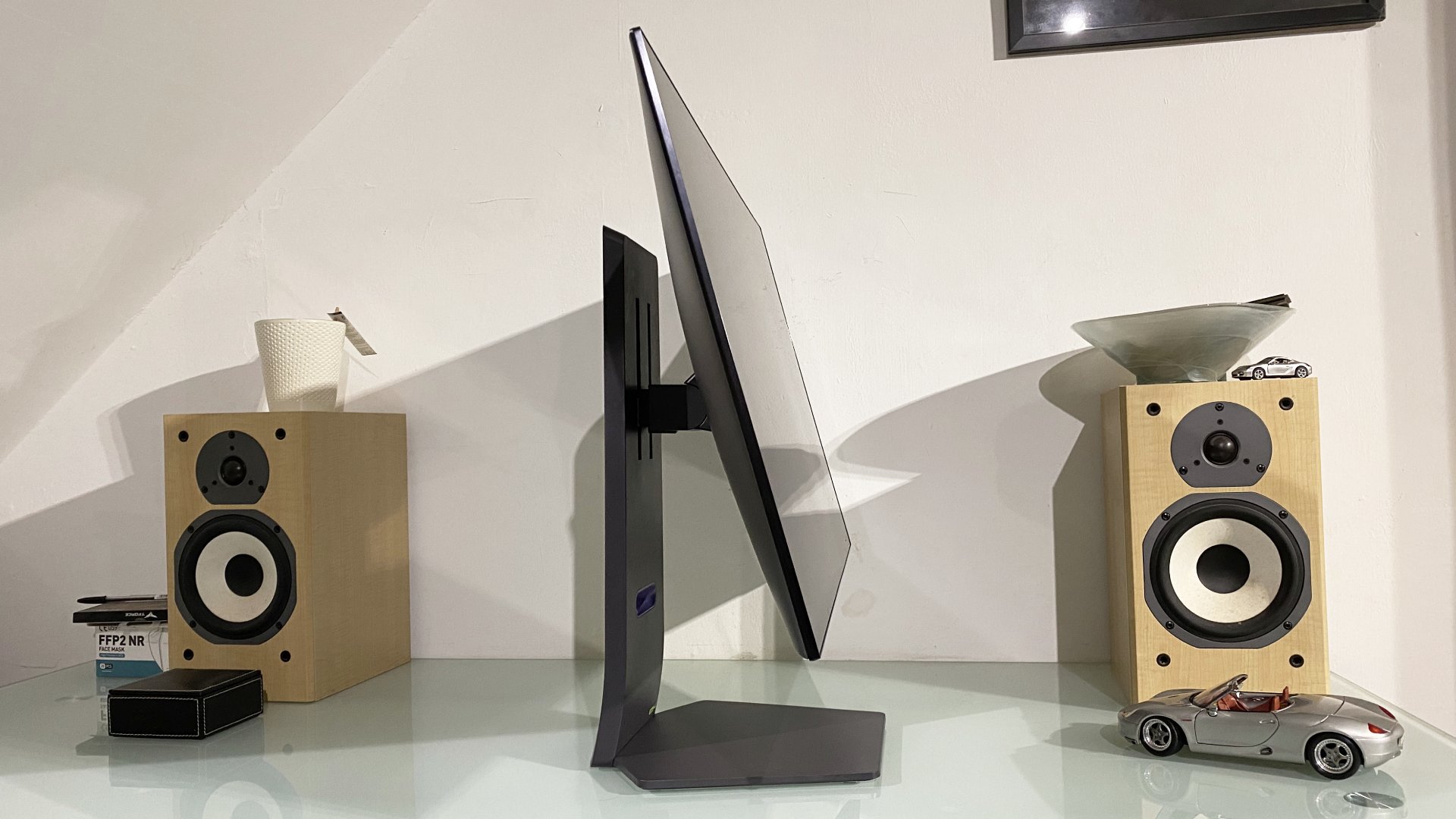
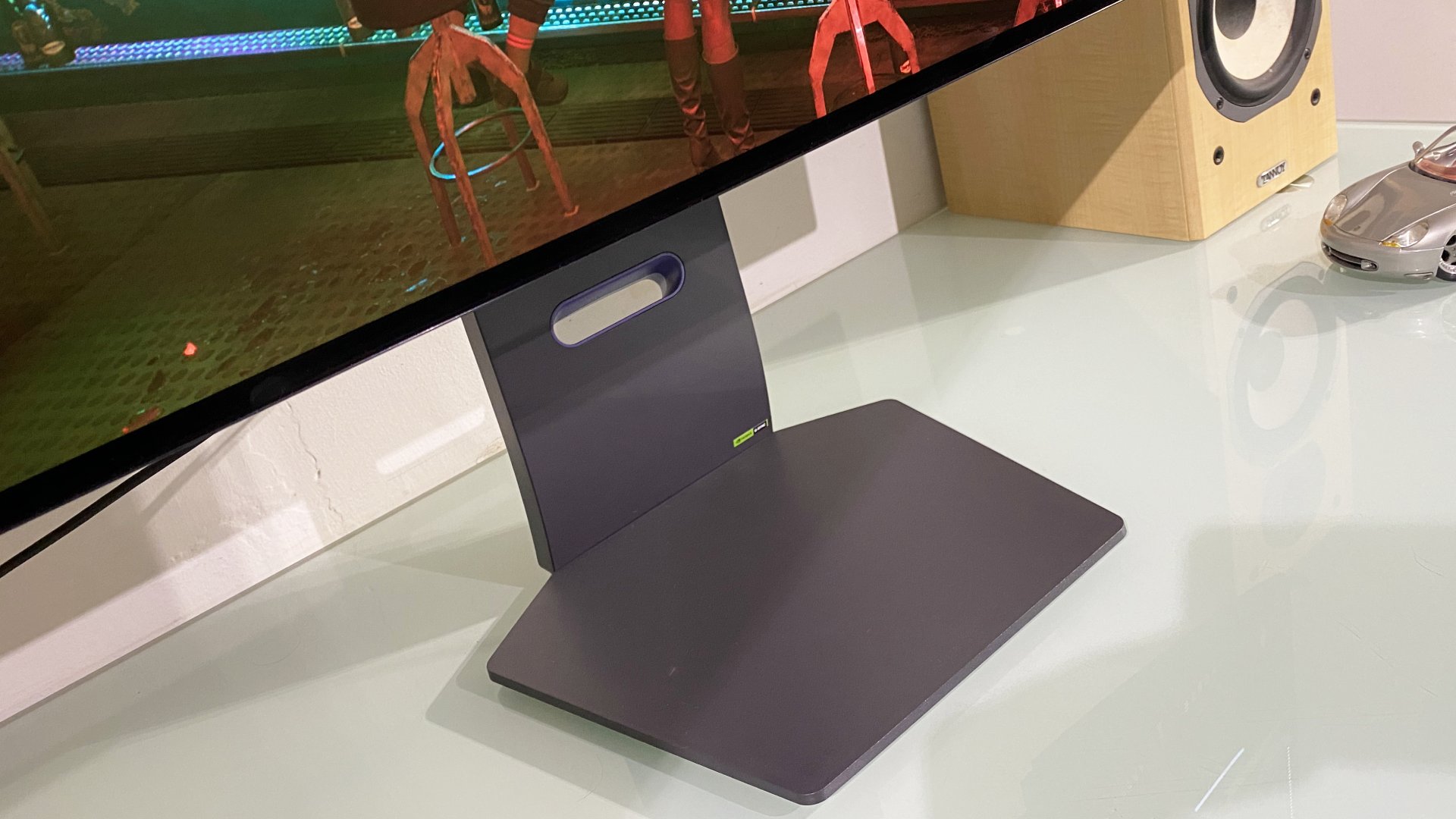
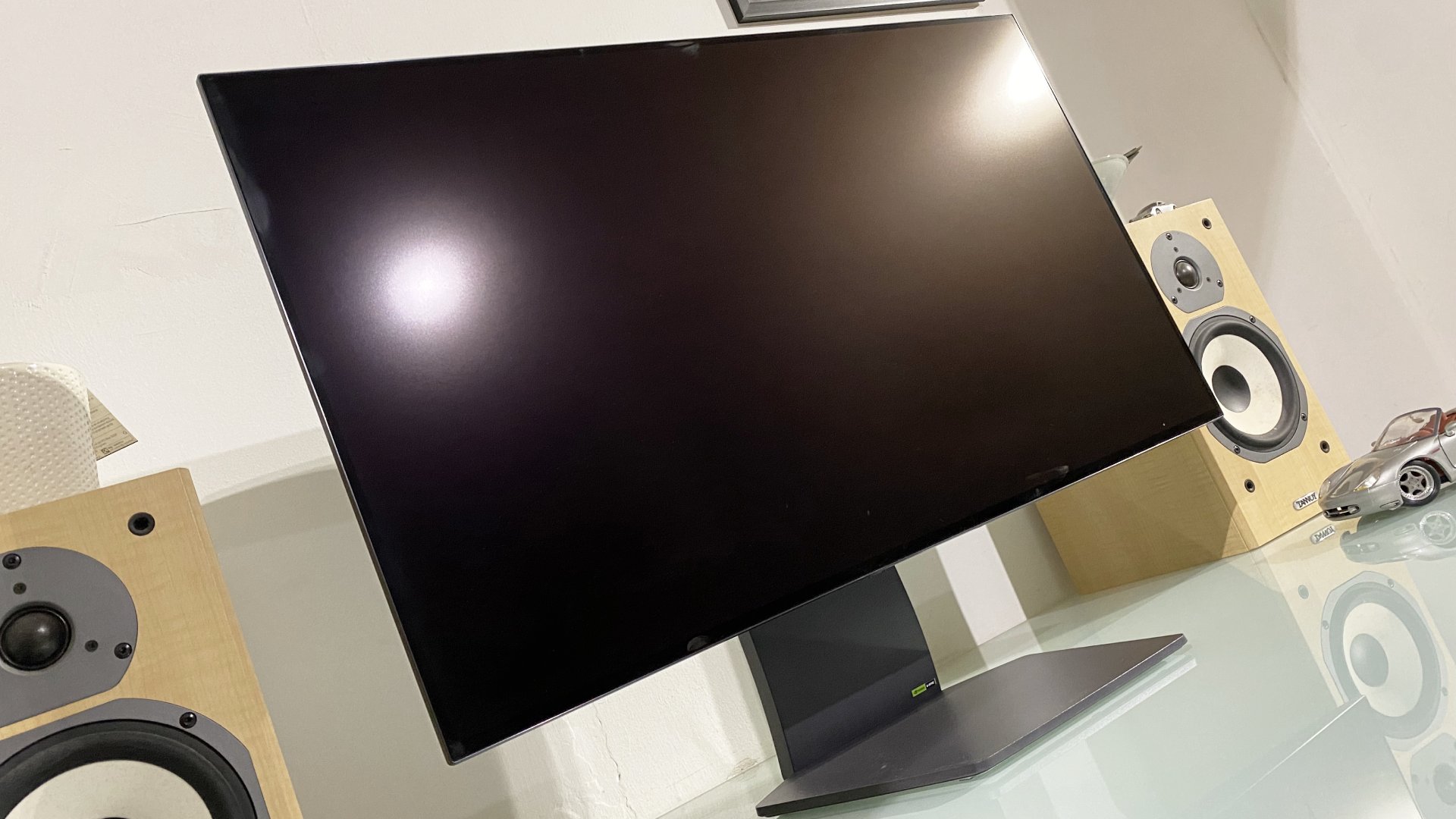
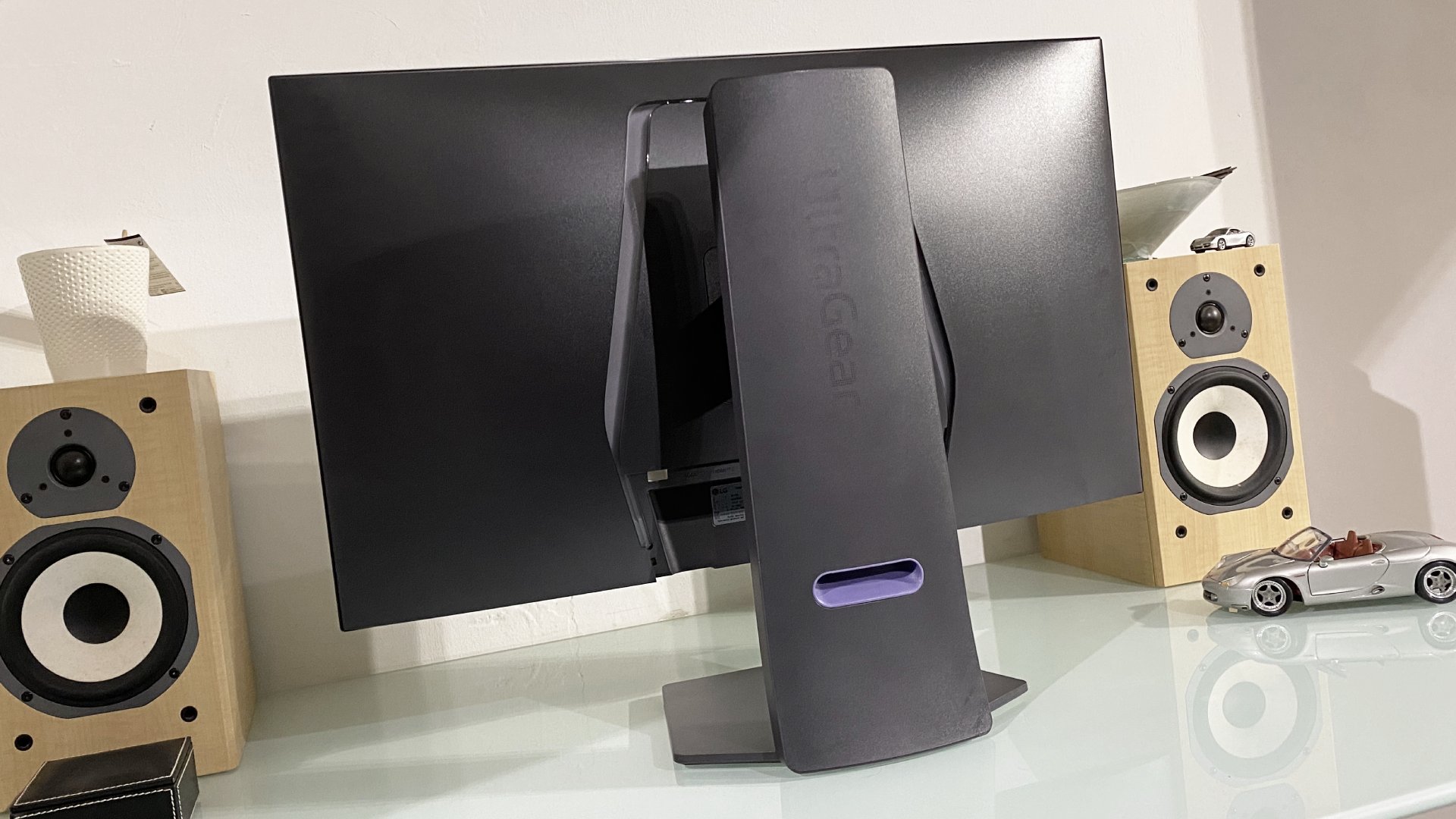
Specifications
Reasons to buy
Reasons to avoid
✅ You want the best 4K gaming OLED out there: LG has done it. This monitor is better than the entire Samsung QD-OLED horde.
❌ You want value for money: At $1,400, this is a ridiculously pricey panel, even taking into account how good it undoubtedly is.
Just when you thought 32-inch 4K monitors based on Samsung's QD-OLED panel tech were pretty sweet, LG has dropped a bomb with the LG UltraGear 32GS95UE. Put simply, it's better than the QD-OLED competition, including the Alienware 32 AW3225QF, Asus ROG Swift OLED PG32UCDM, Samsung Odyssey G8 OLED G80SD, and MSI MPG 321URX.
How so? In most regards, it's pretty much identical. The 32-inch panel size, 4K native res, 240 Hz refresh and 0.03 ms response performance are all dead ringers for the QD-OLED horde. But in a few key areas, it's just that little bit better.
For starters, it's a whiff brighter at 275 nits full screen versus 250 nits. Next, it doesn't exhibit the same overly warm color balance as those 4K QD-OLED monitors. Then there's the fact the panel doesn't turn grey in bright ambient light, something all of the existing 4K QD-OLED suffers from.
Are these marginal advantages? Yep. But they matter when you're paying this much money. Ah, yes, the sordid matter of money. The LG UltraGear 32GS95UE clocks in at an eye-watering $1,400. That's megabucks, even for a 32-inch 4K OLED monitor. The MSI model mentioned above can be had for as little as $900. Yup, fully $500 cheaper.
So the question is whether this monitor is worth the extra money. No question, it's staggeringly good. The HDR visuals are out of this world, with sizzling highlights and the inky, perfectly controlled black tones.
The speed is fabulous, too. Pixel response is a done deal with these OLED monitors, it would scarcely be of any benefit were they any faster. They really are that quick. The 240Hz refresh ensures low latency, too.
There's even an alternative 1080p mode that uses pixel doubling and hits 480 Hz. You wouldn't actually mistake it for a true 1080p native 32-inch monitor. But it's a bit better than traditional interpolation and gives you that sky-high refresh.
As for downsides, well, there is one potential catch. The panel coating is matte, not glossy. Normally, we prefer glossy for its heightened sense of contrast. But here, actually, it's just fine. The matte coating is perhaps a little "glossier" than usual and somehow it all just works. This monitor absolutely zings.
Indeed, it's not just the HDR visuals that are super. Both full-screen brightness and SDR content calibration are great. You can run this panel at either constant full-screen SDR brightness or allow it to vary according to how much of the screen is lit up. We actually prefer the latter with this monitor. It adds a little punch, while the brightness only varies a little.
What's more, LG has achieved the clever trick of calibrating SDR content in HDR mode well enough that you can realistically just leave this monitor in HDR mode all the time. Unless you're deep into pro-level content creation workflows, the SDR color accuracy is just fine. And of course, if you are doing more mundane computing stuff, like other 4K OLEDs the pixel density makes for lovely, crisp fonts.
So, that's stellar HDR visuals, deft SDR handling, ludicrous pixel speed and ultra-low latency. The only thing missing is a USB-C interface, which you really would expect at this price.
Read our full LG UltraGear 32GS95UE review.
PC Gamer gaming monitor reviews
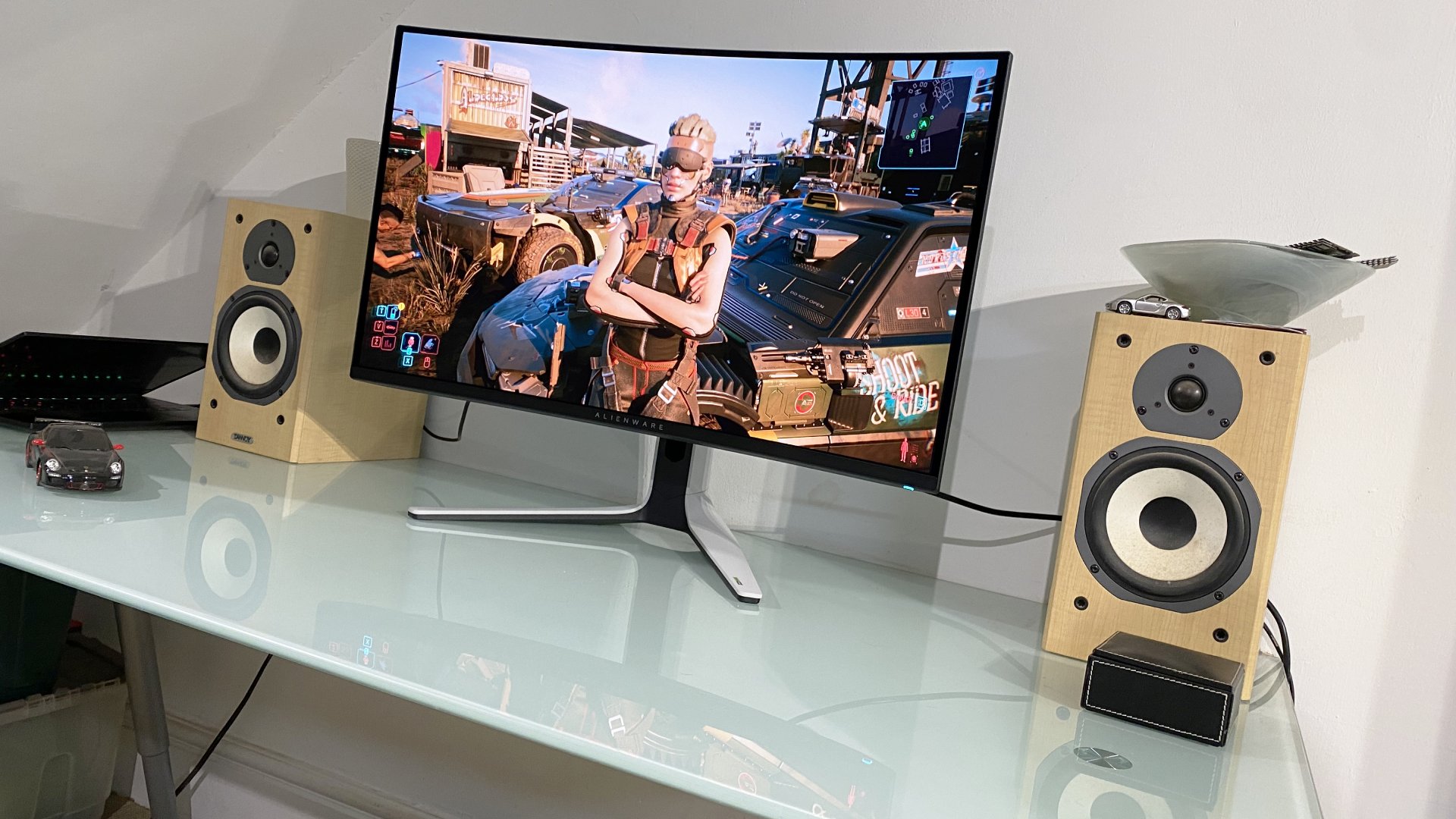
Almost identical to the ROG Swift OLED PG32UCDM, we ultimately sided with the Asus thanks to its out-of-the-box calibration and feature set, which are a cut above. The Alienware is an awesome alternative, which will be even more alluring with a discount.
PC Gamer score: 92%
For
- QD-OLED lushness
- 4K detail and sharpness
- 240Hz refresh
Against
- Painfully pricey
- Complicated to live with
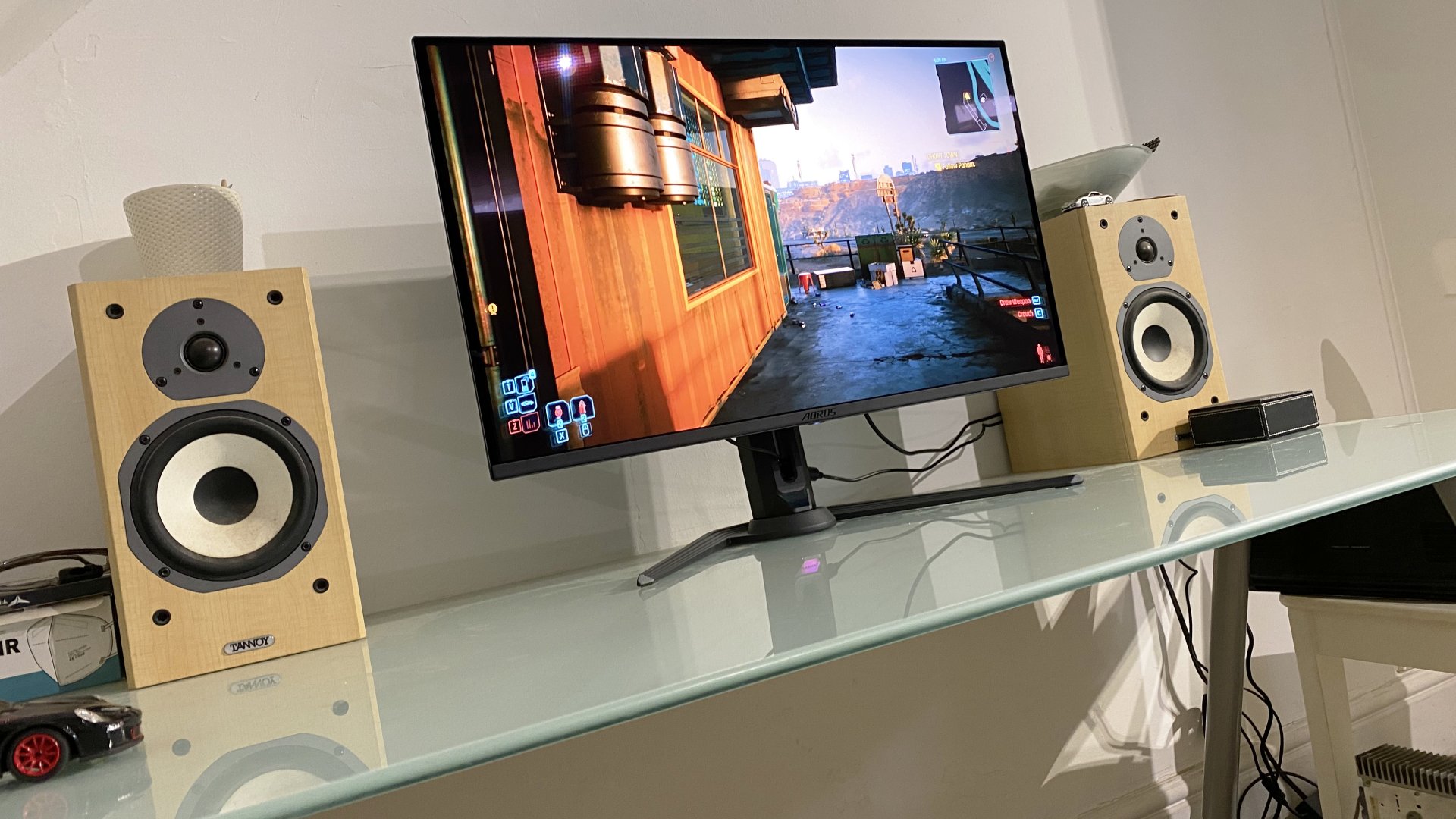
The Aorus FO32U2 delivers a similar package to the best OLED gaming monitor right now, except we prefer the warmer color calibration on the Asus.
PC Gamer score: 86%
For
- QD-OLED absolutely rocks
- Crispy 4K resolution
- Seriously speedy
Against
- Complicated to live with
- Calibration needs a tweak
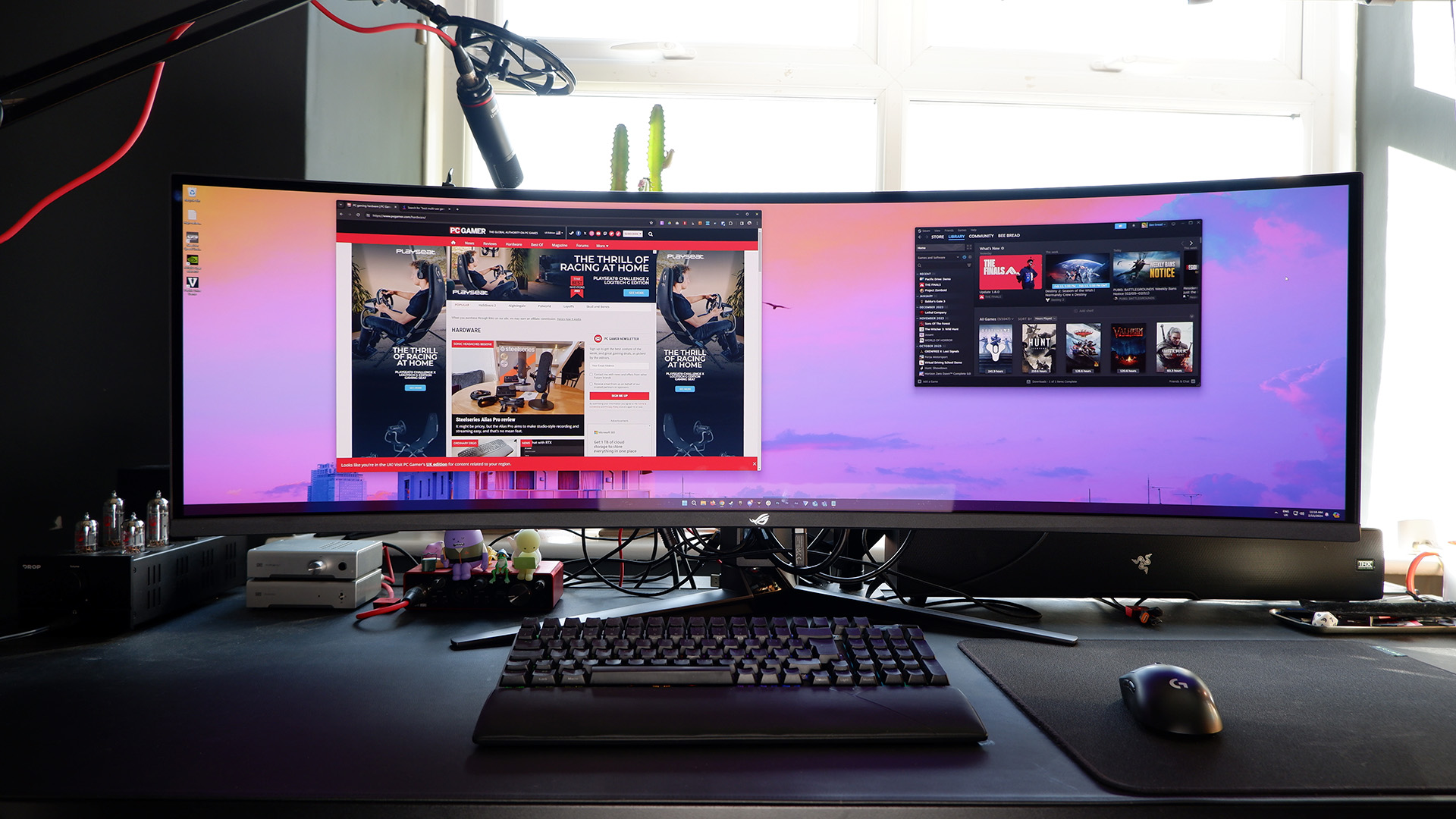
It's massive, mighty and helluva OLED gaming monitor. Unfortunately for Asus, Samsung (the QD-OLED panel's manufacturer) offers more for less with the OLED G9.
PC Gamer score: 81%
For
- Absorbing picture quality
- Vivid colours
- Easier to drive than standard 4K
- Total immersion
Against
- Text fringing is still a nuisance
- Creaky
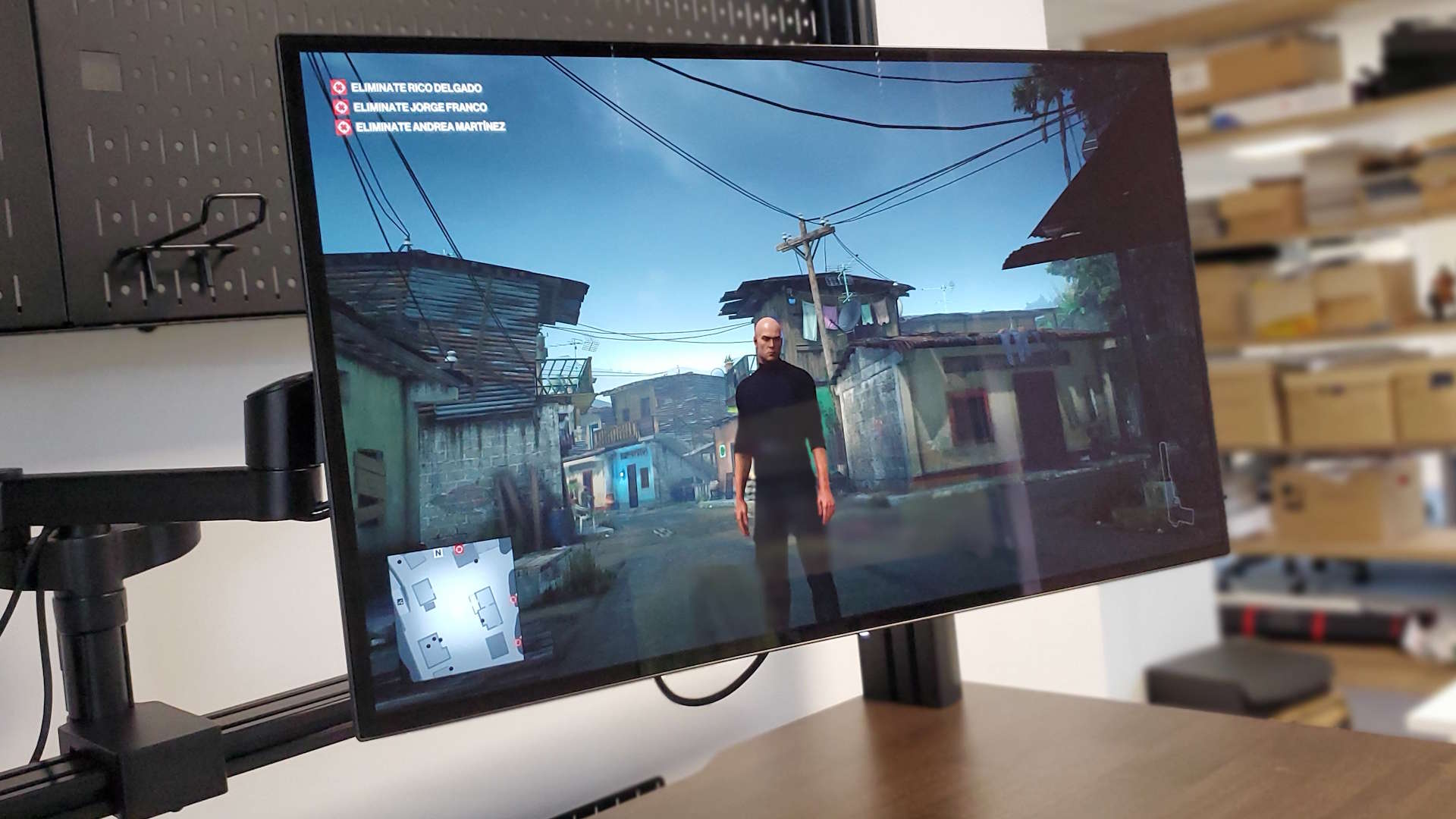
While we like the Gorilla Glass on this compact OLED monitor, it's tough to justify in the face of 32-inch 4K OLED panels we otherwise much prefer.
PC Gamer score: 57%
For
- Deep, inky blacks
- Classic speedy OLED response
- Sleek design
- Feature rich
Against
- Dim OG LG panel
- Font fringing is an issue on a 1440p display
- $1,000+ for 1440p is ludicrous
- Burn-in mitigation features are a managerial nightmare
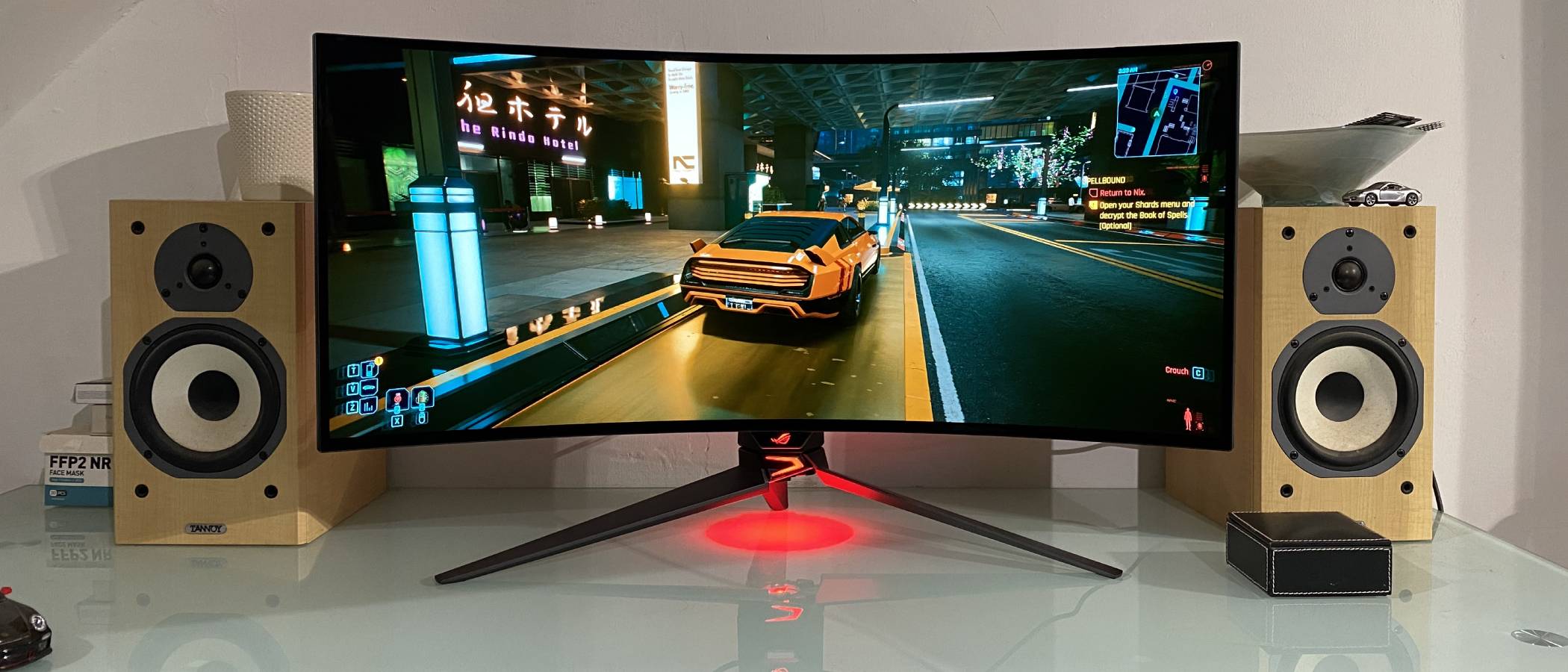
A very impressive panel from LG loaded into a lovely monitor from Asus. It's just incredibly expensive versus the incumbent QD-OLEDs, especially Alienware's.
PC Gamer score: 87%
For
- Improved full-screen brightness
- 240Hz refresh rate
- Fantastic speed and HDR performance
Against
- Still not perfect when it comes to brightness
- Fairly silly price tag
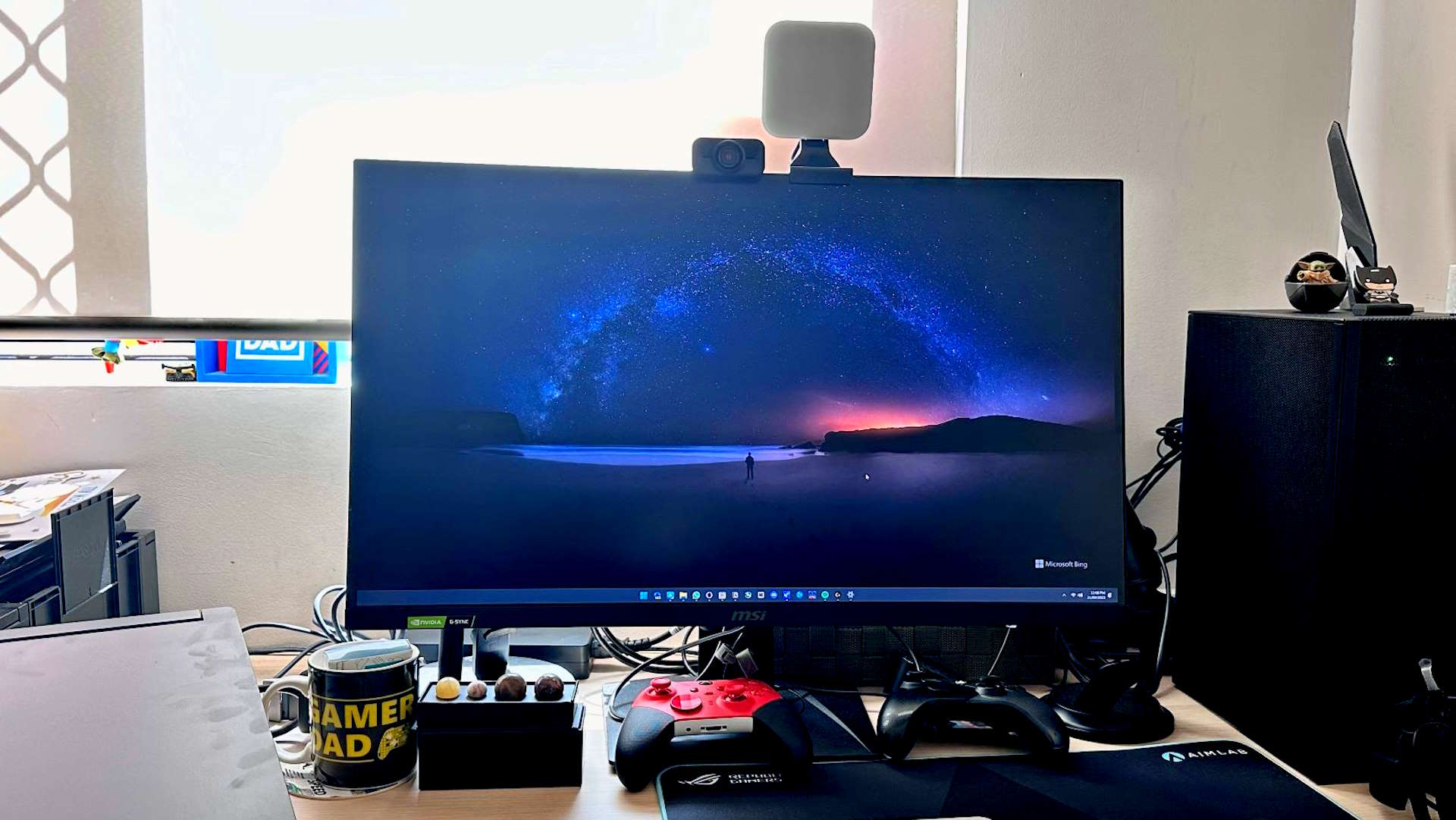
The MAG 274UPF is a good, safe 4K gaming monitor that doesn’t break the bank but it also doesn’t do anything we haven’t seen before.
PC Gamer score: 85%
For
- Excellent gaming performance
- Good color reproduction
- Surprisingly decent HDR
- Support for FreeSync and G-Sync
Against
- Ultimately doesn't do anything new
- Small for 4K
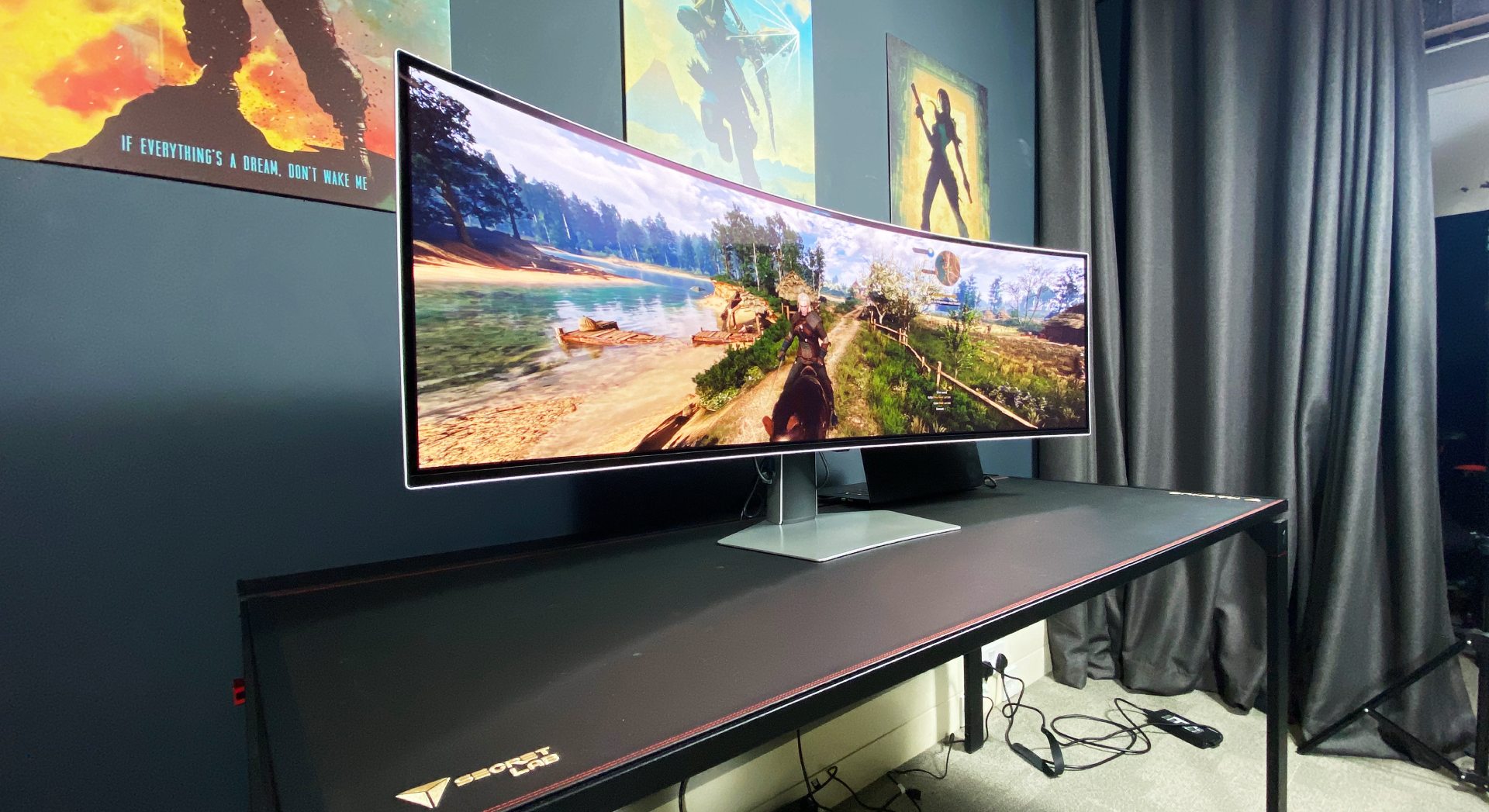
Samsung has just raised the bar for gaming monitors. The new Samsung Odyssey OLED G9 G93SC takes its already outstanding QD-OLED panel tech and stretches it out to epic 49-inch, 32:9 aspect proportions. The results are suitably stupendous. But we'd probably still prefer the more mainstream 21:9 alternatives.
PC Gamer score: 90%
For
- Outrageous 32:9 OLED panel
- HDR the way it's meant to be
- Mostly gorgeous design and build
Against
- Not exactly cheap
- 32:9 aspect isn't for everyone
- Mediocre pixel density
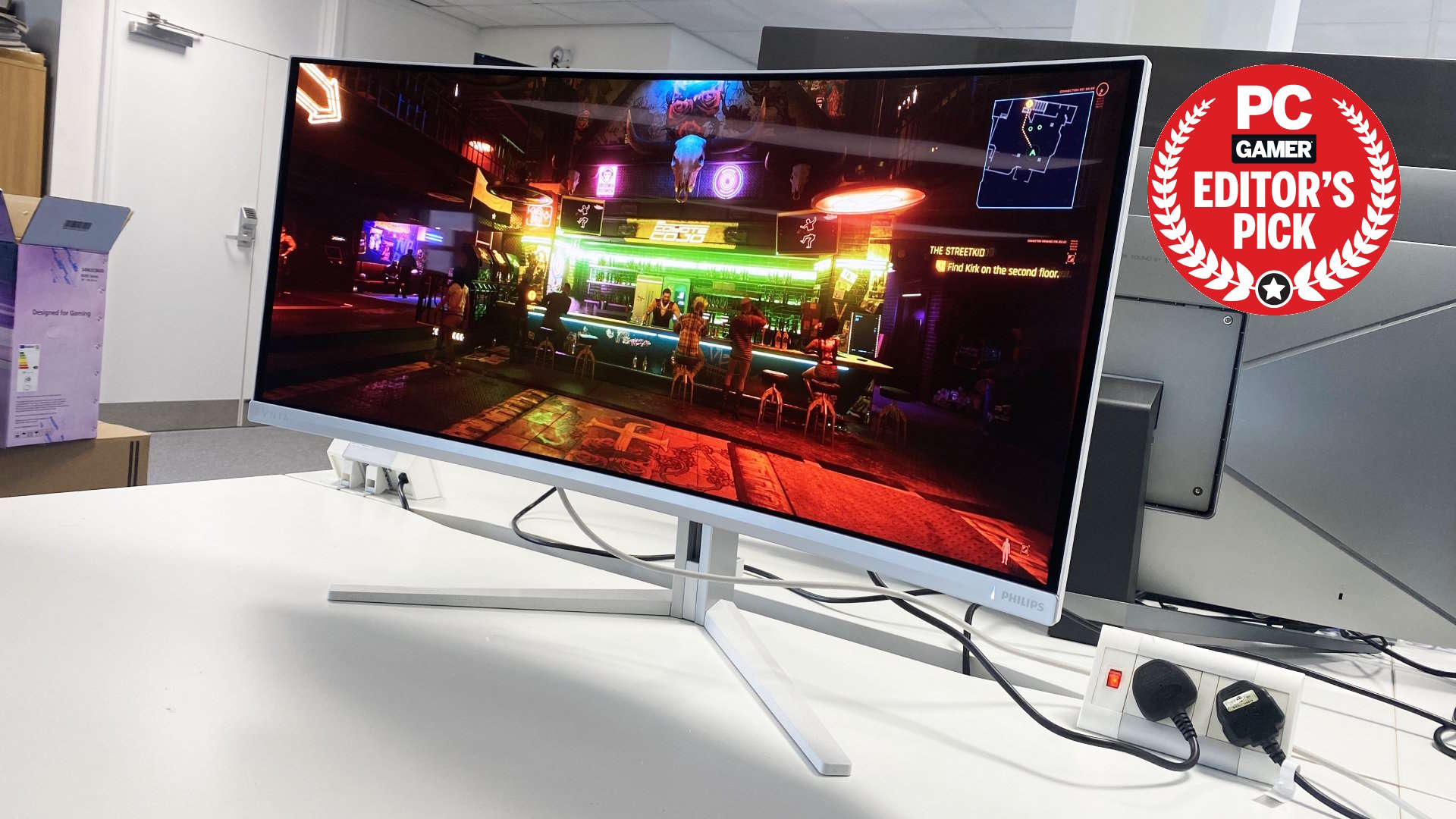
If Alienware's very similar 34-inch model was the OLED monitor we've been waiting for, Philips has just bested it. Thanks to a glossy panel coating, the OLED tech really sings. HDR games? They positively sizzle. A few minor OLED limitations remain. But this is one of the best gaming monitors you can currently get.
PC Gamer score: 95%
For
- Glossy panel lets OLED tech sing
- Super speedy performance
- Fewer OLED downsides than the competition
Against
- Very expensive
- Pixel density is nothing special
- Some brightness limitations remain
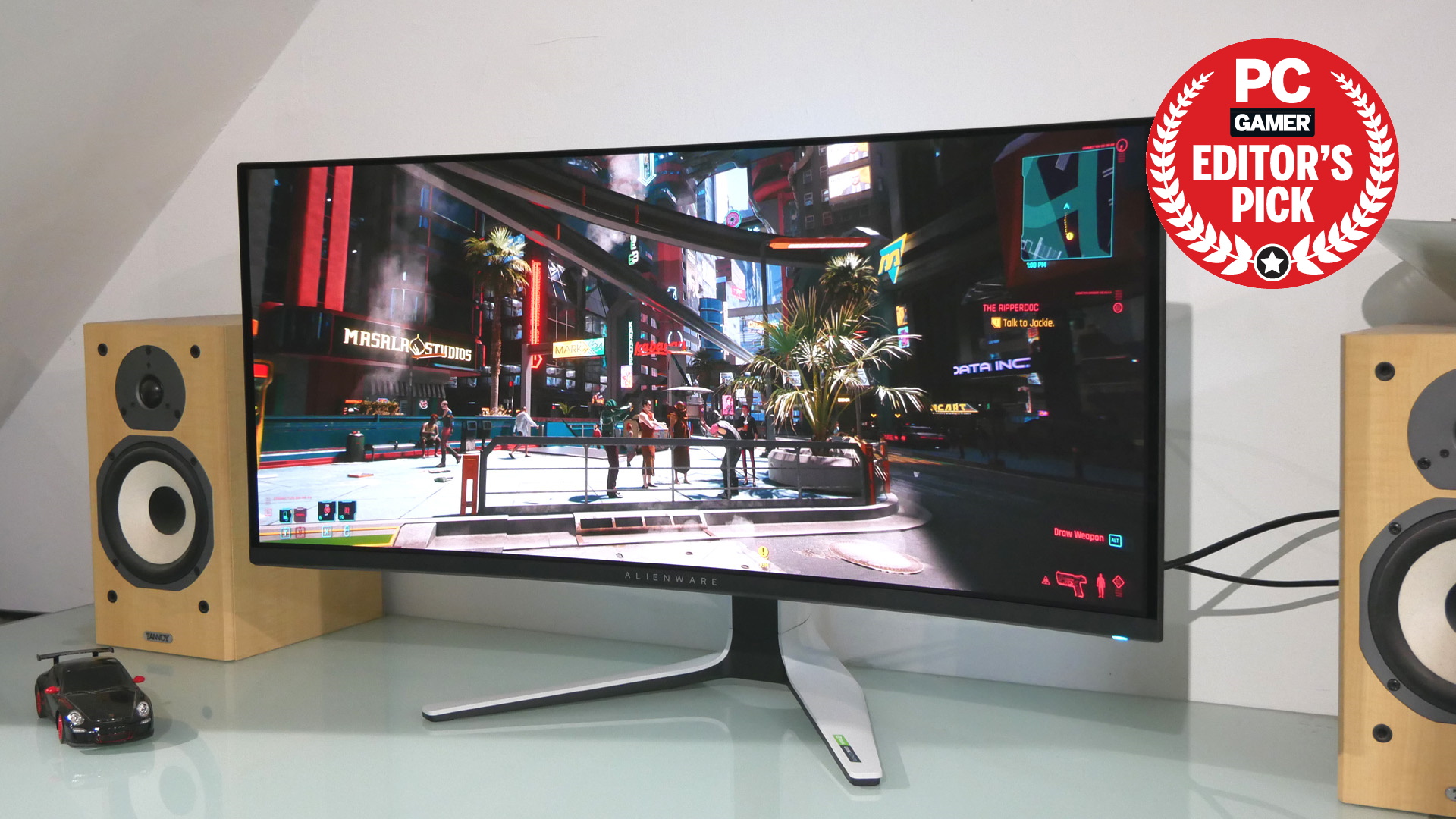
It’s been an incredibly long time coming but OLED awesomeness has finally come to the PC. LCD technology still has the edge for latency, but this quantum dot-enhanced OLED screen is outstanding when it comes to contrast, HDR performance, and response. Net result? Simply one of the best gaming monitors on the market.
PC Gamer score: 95%
For
- Fabulous contrast and colours
- Stupendous pixel response
- Genuine HDR capability
Against
- Not a great all-purpose panel
- Latency isn't a strong point
- No HDMI 2.1
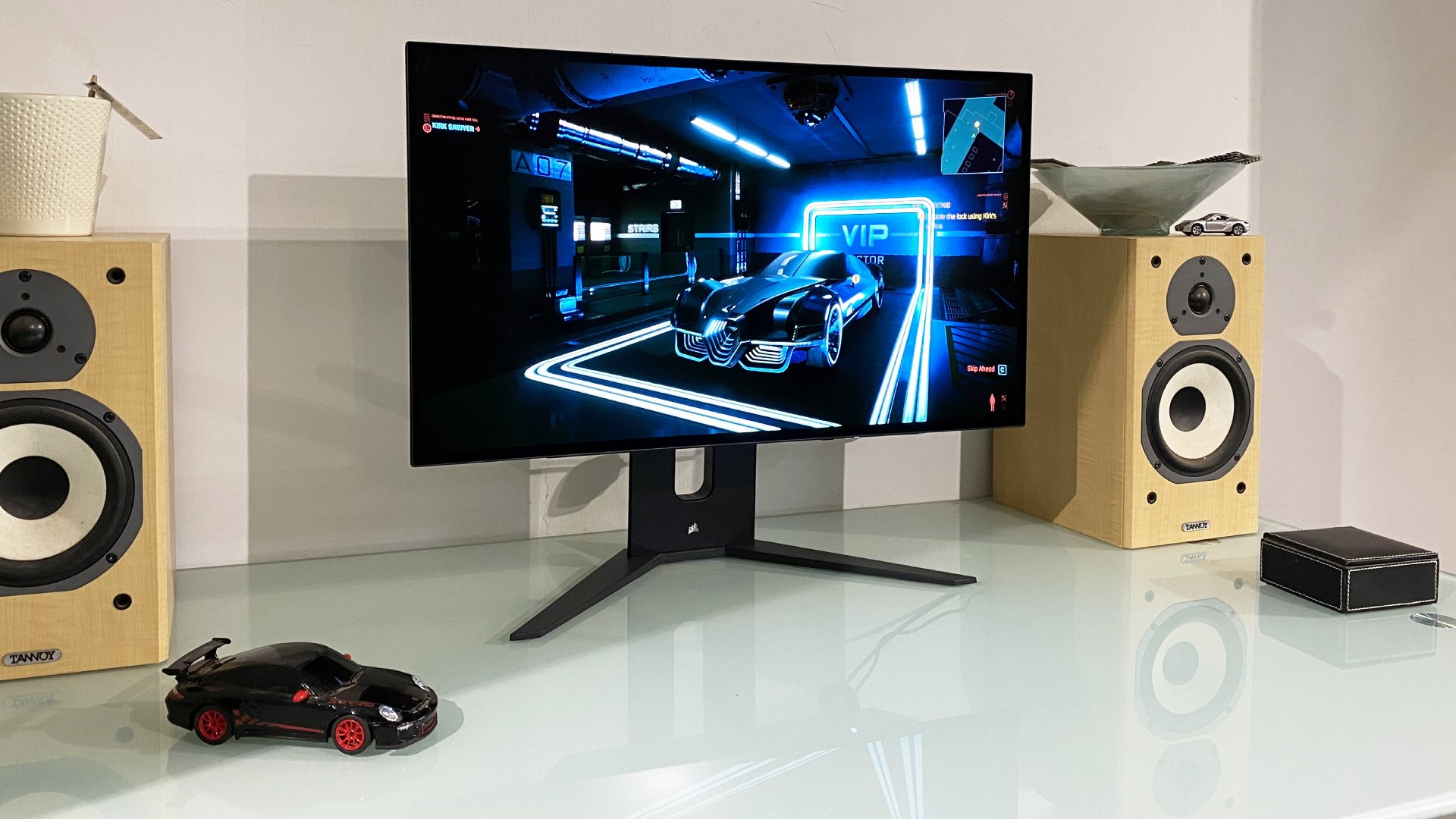
Corsair's take on the 27-inch 1440p OLED is beautifully engineered and all the usual LG-powered OLED upsides stand out, including warp-speed responses and lovely per-pixel lighting. But so does the inconsistent brightness. And that's a little tricky to accept at this lofty price point.
PC Gamer score: 80%
For
- Outrageous pixel response
- Per-pixel OLED lighting
- Nicely engineered
Against
- Inconsistent brightness
- Very expensive for a 27-inch panel
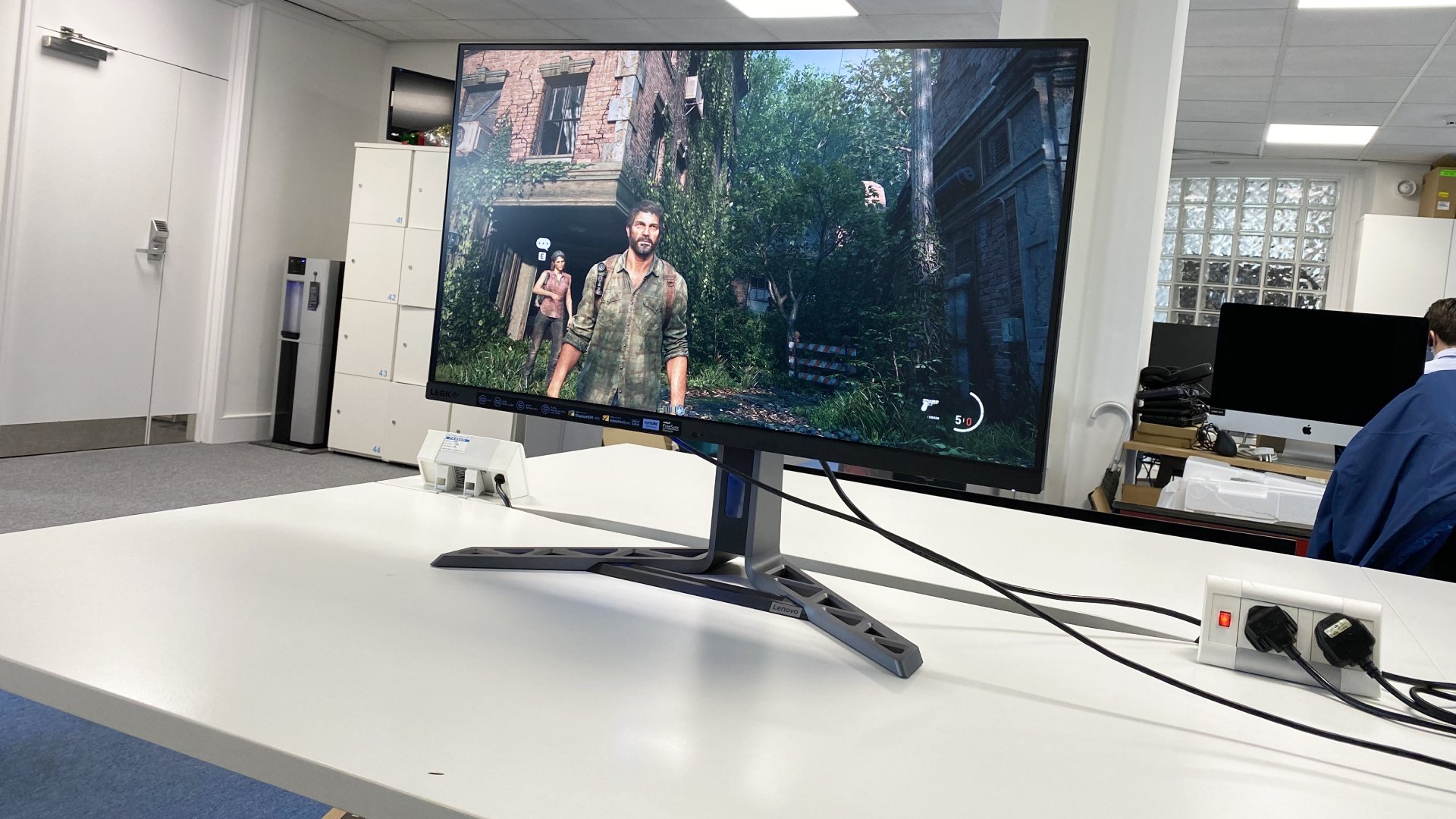
When it comes to image detail, pixel density counts and the 32-inch 4K Lenovo Legion Y32p-30 undoubtedly delivers on that front. Factor in a 144Hz refresh rate and great response, and the upshot is a proper high-DPI gaming experience. The problem is the price and the knowledge that OLED gaming can be had for not much more money.
PC Gamer score: 84%
For
- Sweet 4K IPS panel
- Zippy response and latency
- Nice build quality
Against
- Limited HDR support
- Expensive
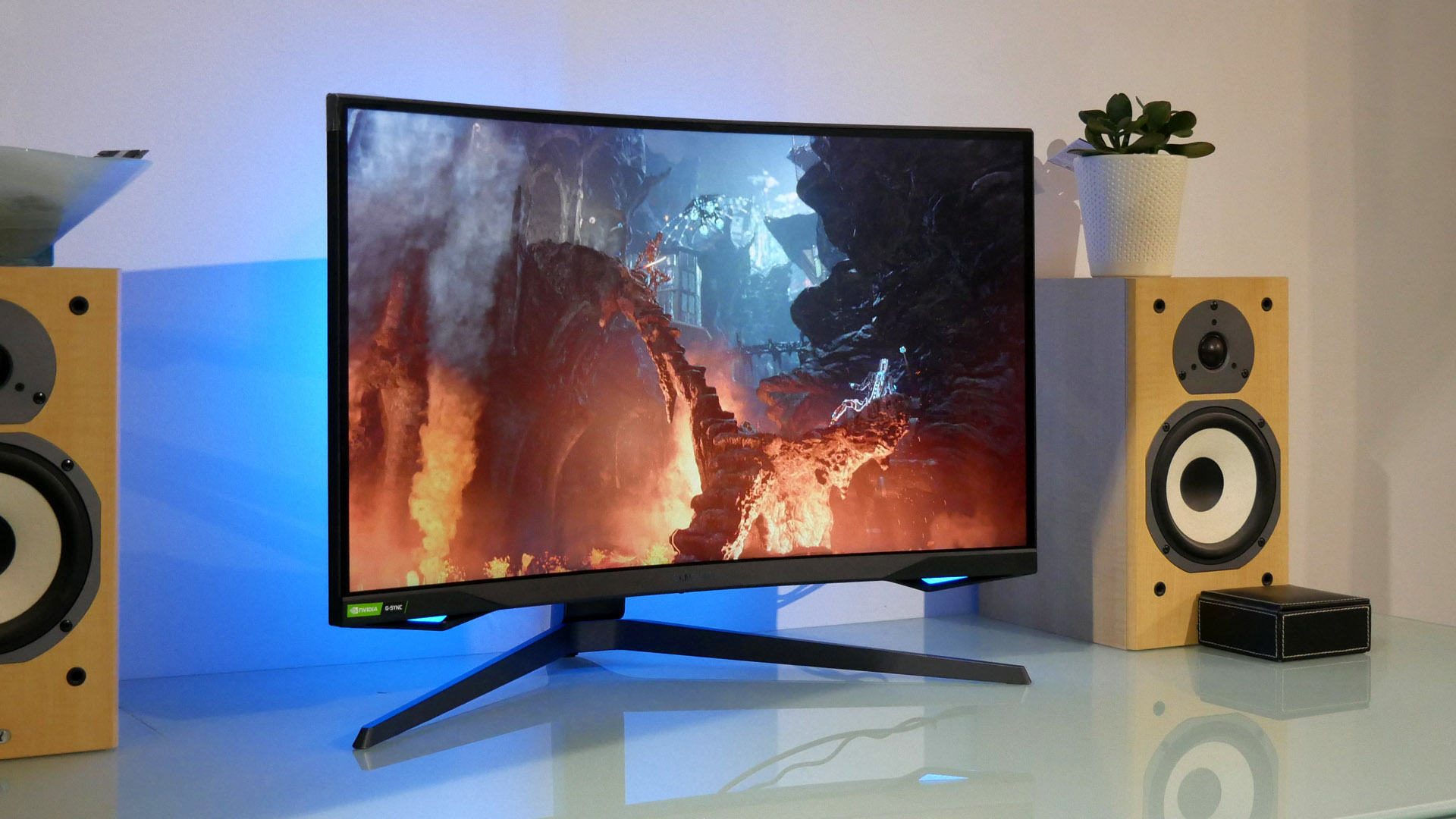
With the new G7, Samsung has buried the idea that VA panels can't be quick. However the extreme panel curve and mediocre HDR implementation complicate the proposition, and there are better monitors around for the money.
PC Gamer score: 85%
For
- Stellar VA panel with great response
- Buttery-smooth refresh
- Great design and quality
Against
- HDR implementation is disappointing
- Curve is very extreme
- Painfully pricey for a 27-inch panel
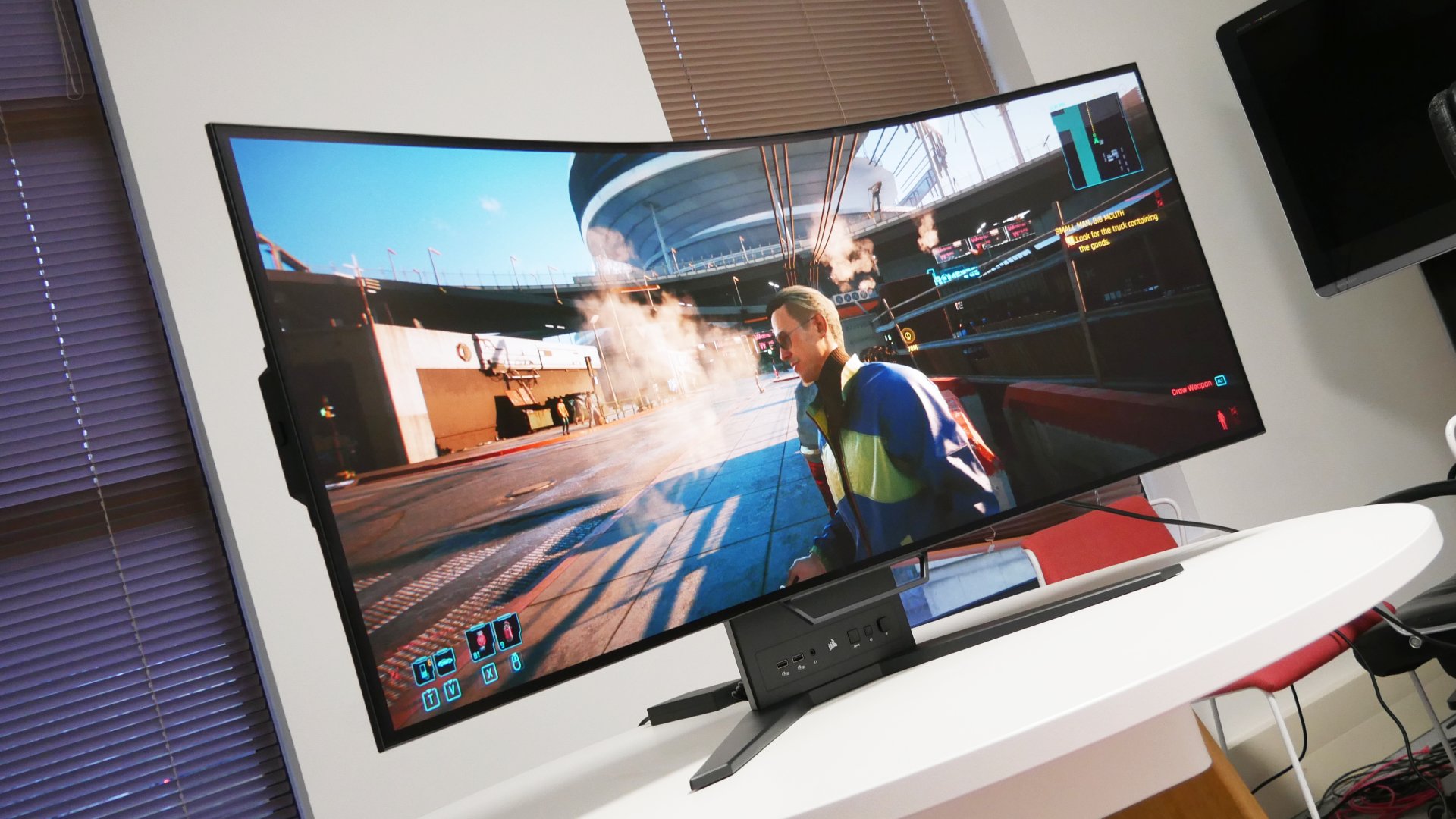
Waiting for the big-screen monitor that really delivers on the promise of OLED tech? This isn't it. The Corsair Xeneon Flex 45WQHD240 suffers from all-too-apparent brightness limitations, while the resolution and pixel density are a very hard sell at this price point.
PC Gamer score: 68%
For
- Ultra-fast response time
- Pretty much perfect black levels
- Good connectivity
Against
- Disappointing full-screen brightness
- Feels fragile when flexing
- Relatively low resolution
- A 42-inch 4K OLED gaming TV is half the price
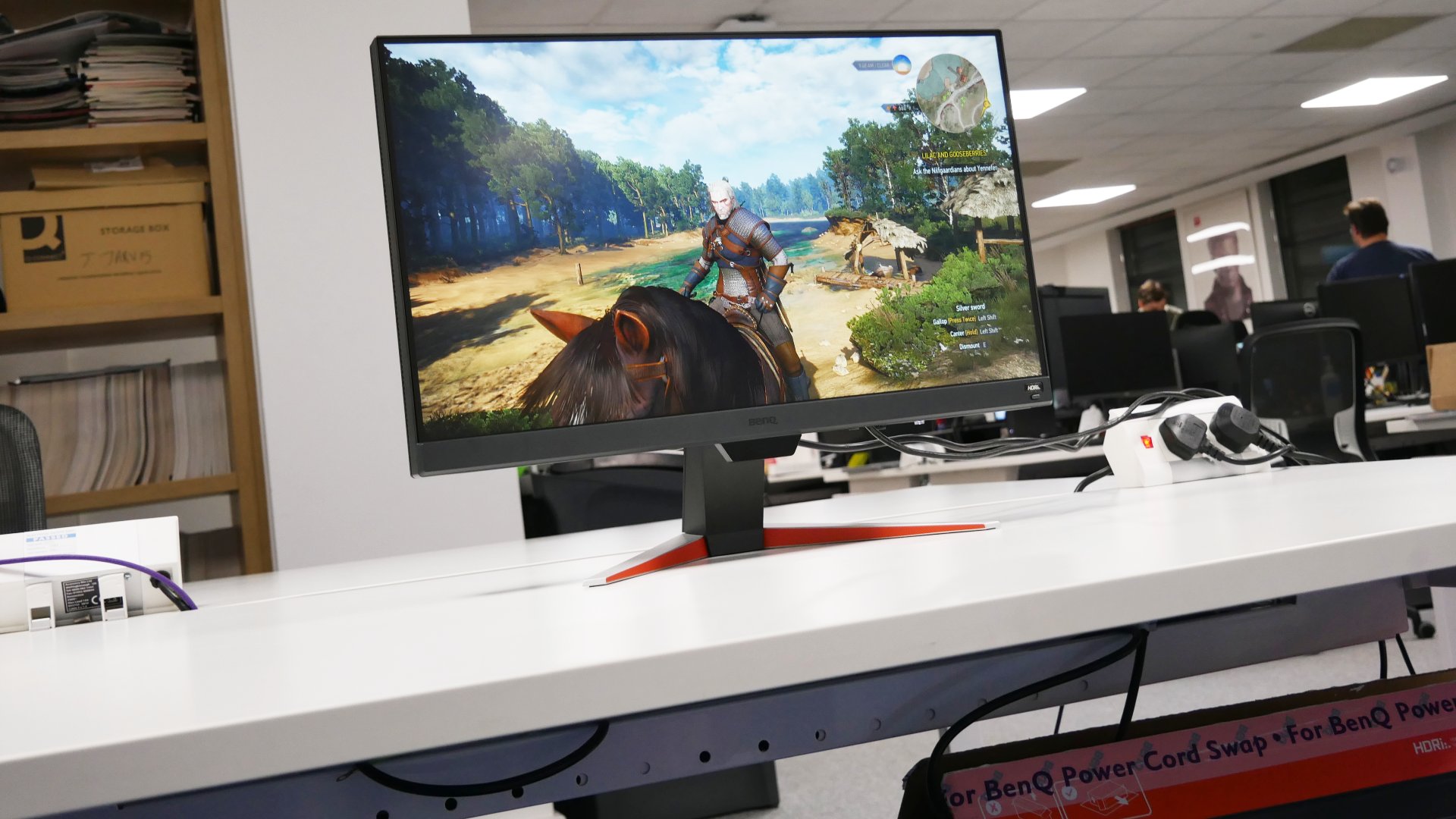
The cheaper of two superficially similar monitor models, the BenQ Mobiuz EX240N looses a little too much in the transition from IPS to VA panel tech. The pixel response can be problematic, the HDR support is woeful and there's an overall lack of vibrancy and punch. Then there's the slightly fuzzy font rendering and maddening OSD menu. 165Hz refresh is undoubtedly impressive at this price point, but we'd spend that little but more on the non-"N" model.
PC Gamer score: 70%
For
- Very low price
- 165 refresh and good latency
- Doesn't look cheap
Against
- Mediocre response
- Not very bright
- Silly OSD menu and options
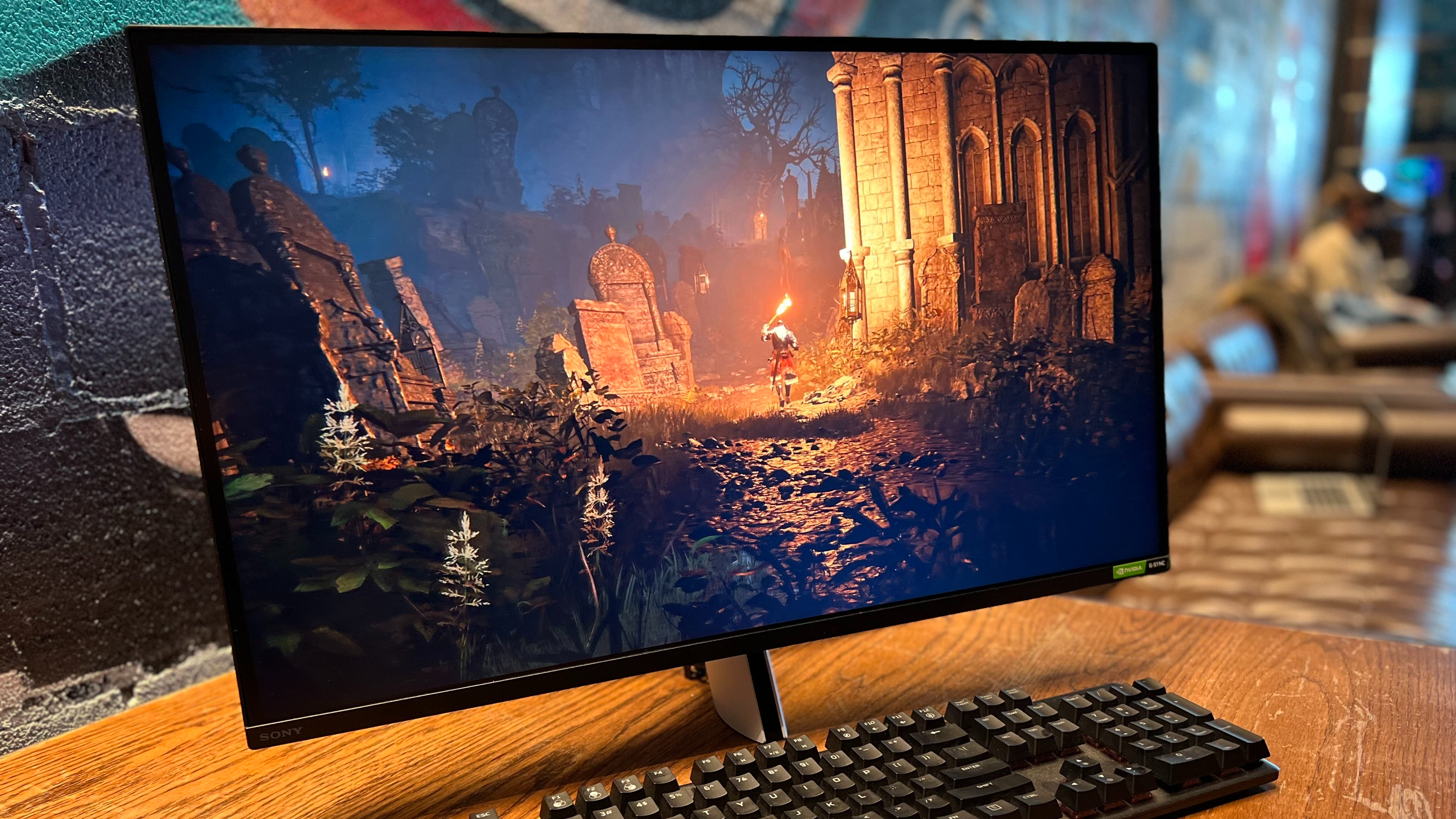
All in, the Inzone M9 is a hell of a gaming monitor, especially for Sony's first foray into PC gaming. I'm just as surprised as you are that the M9 easily competes with some of the best 4K monitors out there right now. It's loaded with a ton of gaming features and most importantly costs less than $1,000.
PC Gamer score: 87%
For
- Excellent contrast
- Exclusive PS5 features
- Great look
Against
- Limited mobility
- 2W speakers are weak
- PS5 features should be on PC too
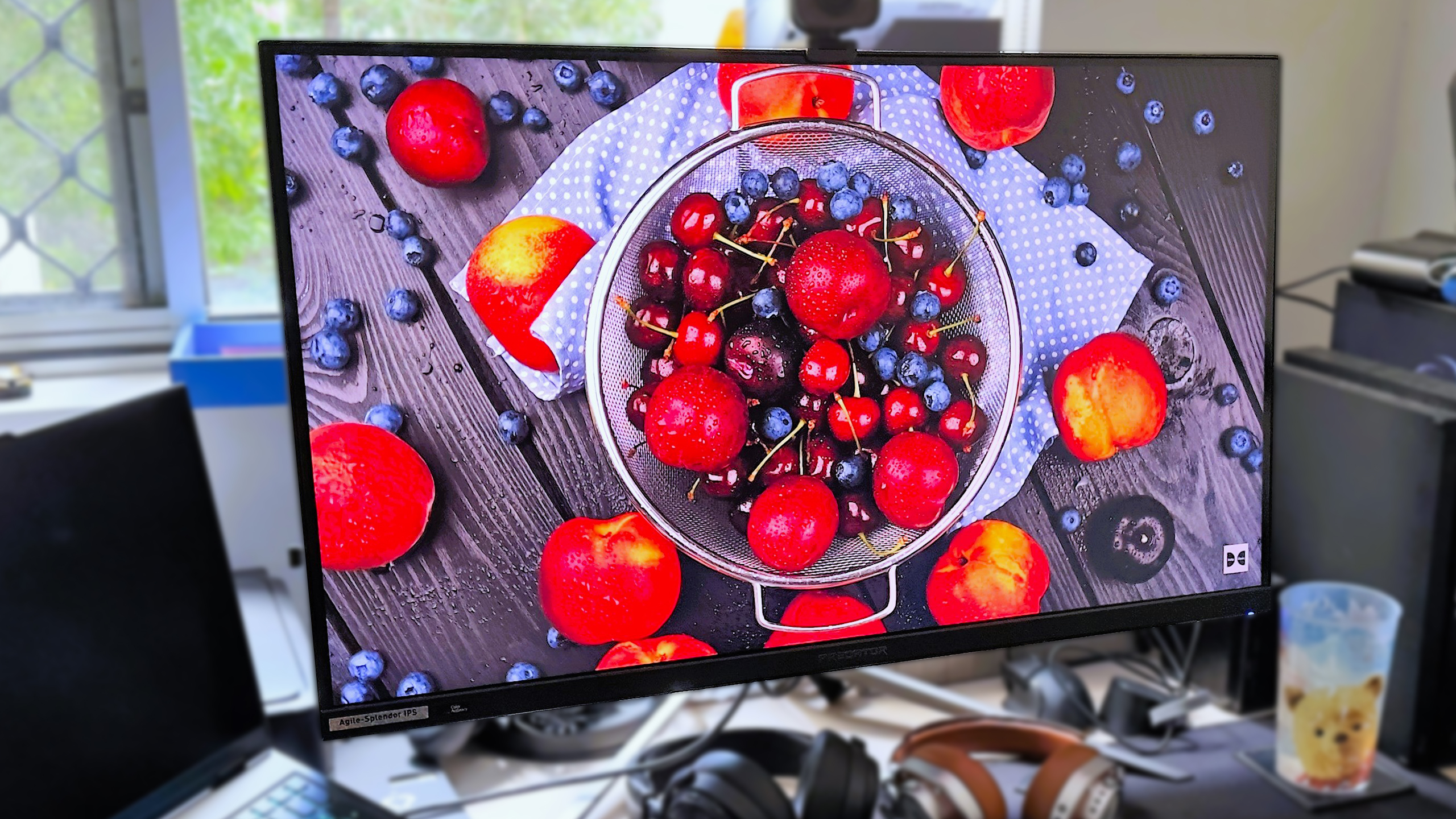
As a content creator and designer, I can appreciate the benefit of a monitor that I can also use for professional work but also get lost in the glorious world of Elden Ring. The Predator X32 FP makes a compelling case for Mini LED gaming monitors but it does so at a truly hefty price.
PC Gamer score: 79%
For
- Stunning HDR Gaming
- Four HDMI 2.1 with VRR
- Plenty of USB ports with KVM
- 90W USB Type-C PD
- FreeSync Premium Pro
Against
- So expensive
- Still some blooming
- Few local dimming zones

The MAG 274UPF is a good, safe 4K gaming monitor that doesn’t break the bank but it also doesn’t do anything we haven’t seen before.
PC Gamer score: 85%
For
- Excellent gaming performance
- Good color reproduction
- Surprisingly decent HDR
- Support for FreeSync and G-Sync
Against
- Ultimately doesn't do anything new
- Small for 4K
Best computer speakers | Best gaming headset | Best gaming laptop | Best wireless gaming headset | Best PC controller | Best capture card
How we test gaming monitors

How does PC Gamer test gaming monitors?
Like everything else we test, we live with a gaming monitor in the same way you would at home. We make sure to use it for day-to-day monitor-y tasks on your windows desktop—because your PC likely isn't just for gaming—and we, of course test it while gaming.
The Windows desktop will highlight any failings in factory calibration, and show up any issues with font scaling, too. It is also a good way to test the vagaries of whatever backlighting tech a panel is employing. Using a dark background and a light browser or Explorer window (or the other way around) is great for highlighting what a screen's backlight will do as the level of brightness is demanded by what's on the display.
It's a good way to check out any auto brightness limiting (ABL) functions on a modern OLED display, too.
Using fast-paced shooters is a great way to test out the response of a given gaming monitor, and then the neon-dripping world of Cyberpunk 2077 makes for an excellent HDR tester.
We also go through a series of experiential tests to highlight any ghosting, backlighting issues, or general smeariness or blurring of images. We find it too easy to get lost in the weeds of specific panel benchmarks and miss more obvious problems that might crop up during day-to-day gaming use.
So, we put more weight on what it's like to actually use a gaming monitor than what the specs might say.
Where to buy a gaming monitor
Where are the best gaming monitor deals in Australia?
Amazon - Big discounts on popular gaming monitors
MWave- Regular offers on big name gaming brands
eBay - Secondhand or new, eBay also offers regular vouchers
Microsoft - Microsoft gear, but also other brands including Razer
Dell - Bargain-happy brand often offers discounts on monitors
Best gaming monitor FAQ
Should I go for an IPS, TN or VA panel?
We would always recommend an IPS panel over TN. The clarity of image, viewing angle, and color reproduction are far superior to the cheaper technology, but you'll often find a faster TN for cheaper. The other alternative, less expensive than IPS and better than TN, is VA tech. The colors aren't quite so hot, but the contrast performance is impressive.
Should I go for a FreeSync or G-Sync monitor?
In general, FreeSync monitors will be cheaper. It used to be the case that they would only work in combination with an AMD GPU. The same went for G-Sync monitors and Nvidia GPUs. Nowadays, though, it is possible to find G-Sync compatible FreeSync monitors if you're intent on spending less.
Should I buy a HDR monitor?
With a High Dynamic Range monitor, you can take advantage of the ever-growing list of games and apps that feature HDR support. It offers more vibrant colors and greater contrast but is going to drive up the price a little. Windows' native HDR function also leaves a lot to be desired, and you may find you have to fiddle in the settings to get HDR looking like it should.
What aspect ratio should I go for?
Today's movies and games are best enjoyed in a widescreen format at a 16:9 aspect ratio or above. In 4:3, those cinematic moments will look stunted with black strips along the top and bottom. There are a host of minute variations on each ratio, but at the end of the day choosing between these depends entirely on your personal preference.
And the very far-out option, if you have a little extra cash to blow, is ultra-wide aspect ratios like 21:9 and 32:9 and their variants. These will provide a much more immersive, encompassing experience. Or literally, encompass yourself with a curved monitor, up to you.
Jargon buster - gaming monitor terminology
Refresh Rate (Hz)
The speed at which the screen refreshes. For example, 144Hz means the display refreshes 144 times a second. The higher the number, the smoother the screen will appear when you play games.
V-Sync
Graphics tech synchronizes a game's framerate with your monitor's refresh rate to help prevent screen tearing by syncing your GPU frame rate to the display's maximum refresh rate. Turn V-Sync on in your games for a smoother experience, but you'll lose information, so turn it off for fast-paced shooters (and live with the tearing). Useful if you have an older model display that can't keep up with a new GPU.
G-Sync
Nvidia's frame synching tech that works with Nvidia GPUs. It basically allows the monitor to sync up with the GPU. It does by showing a new frame as soon as the GPU has one ready.
FreeSync
AMD's take on frame synching uses a similar technique as G-Sync, with the biggest difference being that it uses DisplayPort's Adaptive-Sync technology which doesn't cost monitor manufacturers anything.
Ghosting
When movement on your display leaves behind a trail of pixels when watching a movie or playing a game, this is often a result of a monitor having slow response times.
Response Time
The amount of time it takes a pixel to transition to a new color and back. Often referenced as G2G or Grey-to-Grey. Slow response times can lead to ghosting. A suitable range for a gaming monitor is between 1-4 milliseconds.
TN Panels
Twisted-nematic is the most common (and cheapest) gaming panel. TN panels tend to have poorer viewing angles and color reproduction but have higher refresh rates and response times.
IPS
In-plane switching, panels offer the best contrast and color despite having weaker blacks. IPS panels tend to be more expensive and have higher response times.
VA
Vertical Alignment panels provide good viewing angles and have better contrast than even IPS but are still slower than TN panels. They are often a compromise between a TN and IPS panel.
HDR
High Dynamic Range. HDR provides a wider color range than normal SDR panels and offers increased brightness. The result is more vivid colors, deeper blacks, and a brighter picture.
Peak Brightness
This refers to the maximum brightness of a monitor or television and is measured in nits.
Ultrawide
Shorthand for monitors with aspect wider aspect ratios like 32:9 or 21:9
Resolution
The number of pixels that make up a monitor's display, measured by height and width. For example: 1920 x 1080 (aka 1080p), 2560 x 1440 (2K), and 3840 x 2160 (4K).
The biggest gaming news, reviews and hardware deals
Keep up to date with the most important stories and the best deals, as picked by the PC Gamer team.

Dave has been gaming since the days of Zaxxon and Lady Bug on the Colecovision, and code books for the Commodore Vic 20 (Death Race 2000!). He built his first gaming PC at the tender age of 16, and finally finished bug-fixing the Cyrix-based system around a year later. When he dropped it out of the window. He first started writing for Official PlayStation Magazine and Xbox World many decades ago, then moved onto PC Format full-time, then PC Gamer, TechRadar, and T3 among others. Now he's back, writing about the nightmarish graphics card market, CPUs with more cores than sense, gaming laptops hotter than the sun, and SSDs more capacious than a Cybertruck.
- Jorge JimenezHardware writer, Human Pop-Tart
- Jeremy LairdHardware writer
- Jacob RidleyManaging Editor, Hardware
- Kizito Katawonga
- Shaun PrescottAustralian Editor
- Phil Iwaniuk

